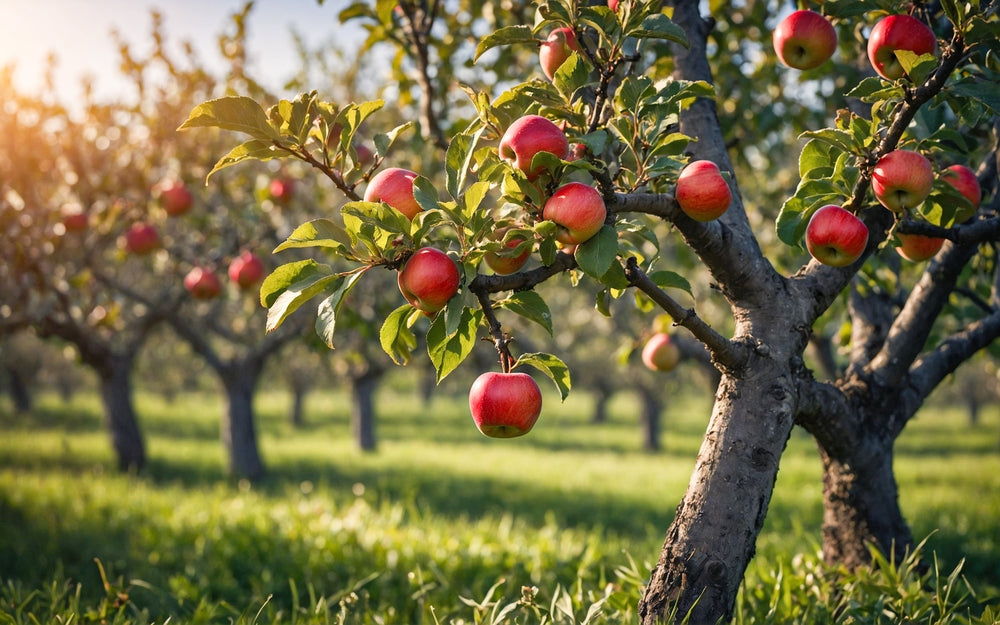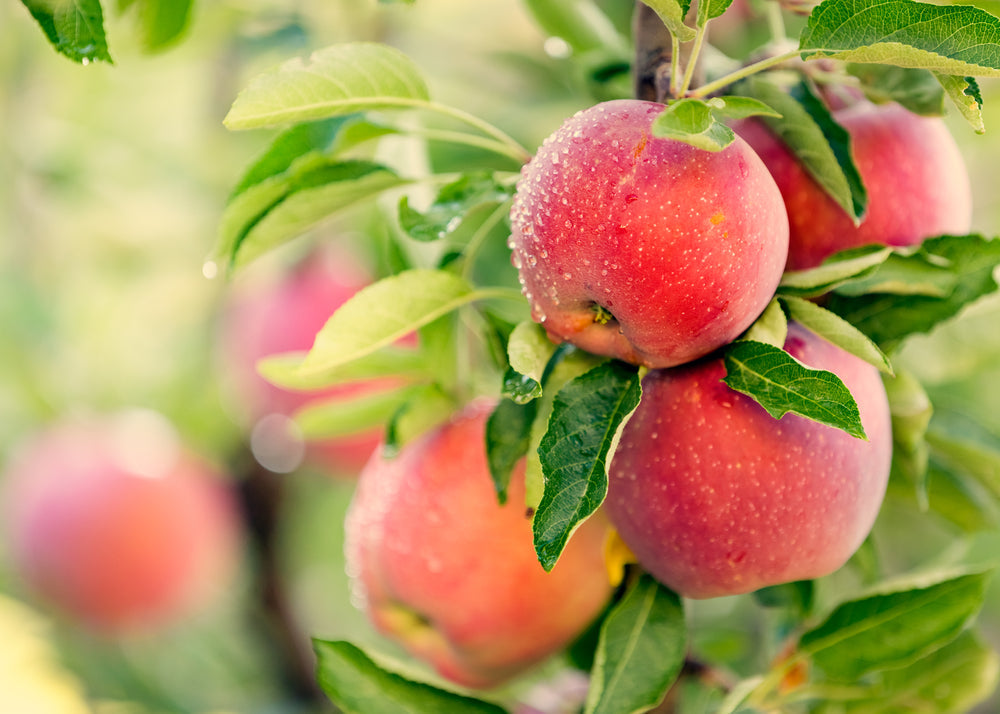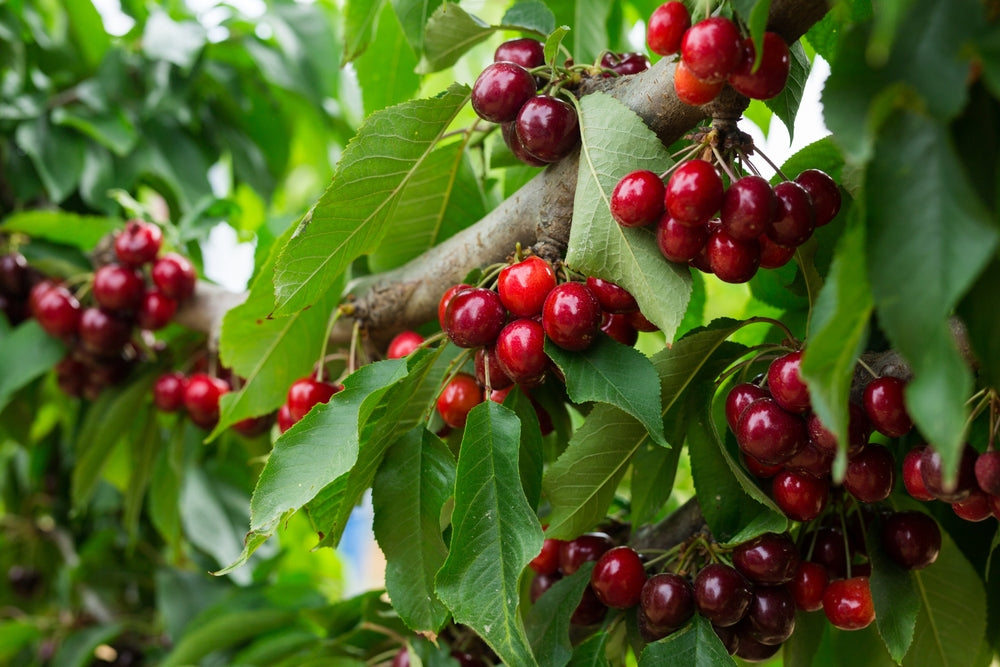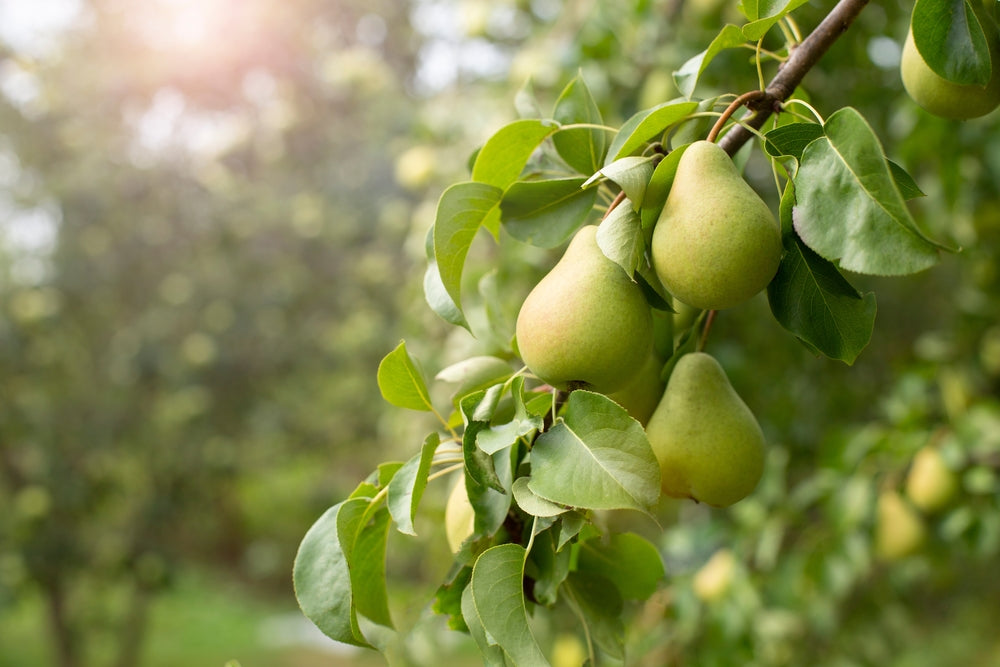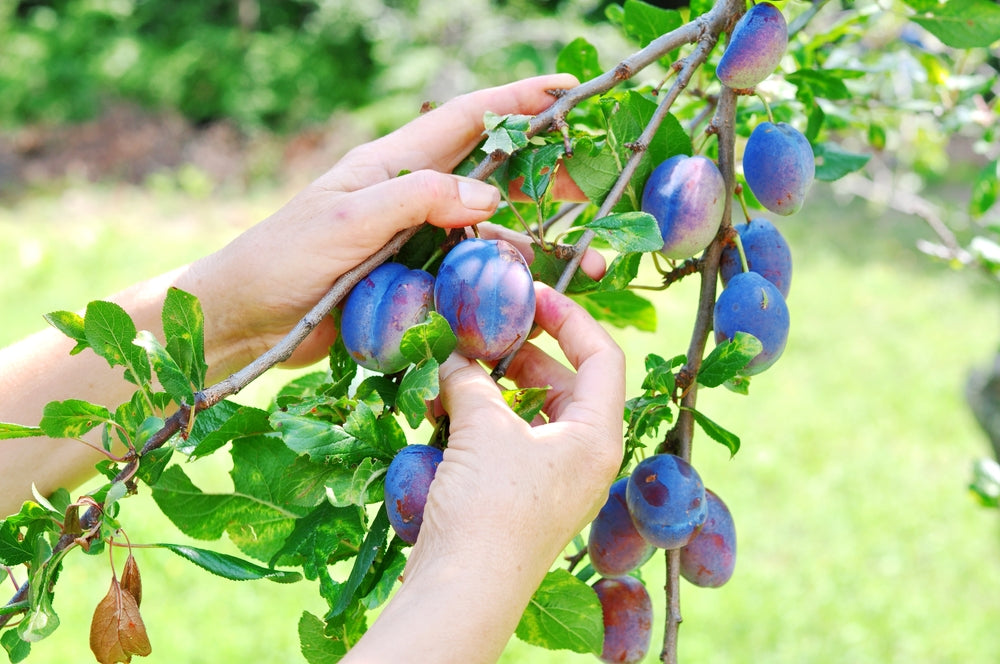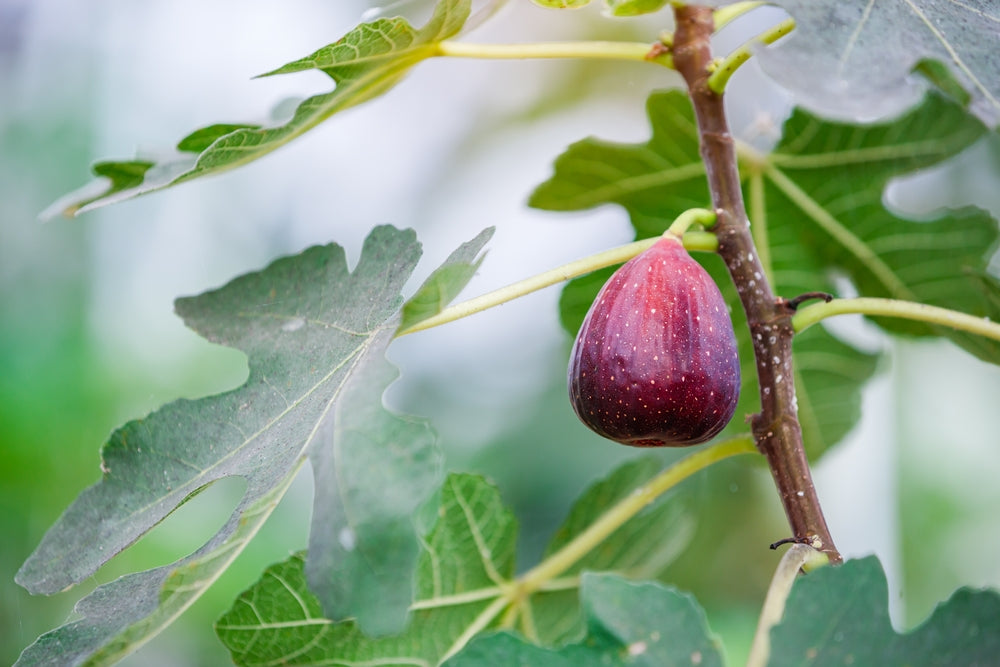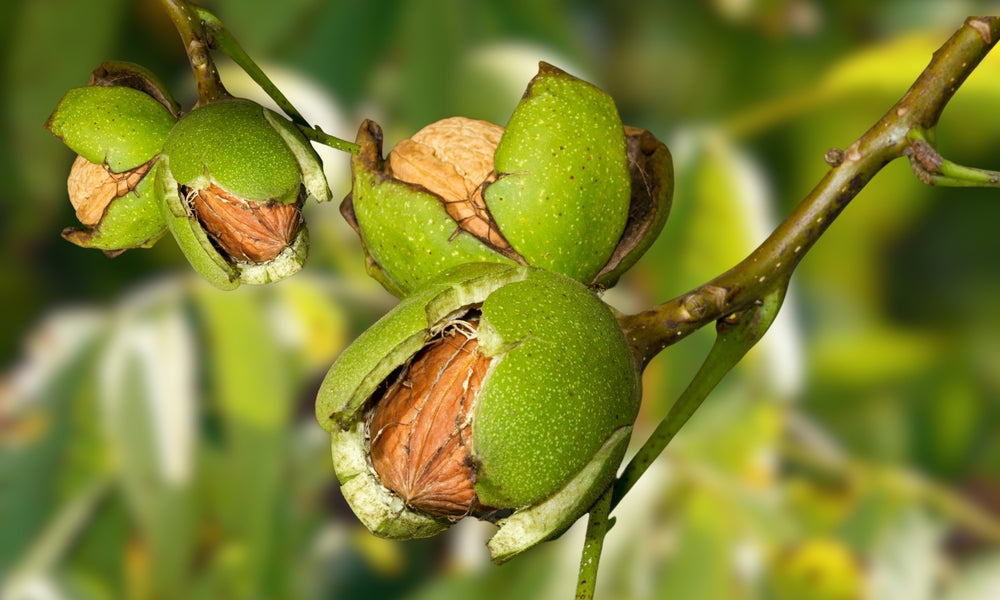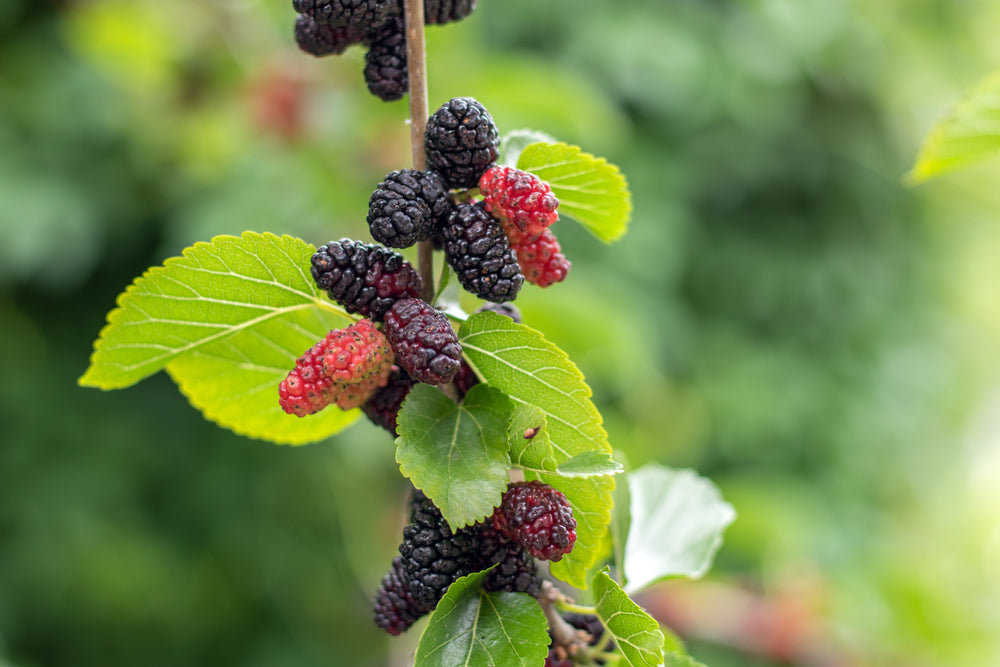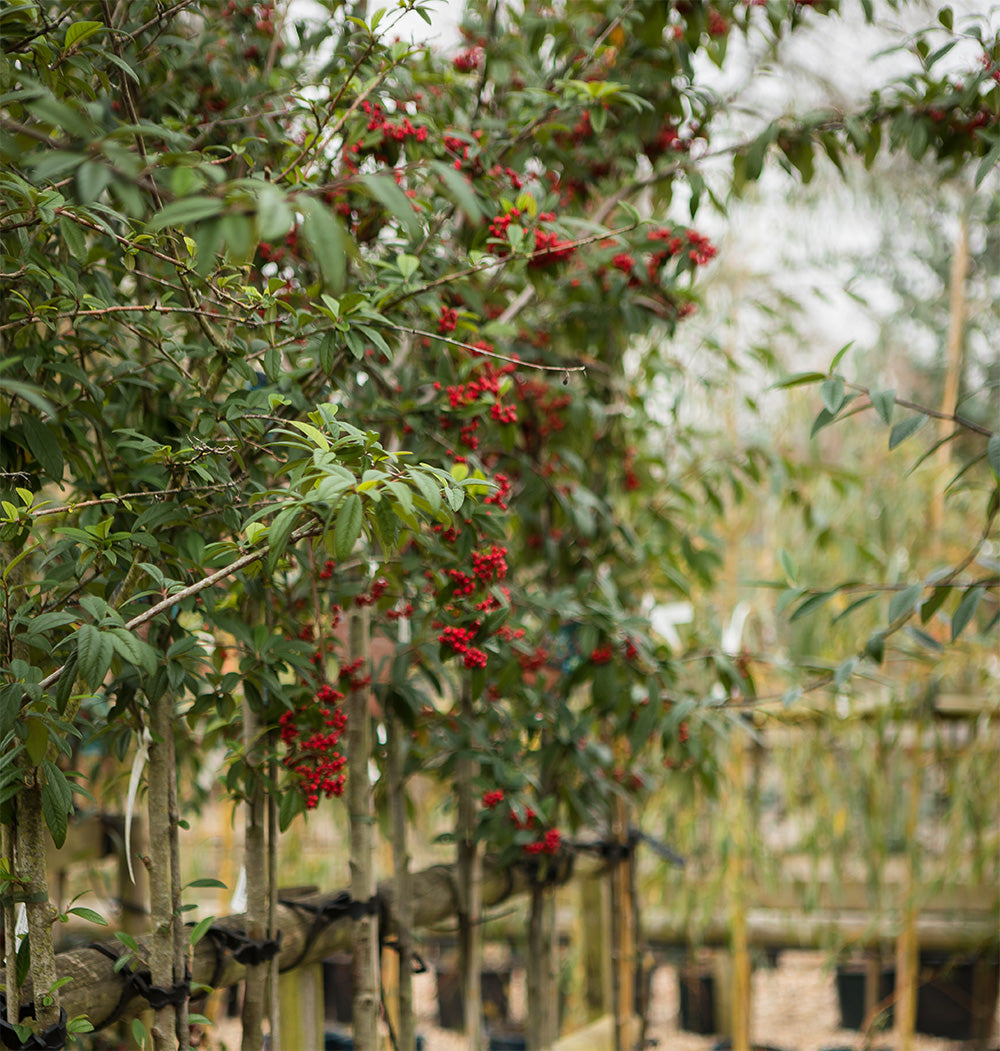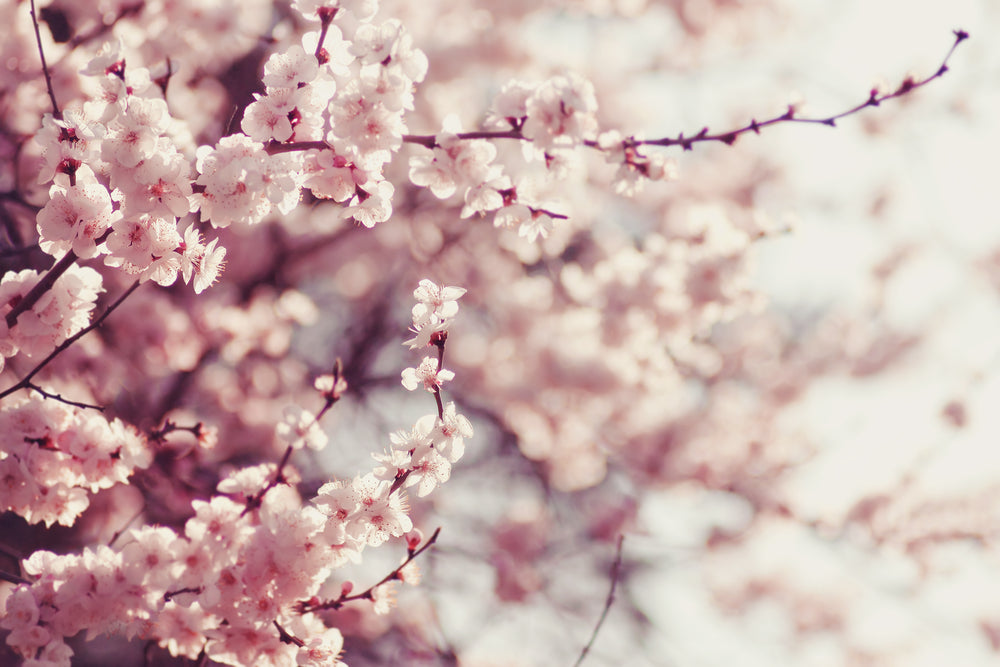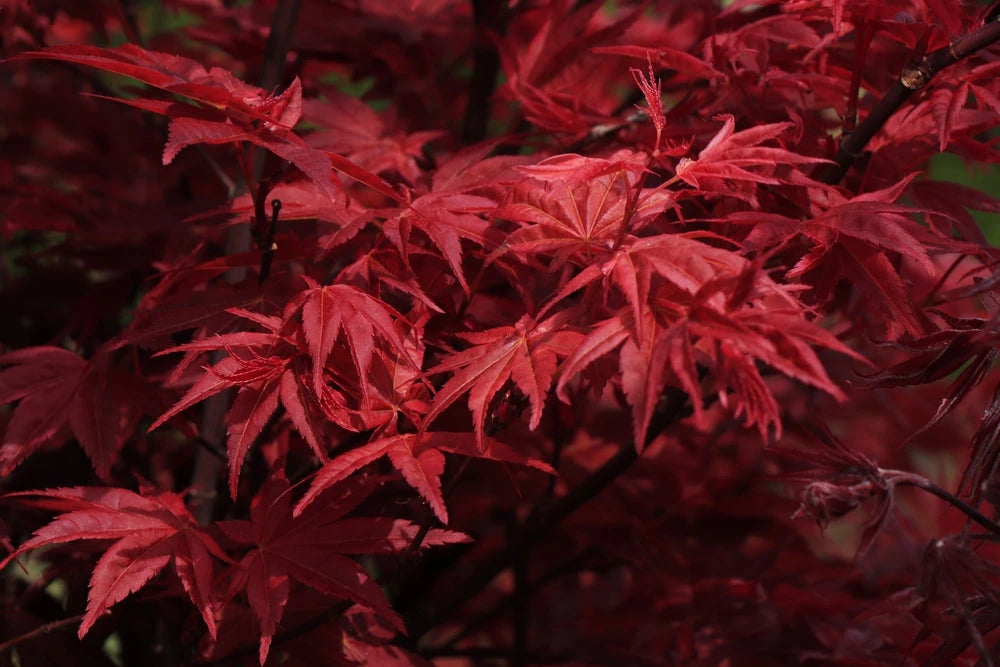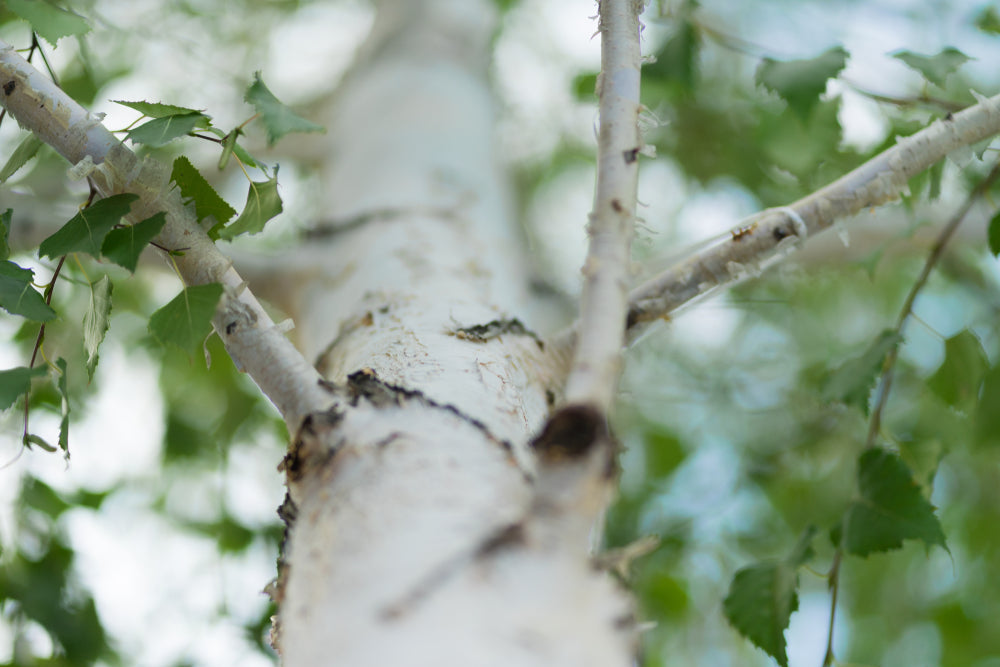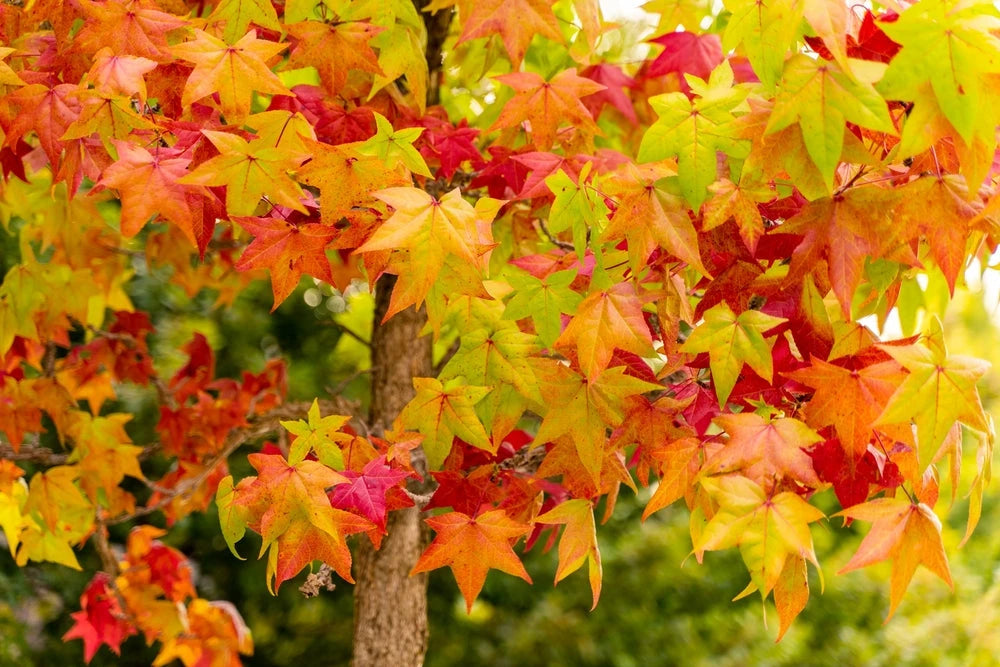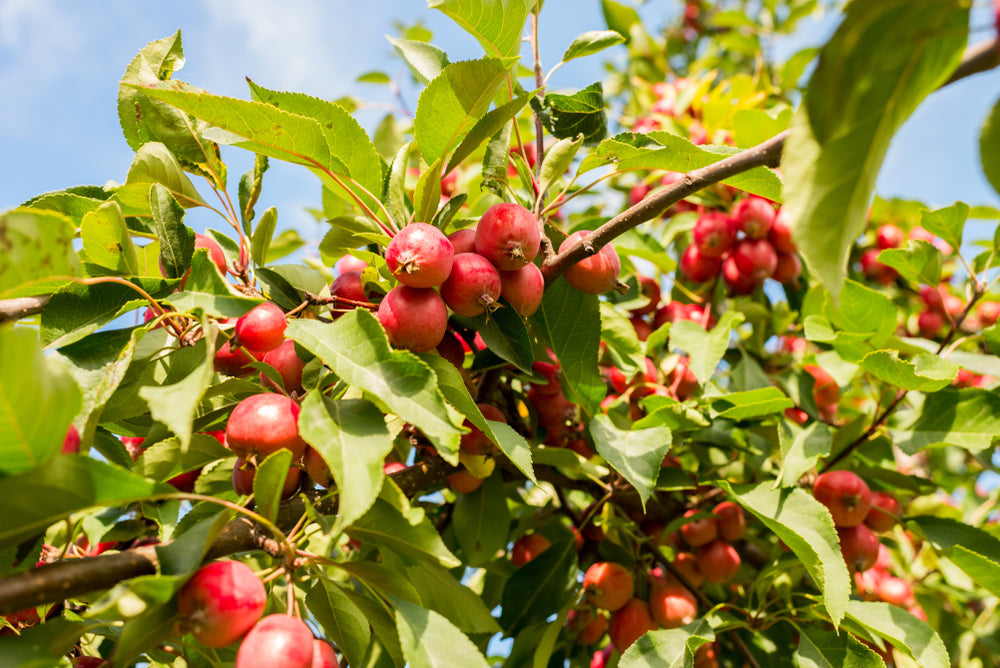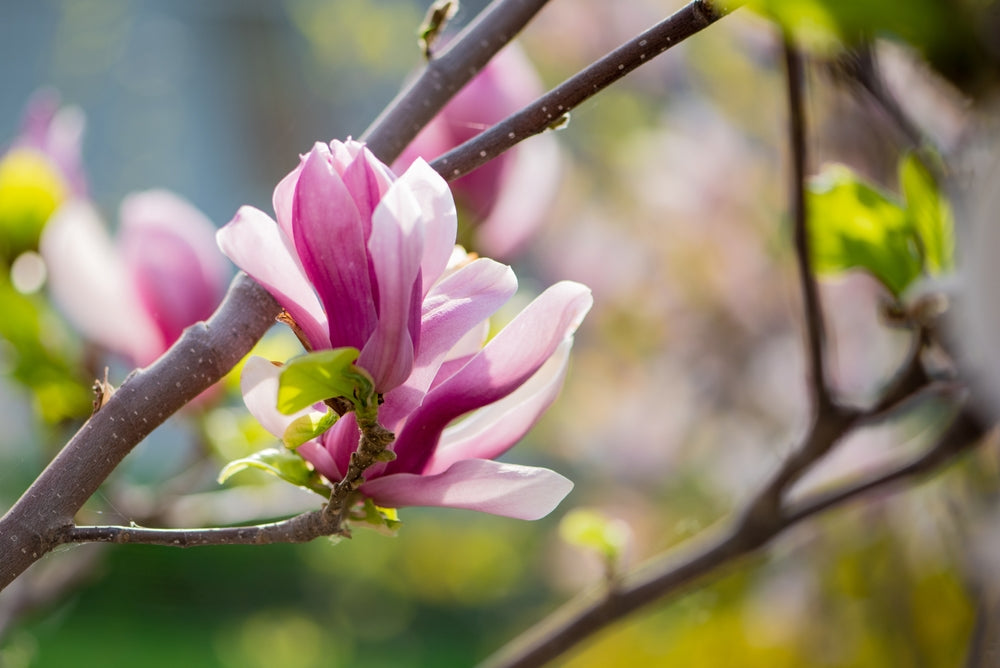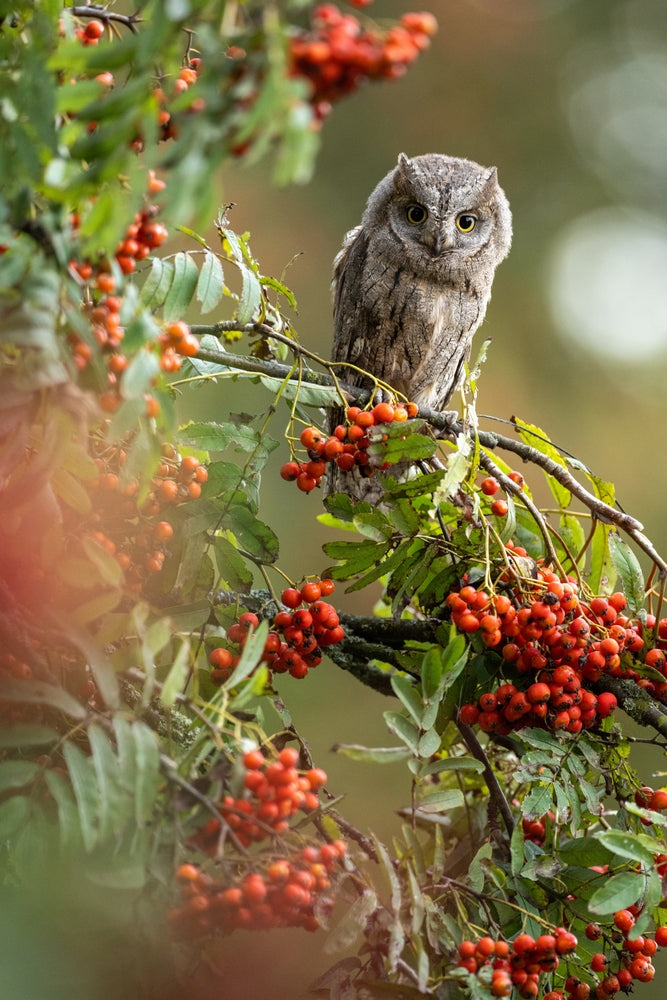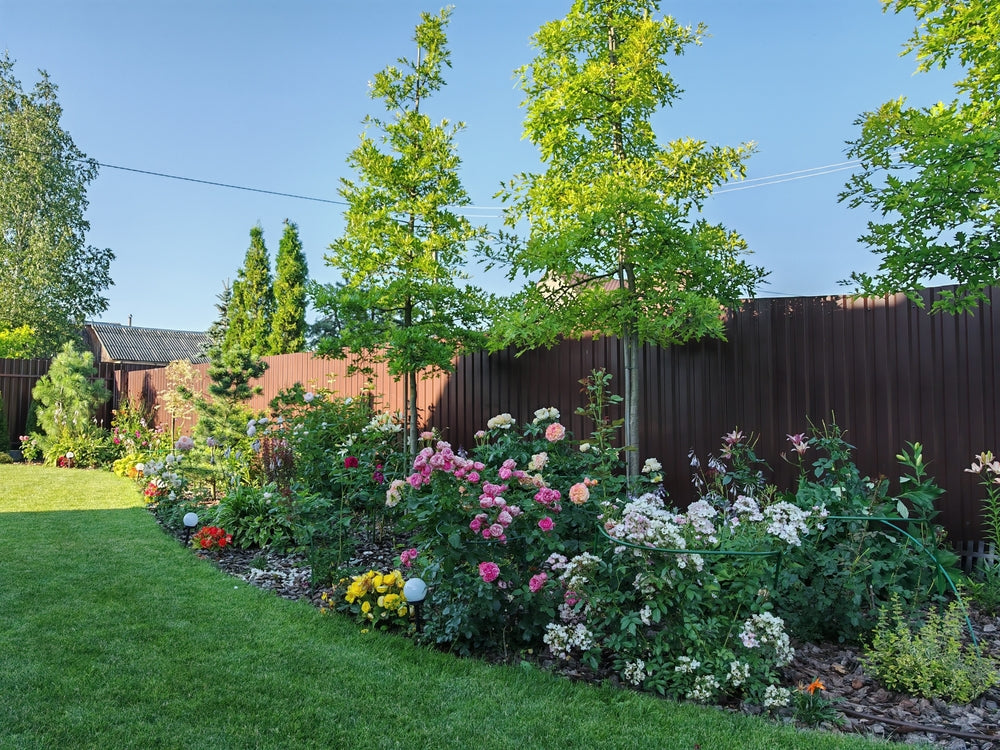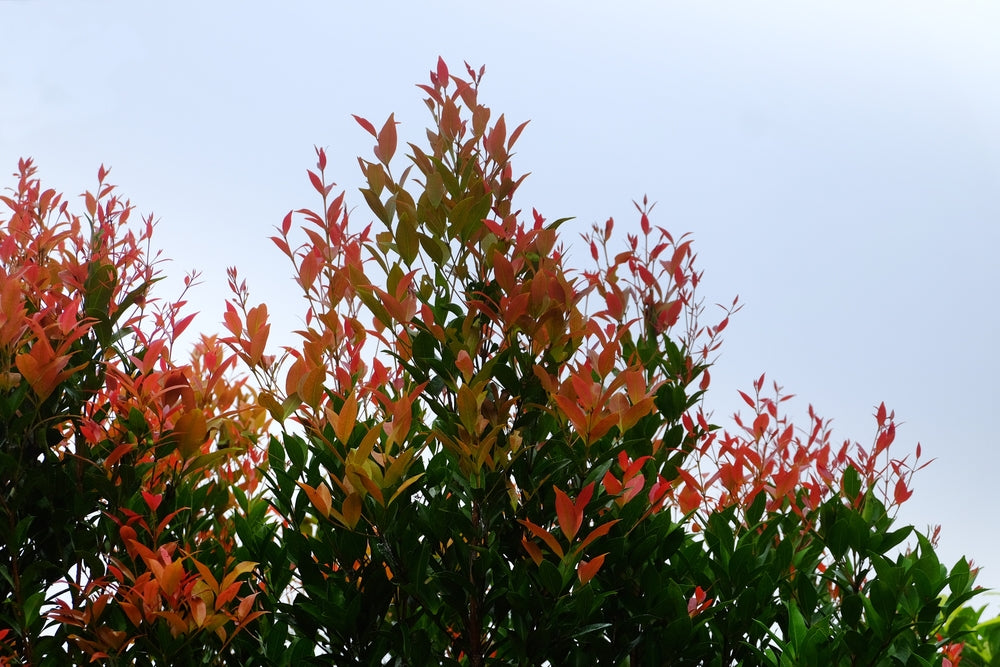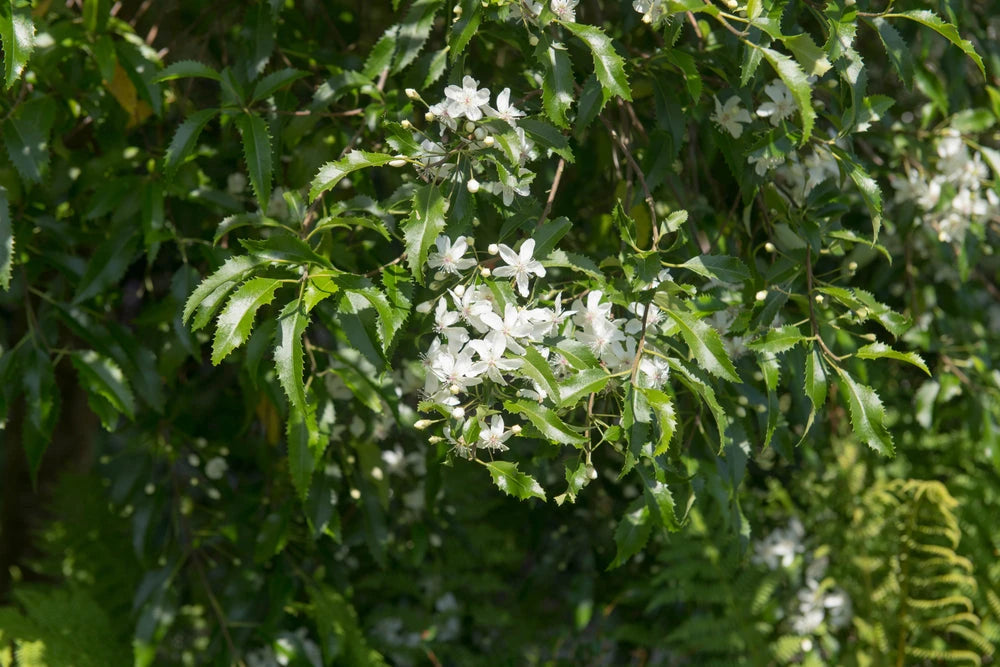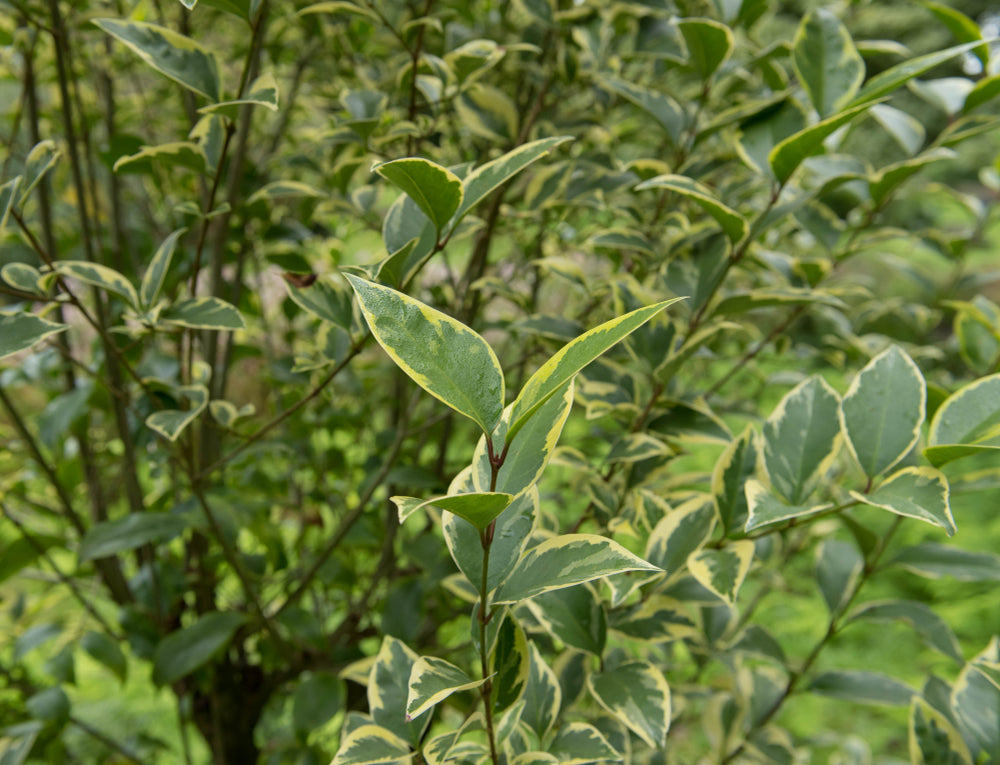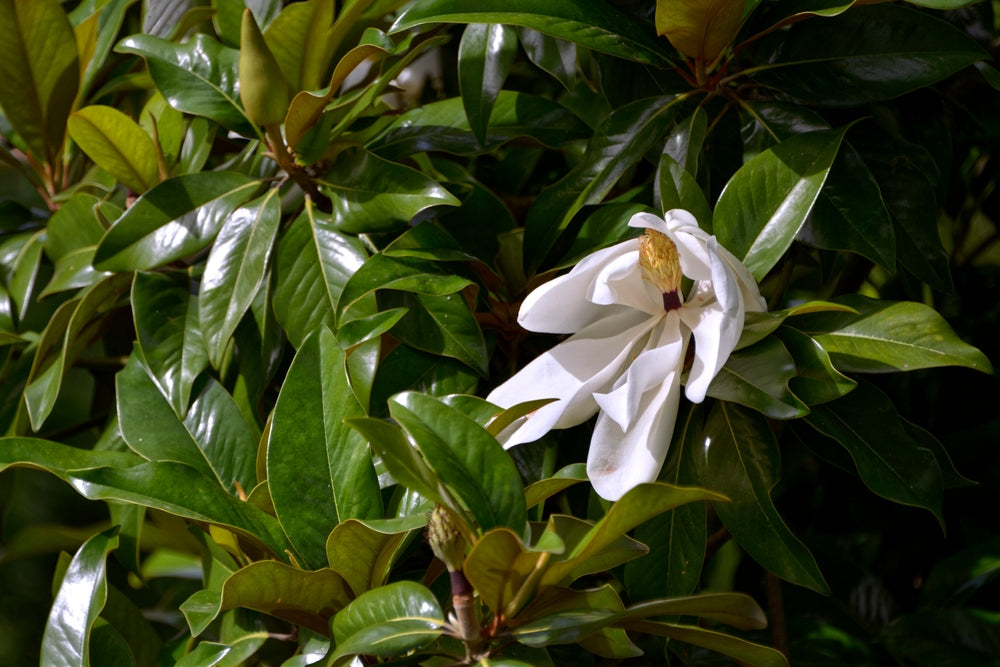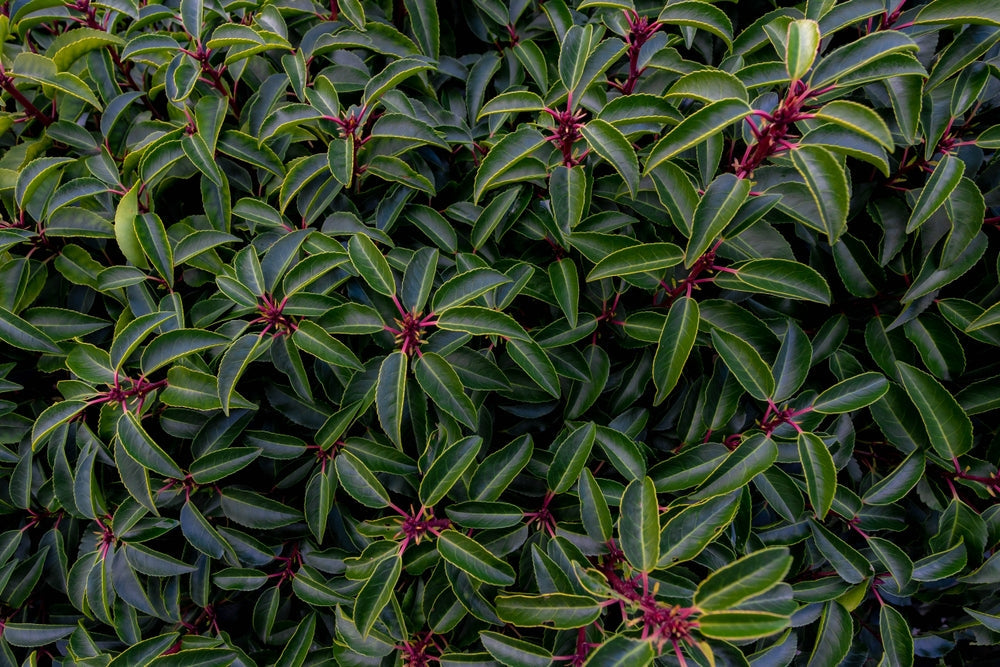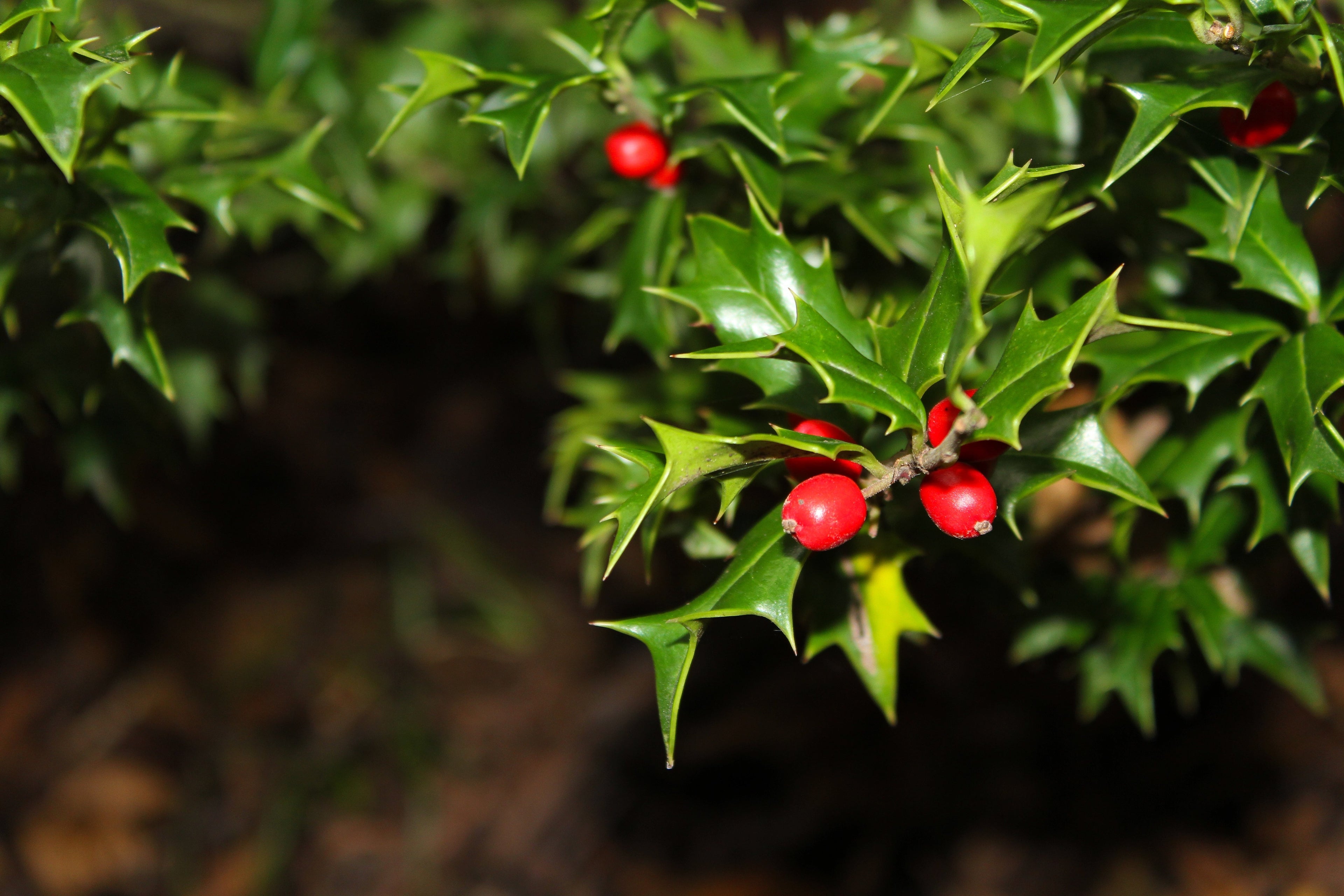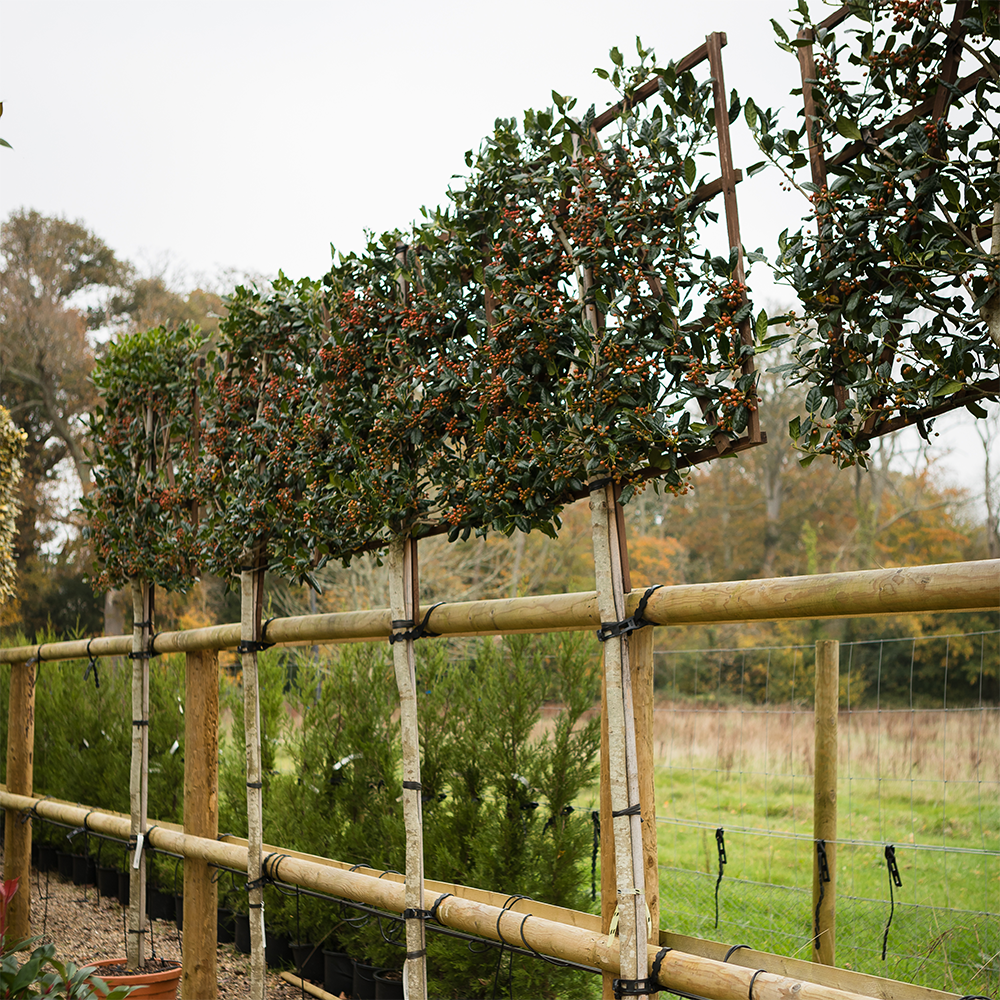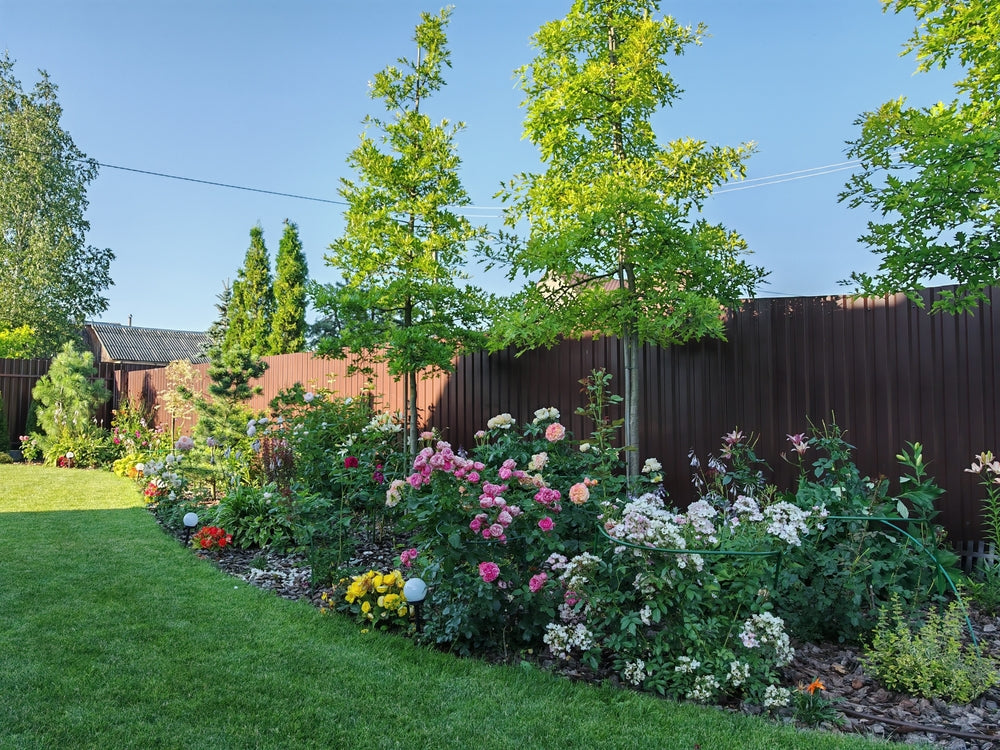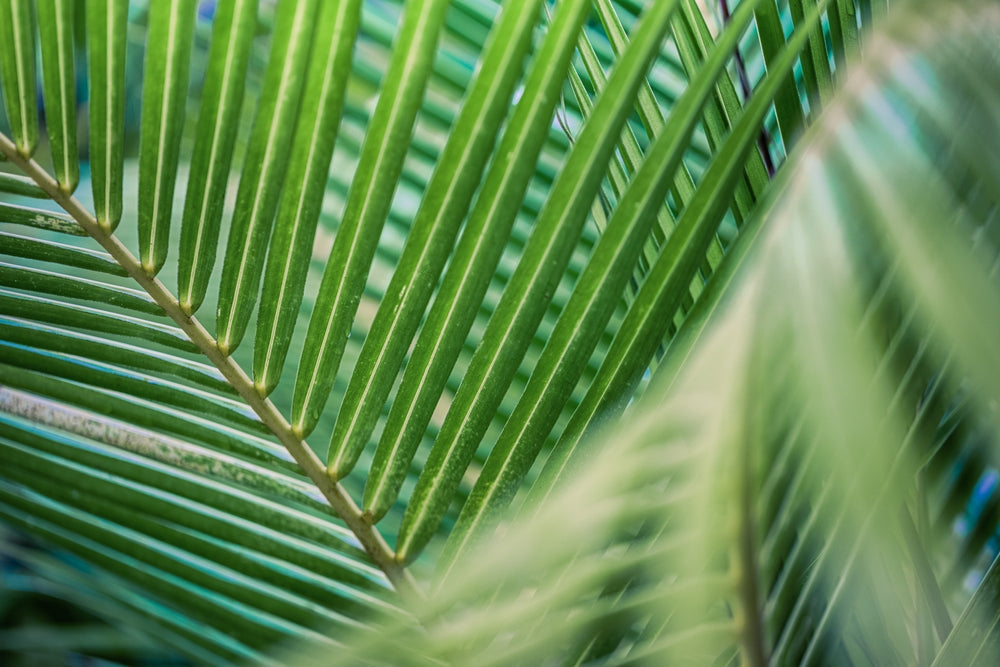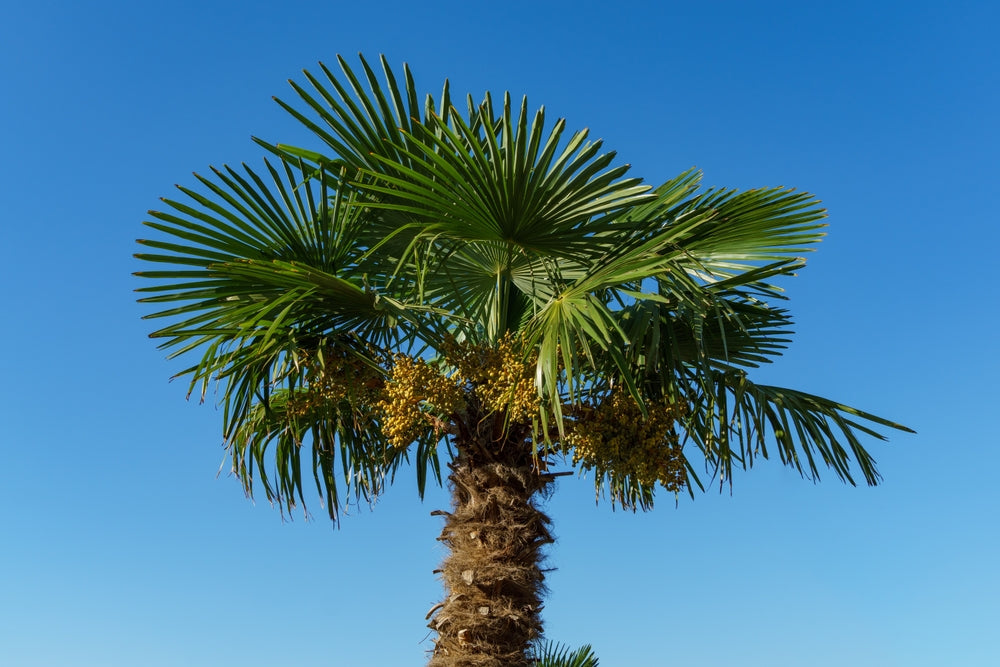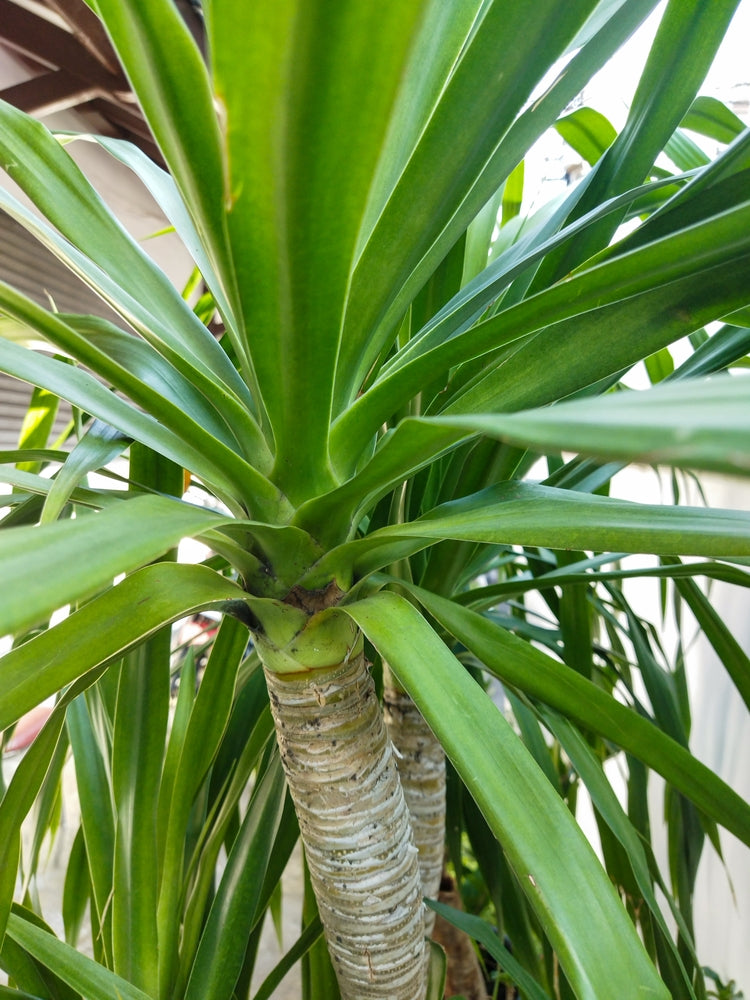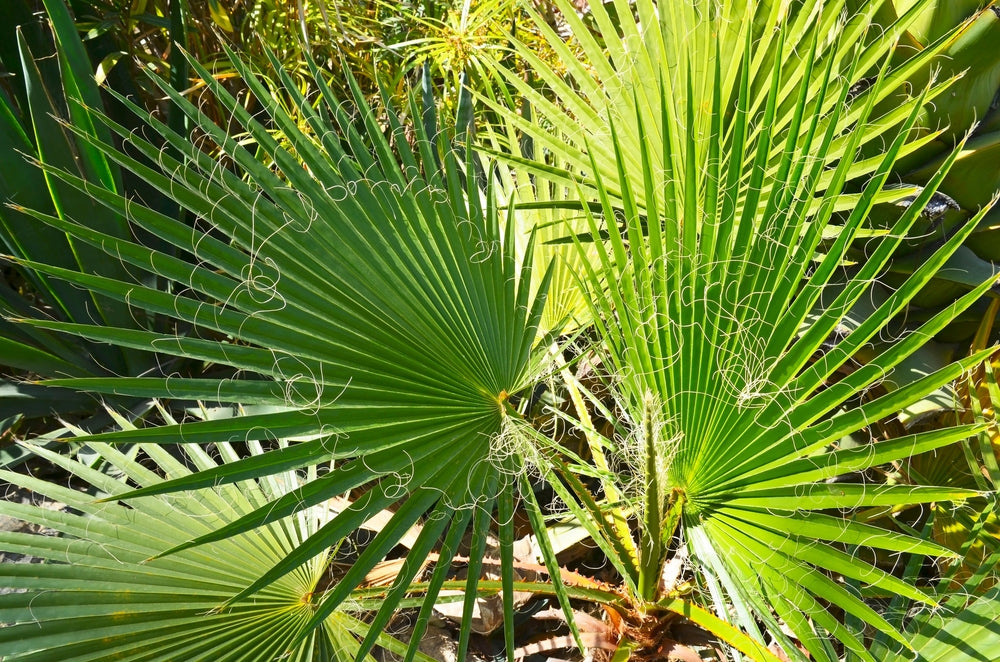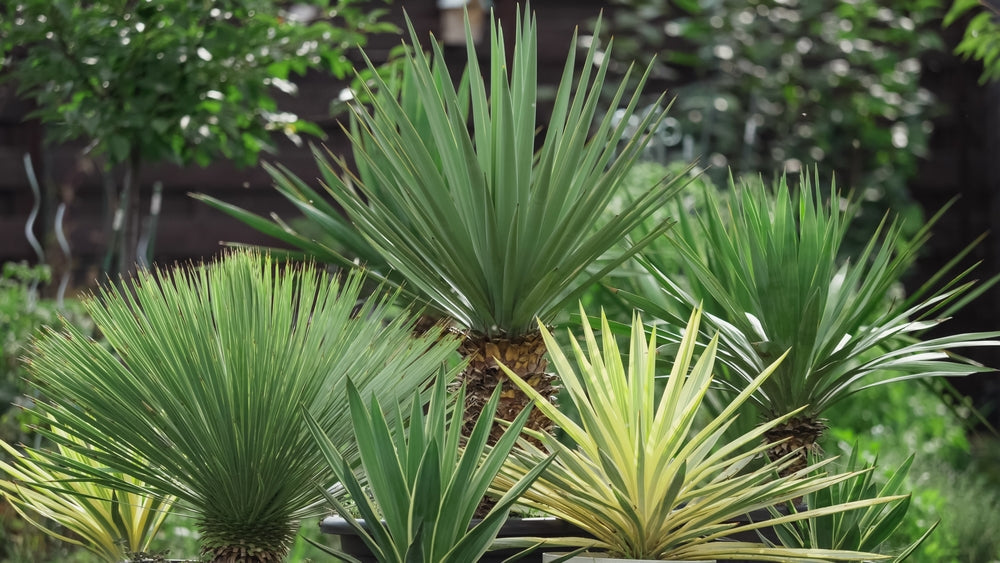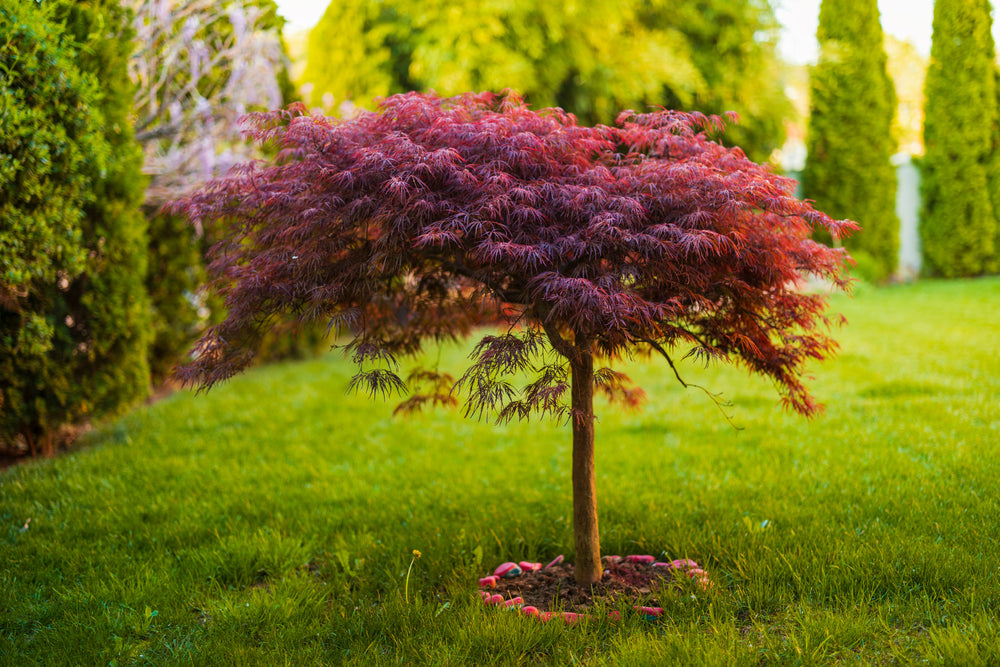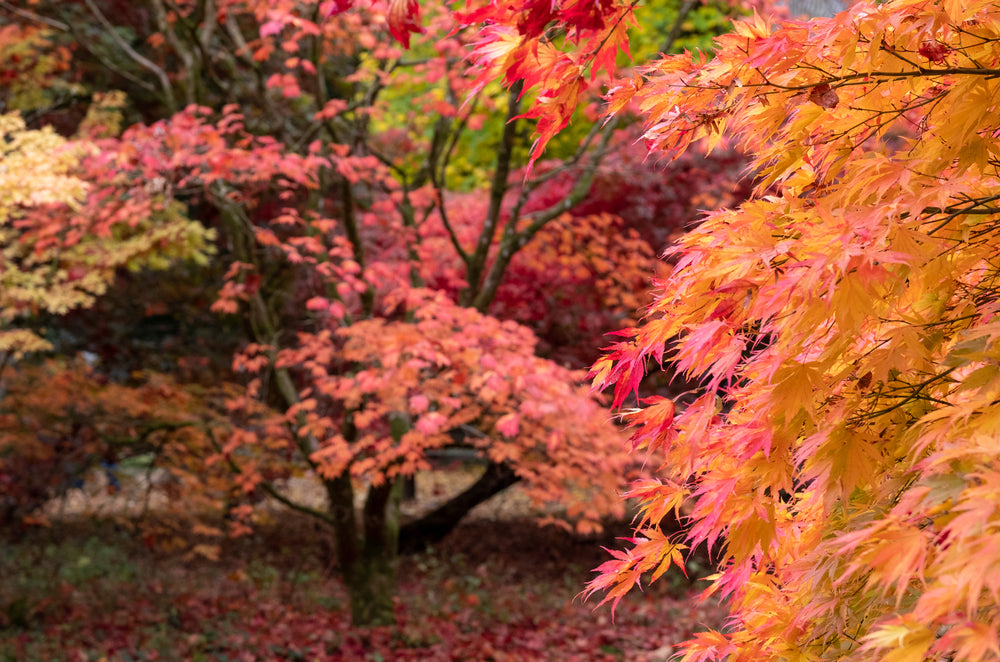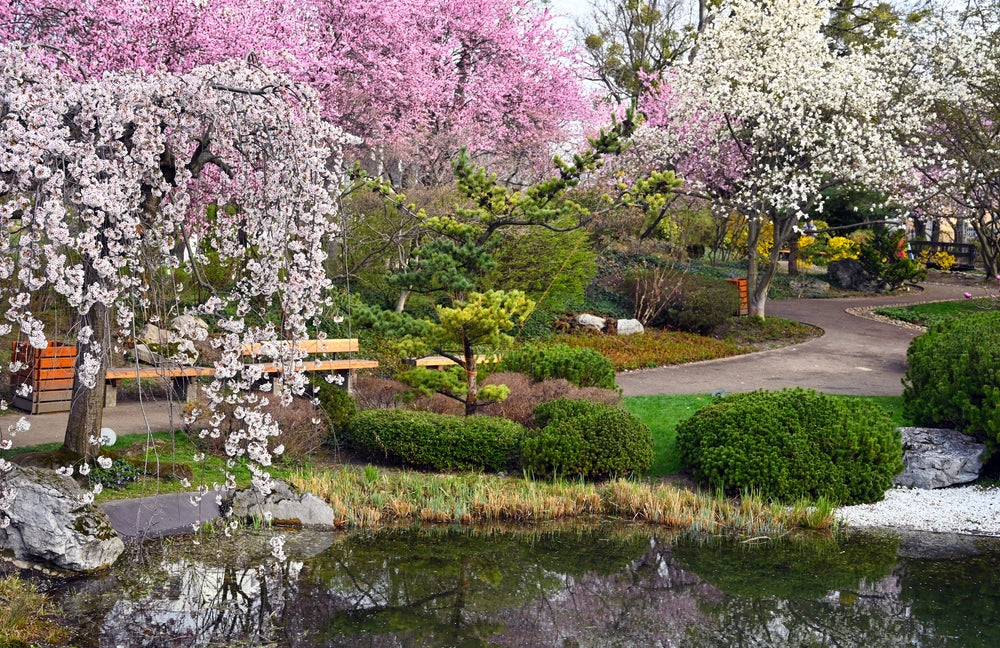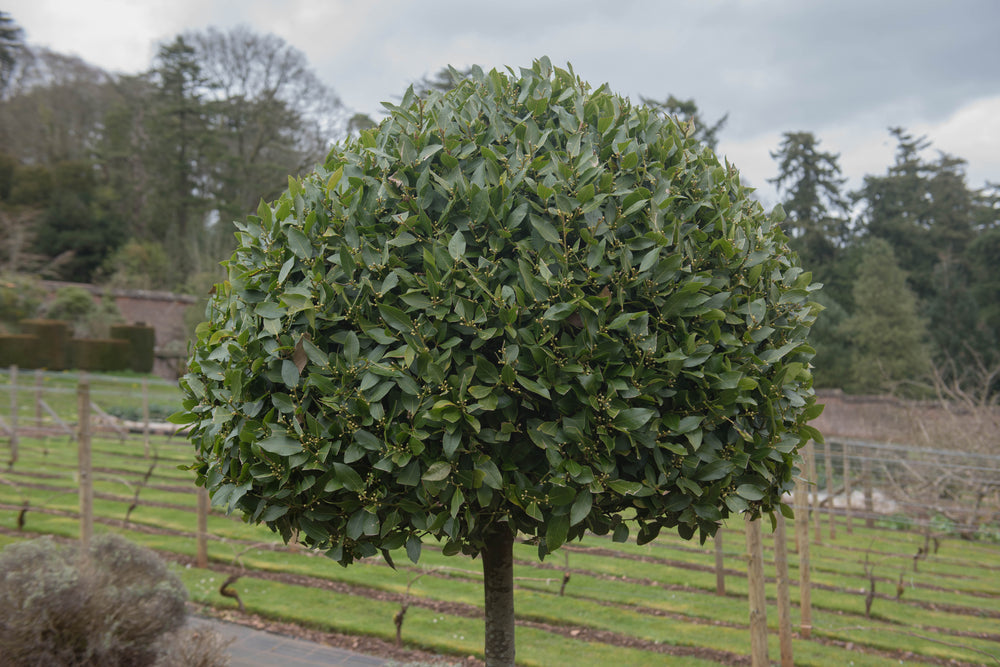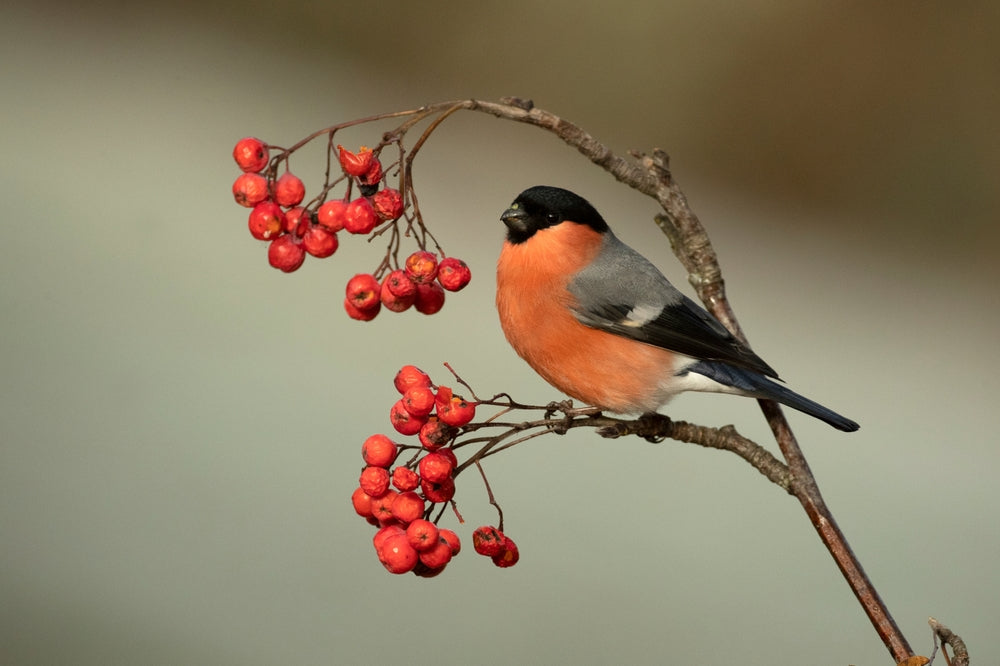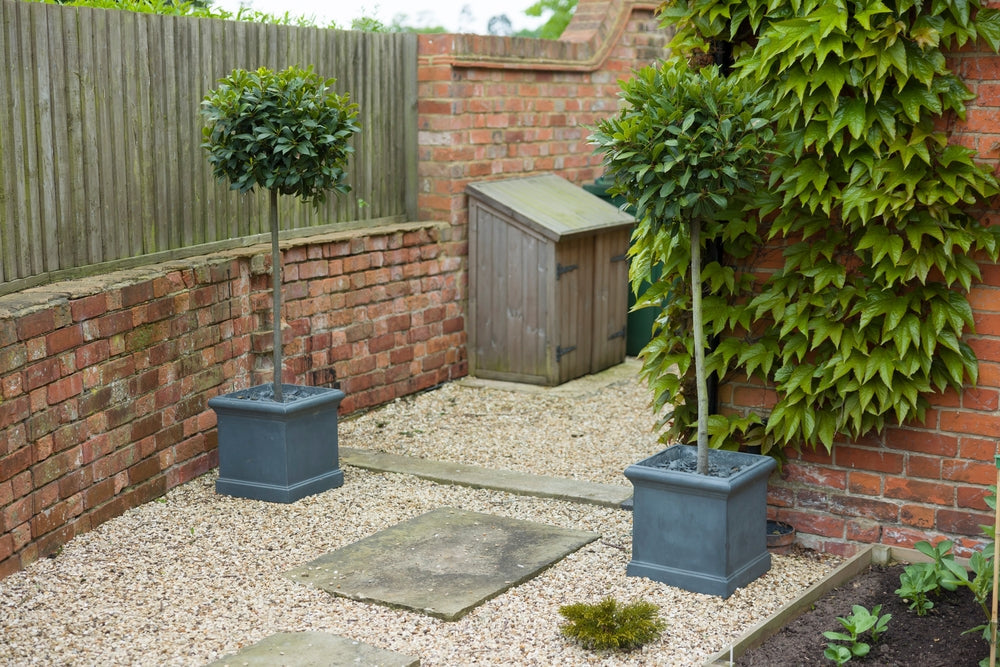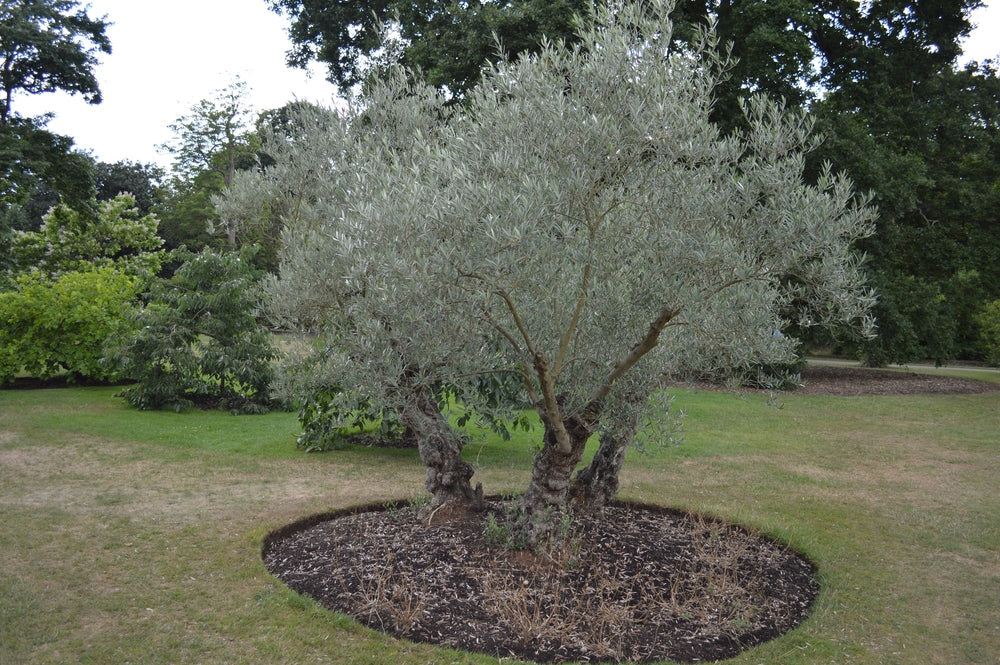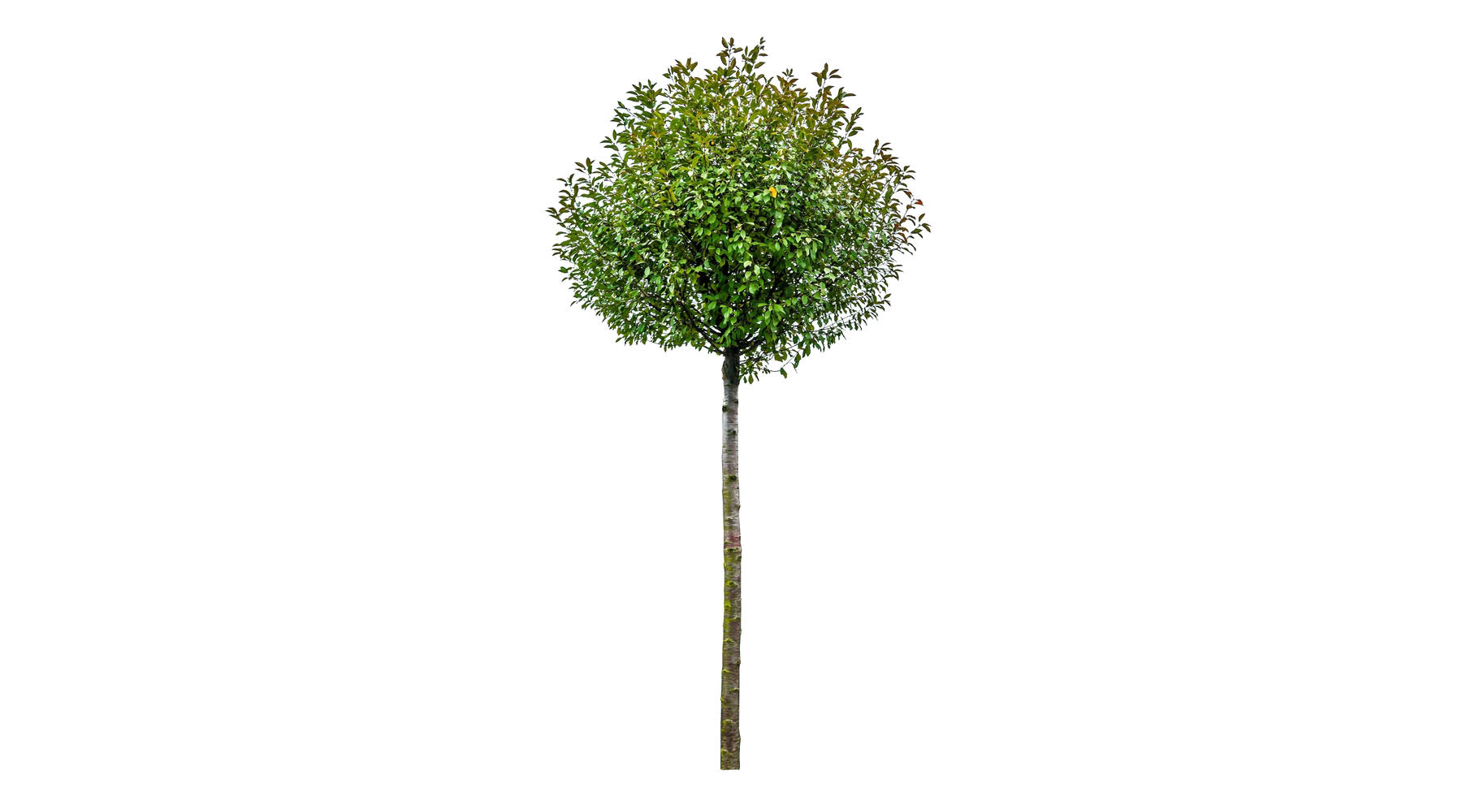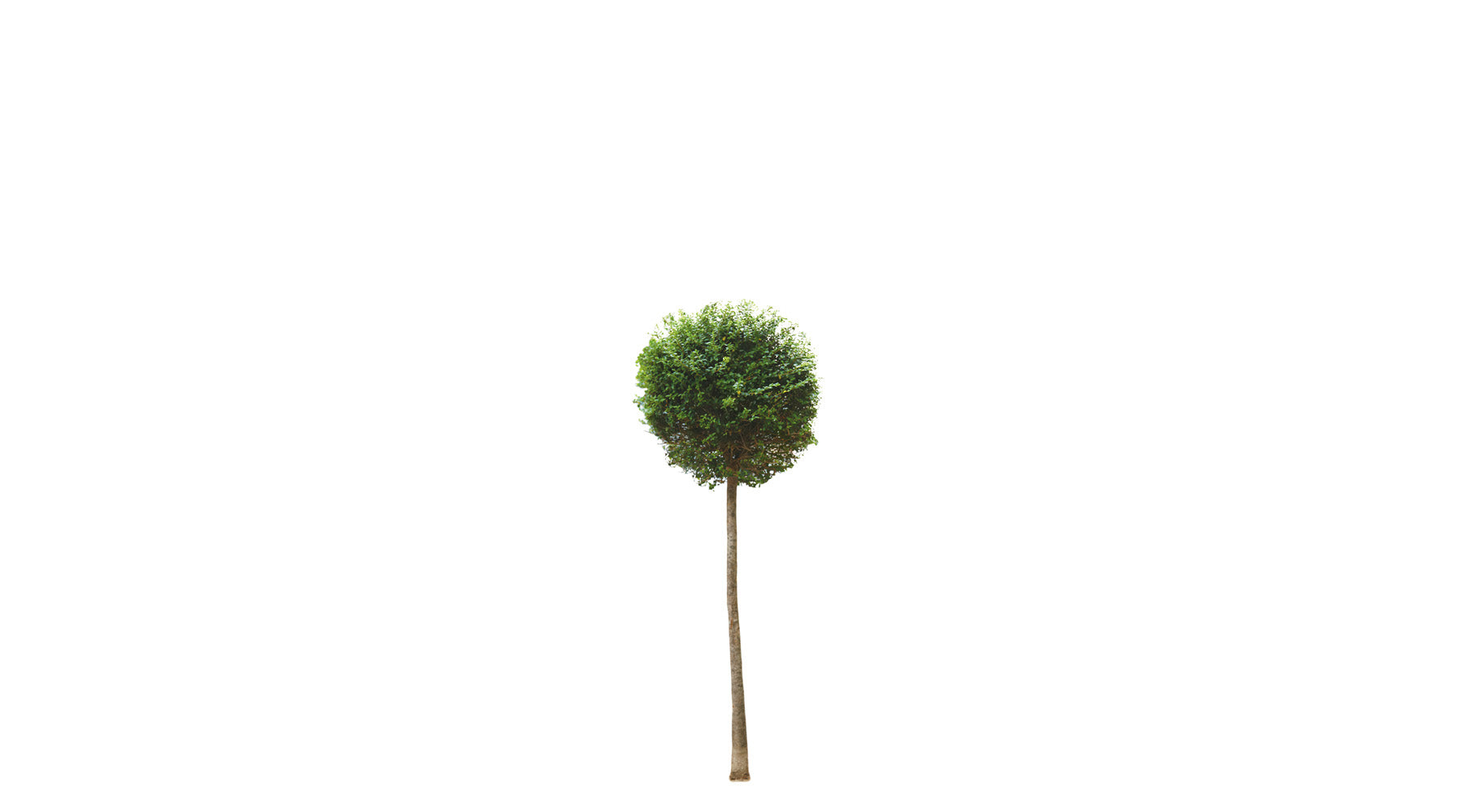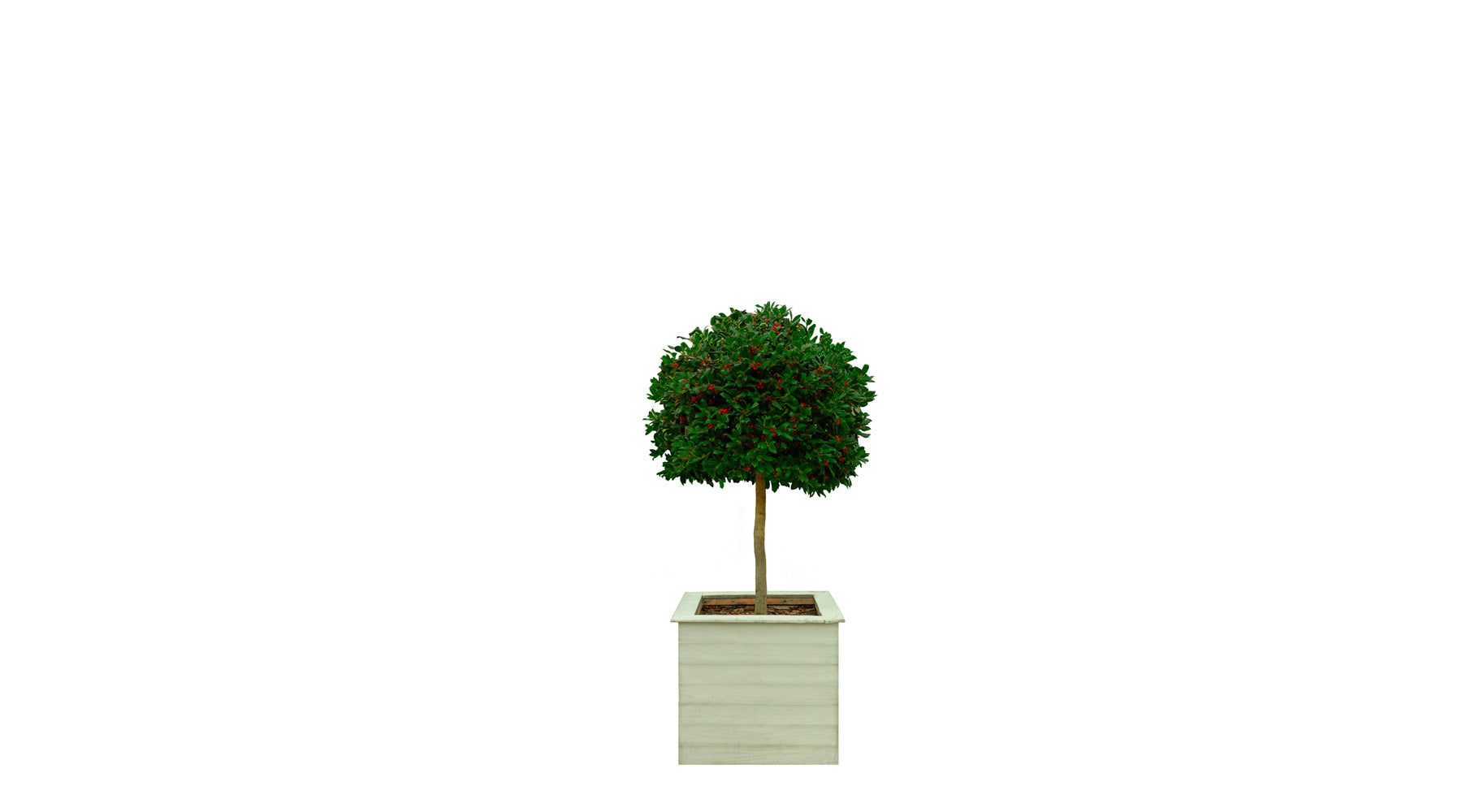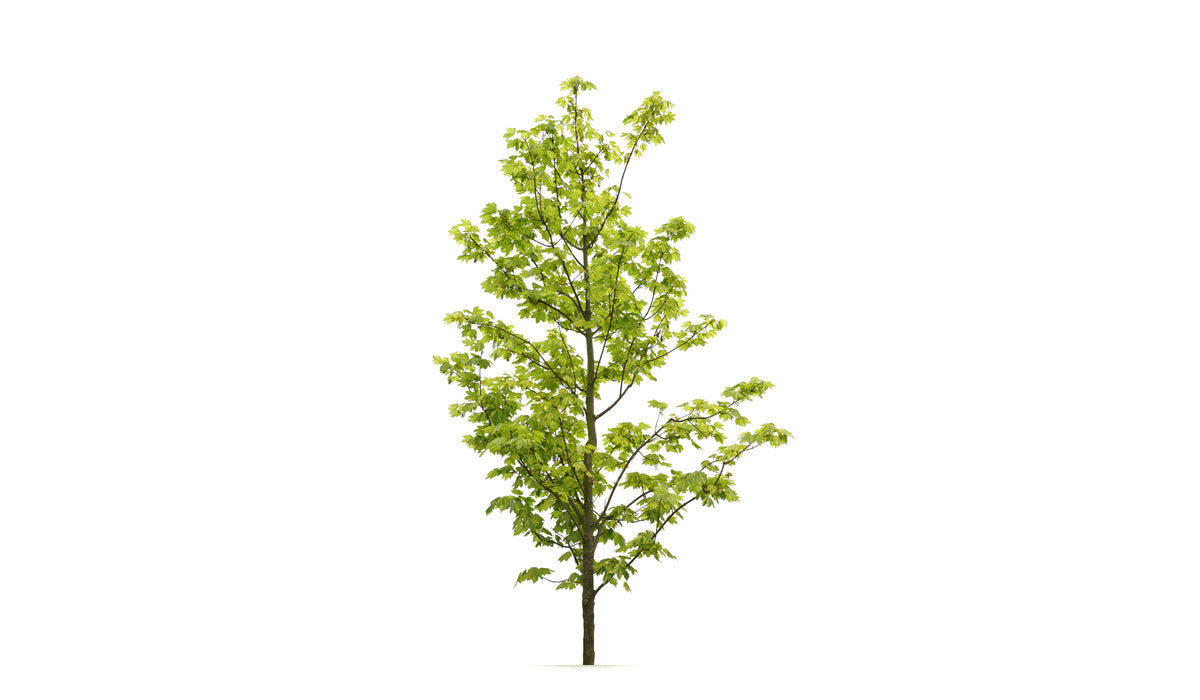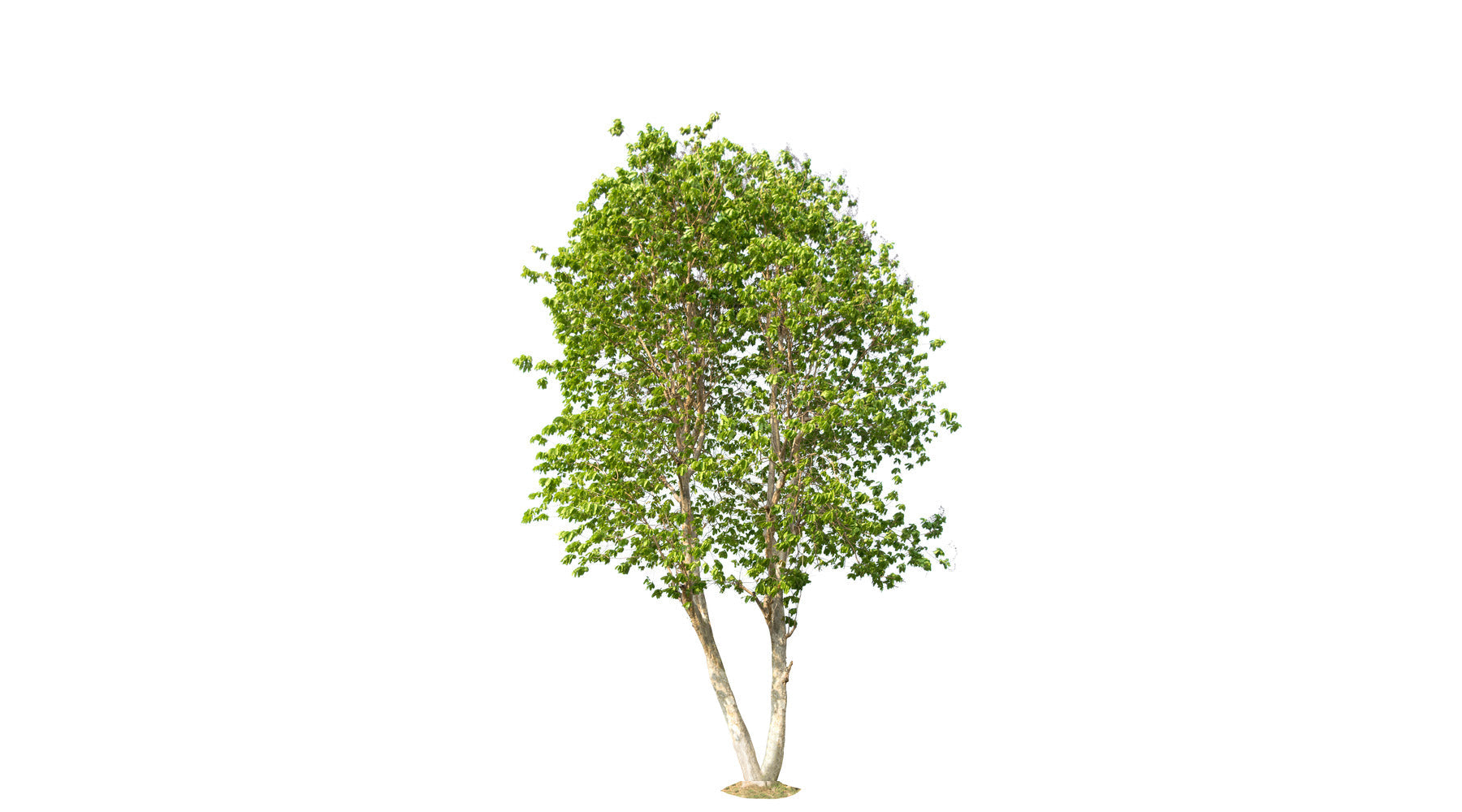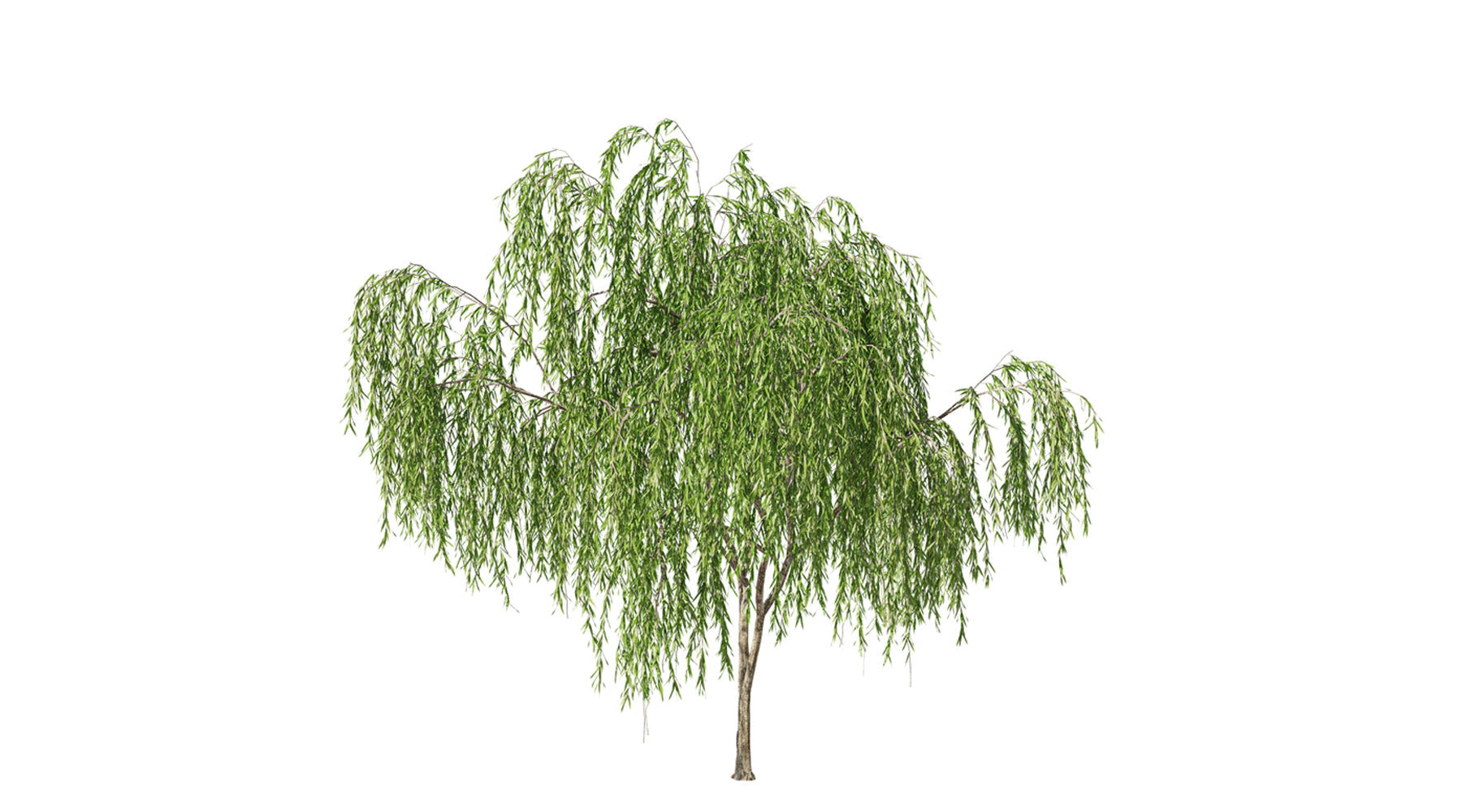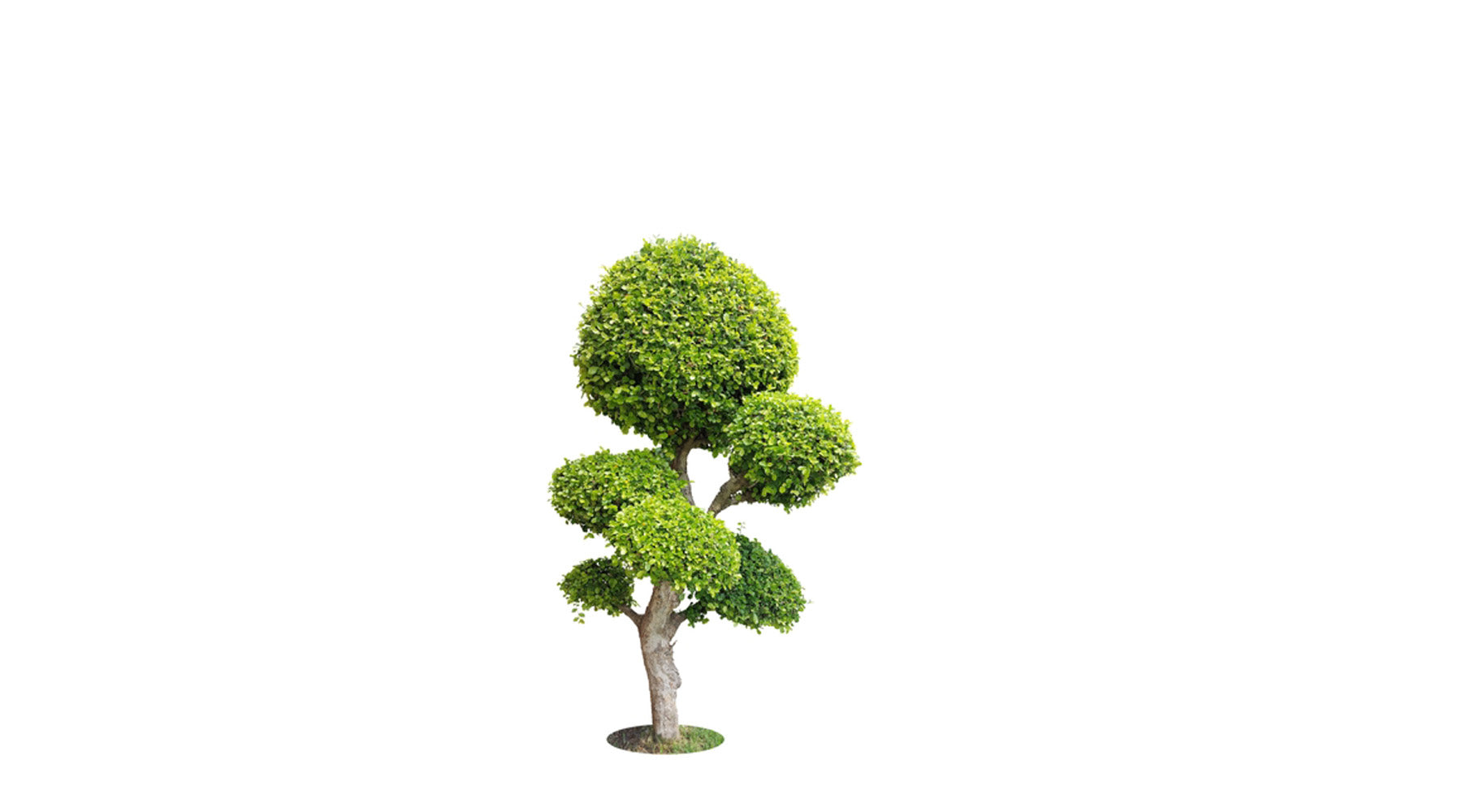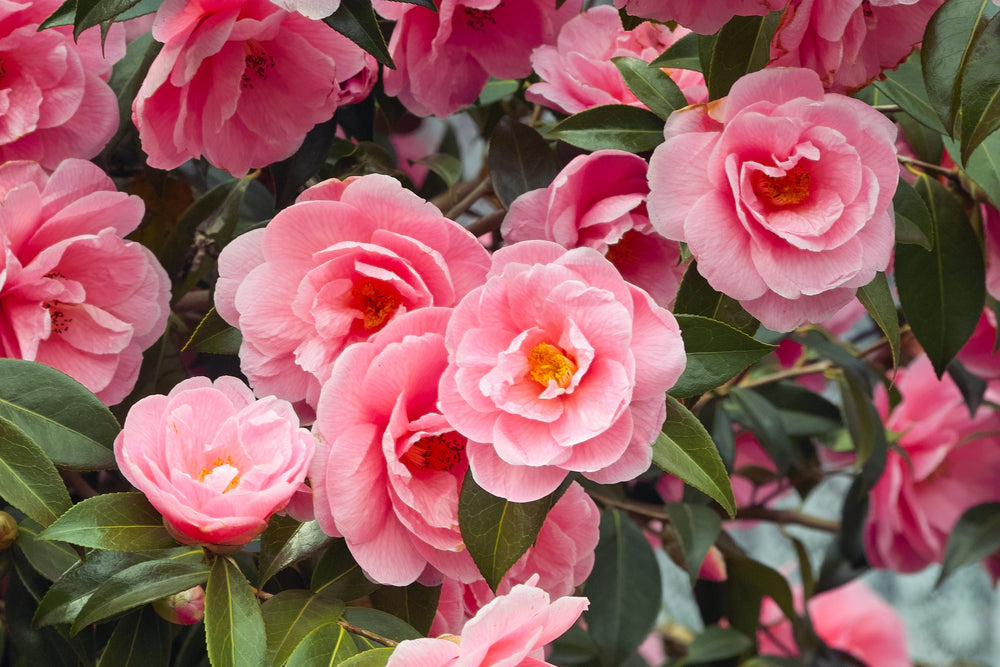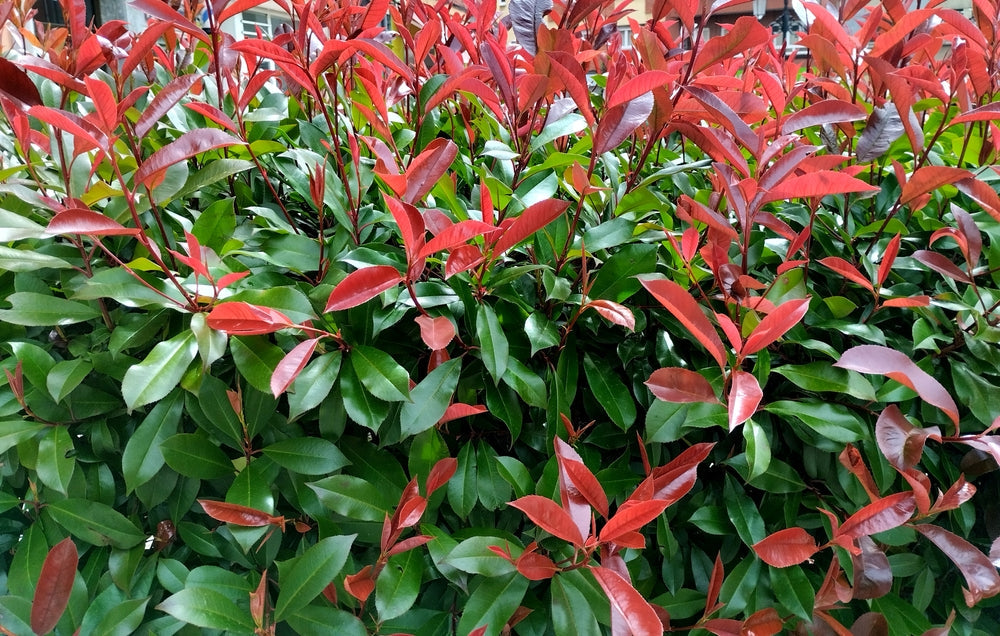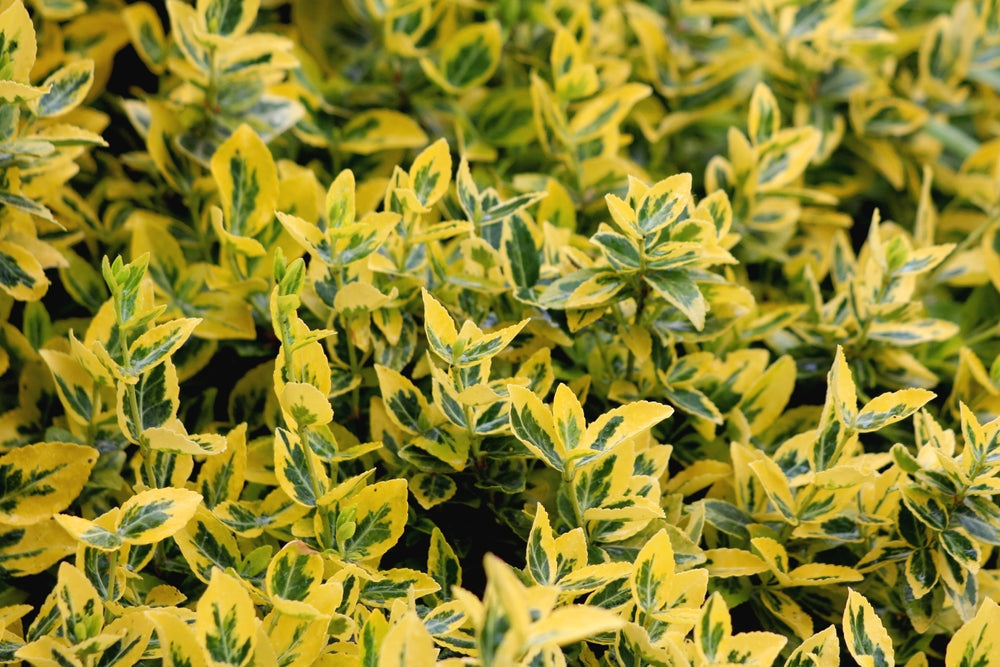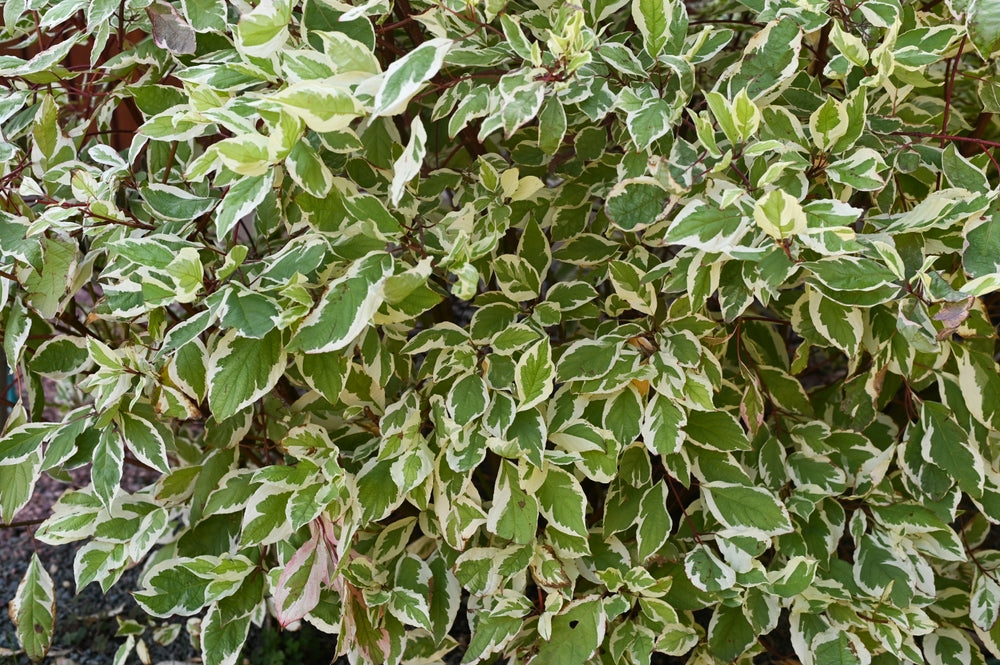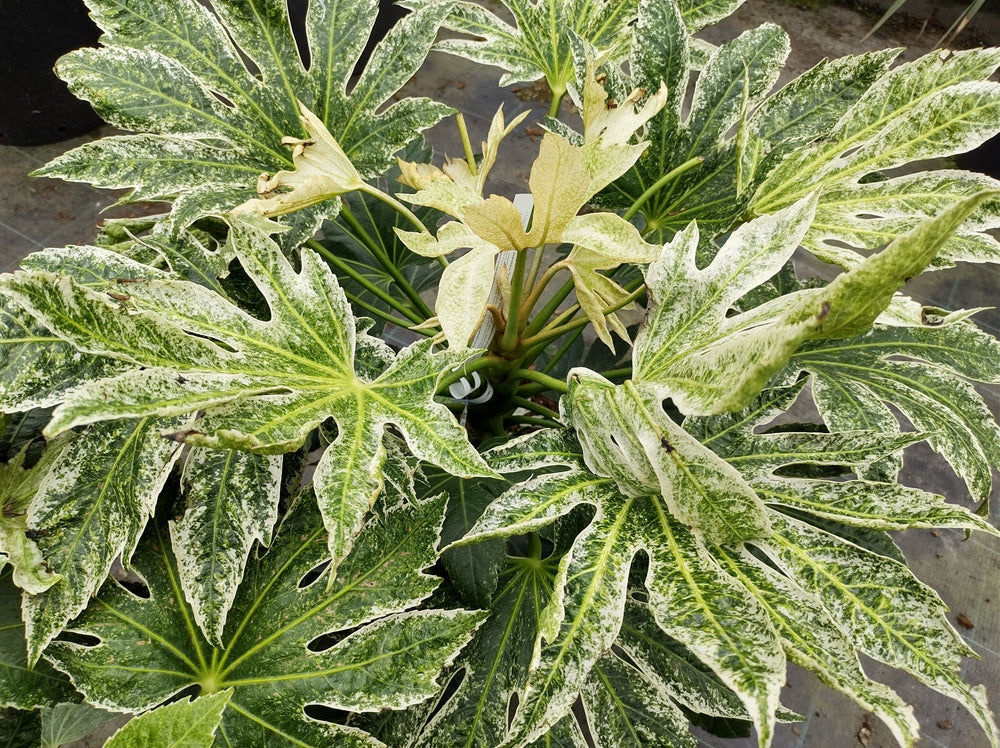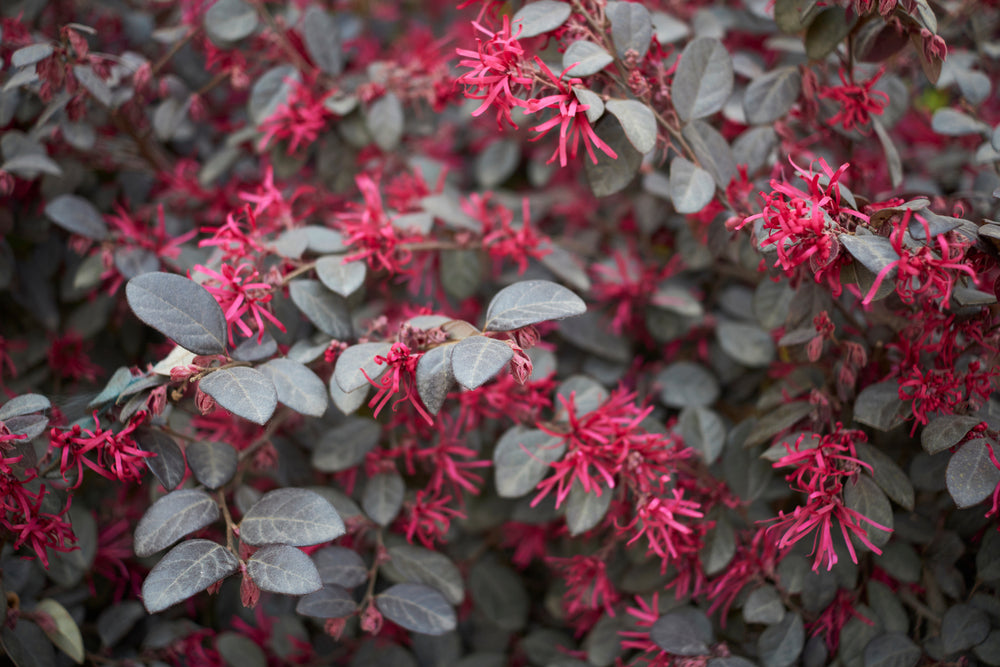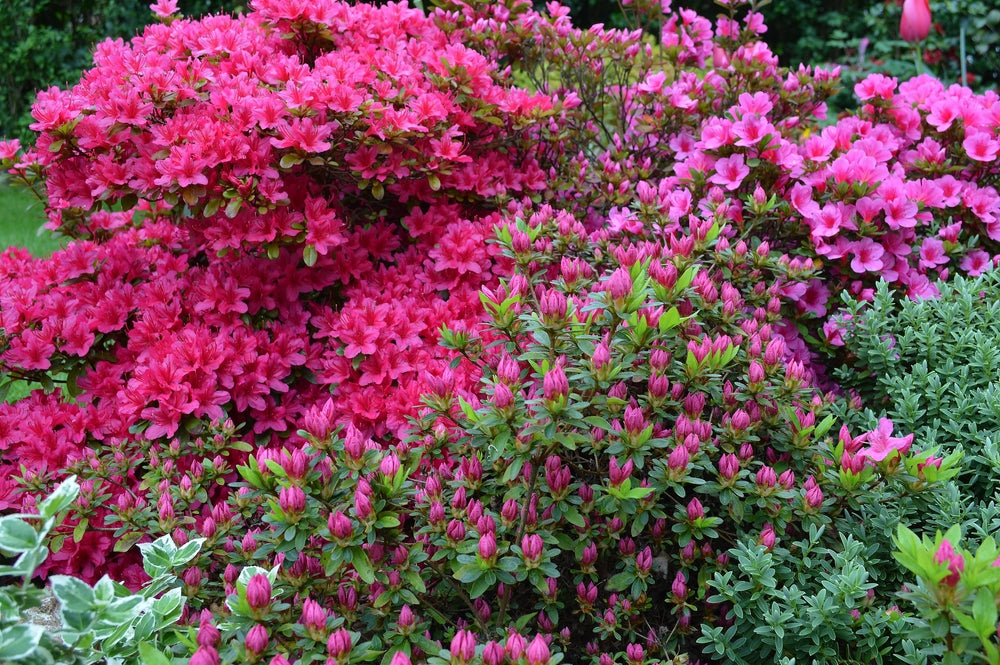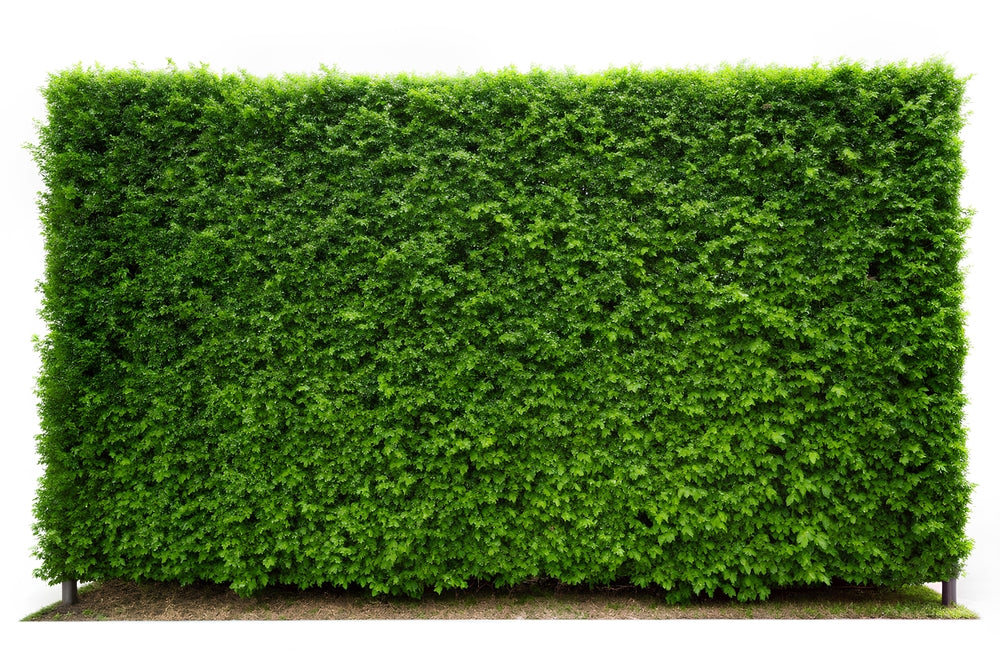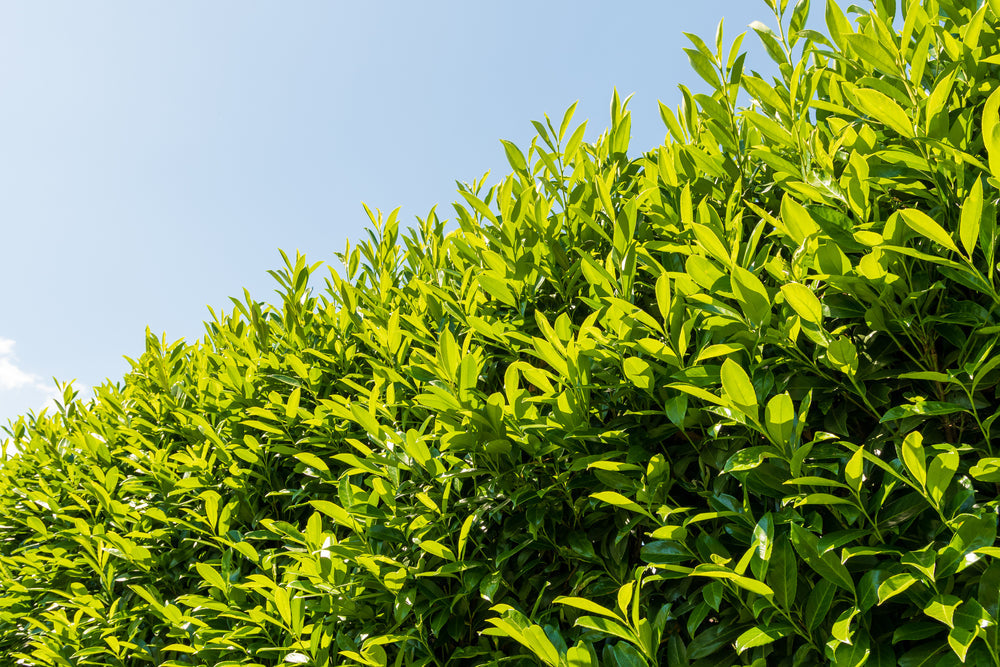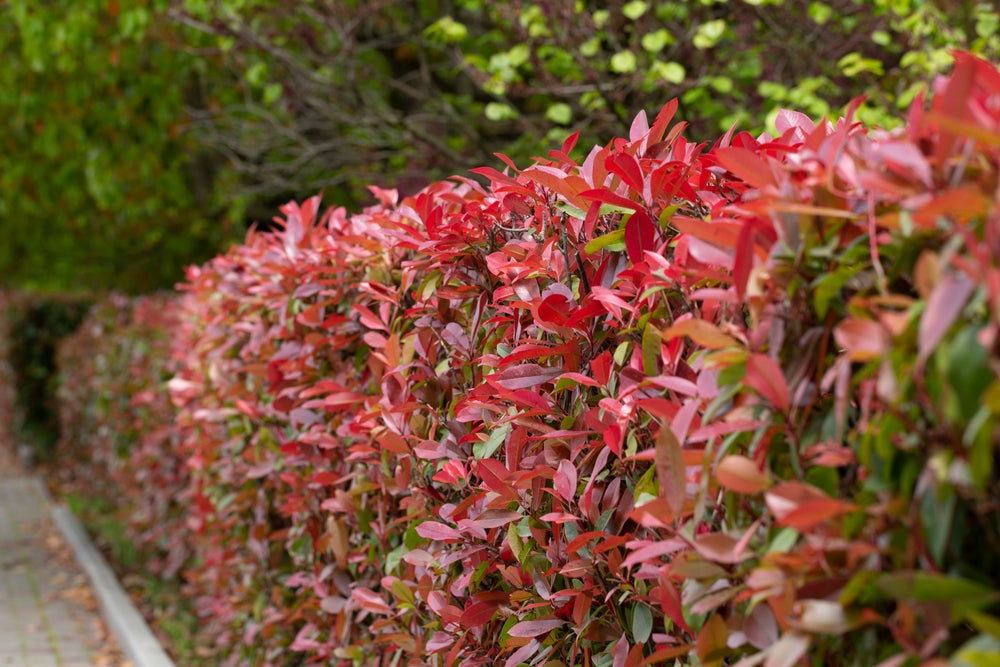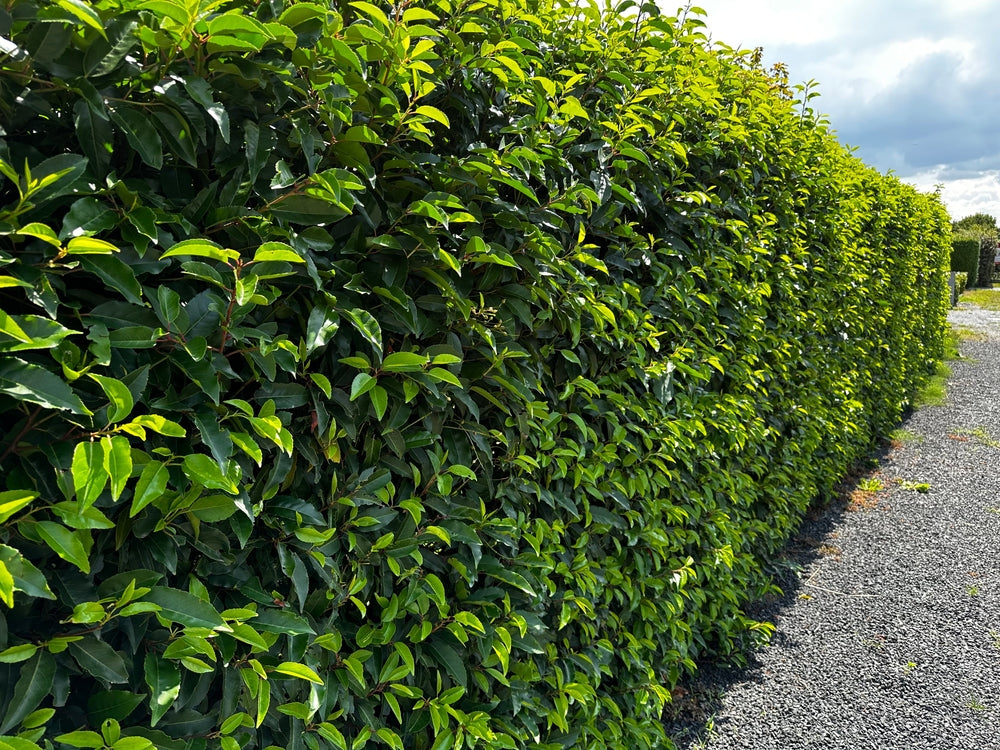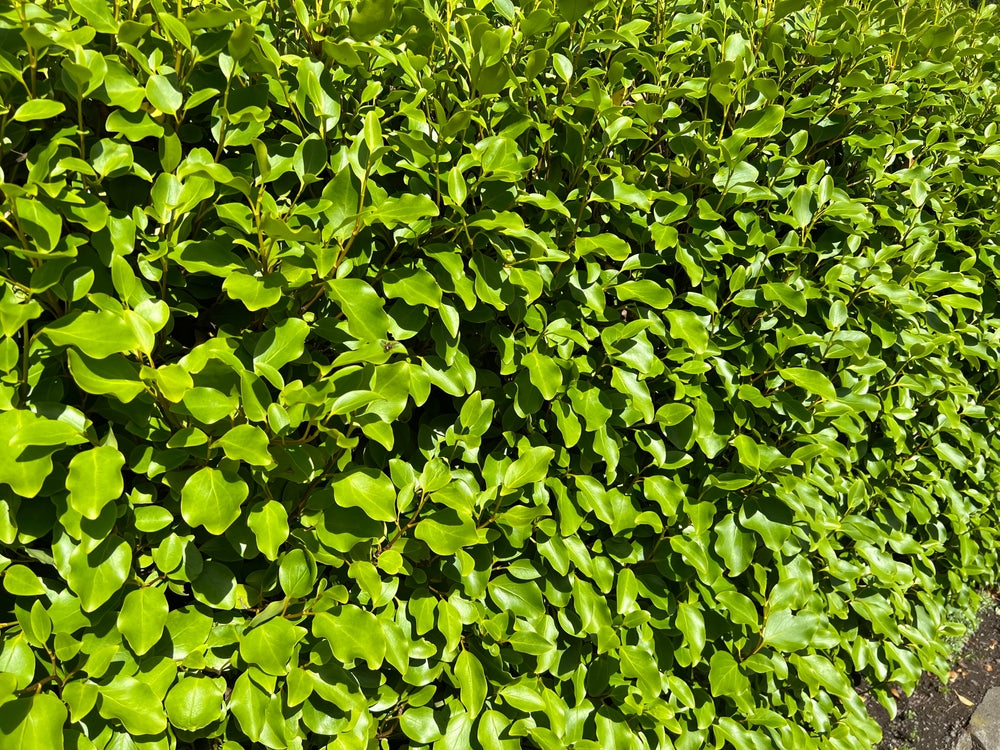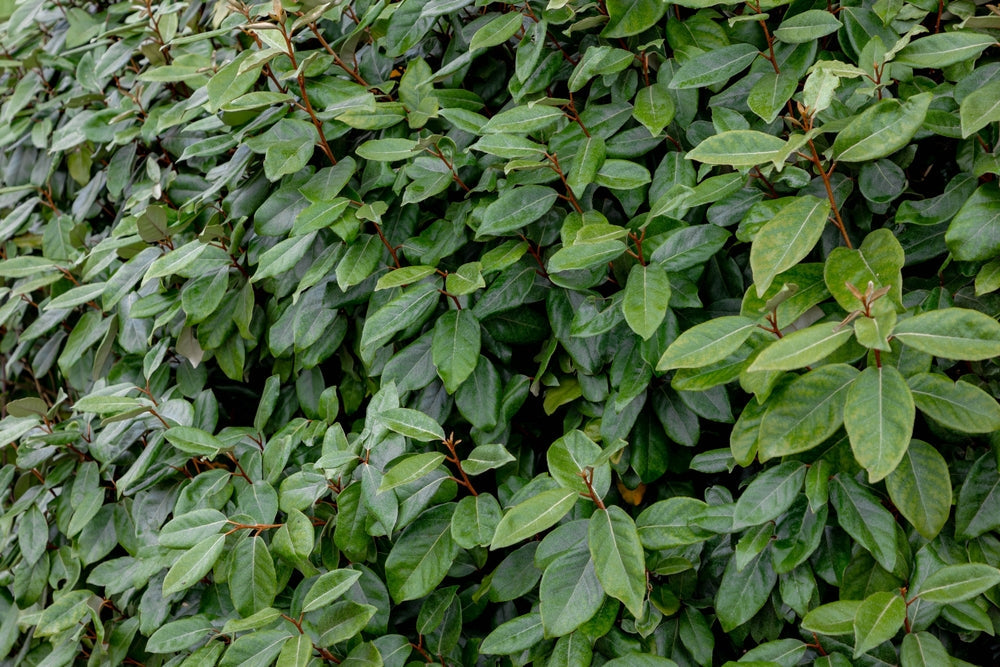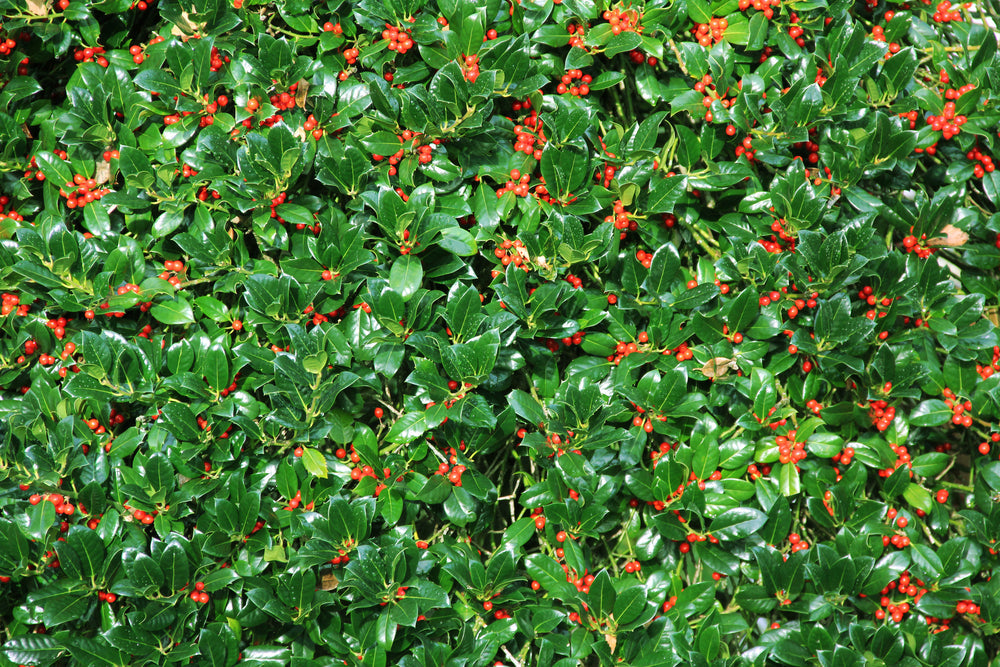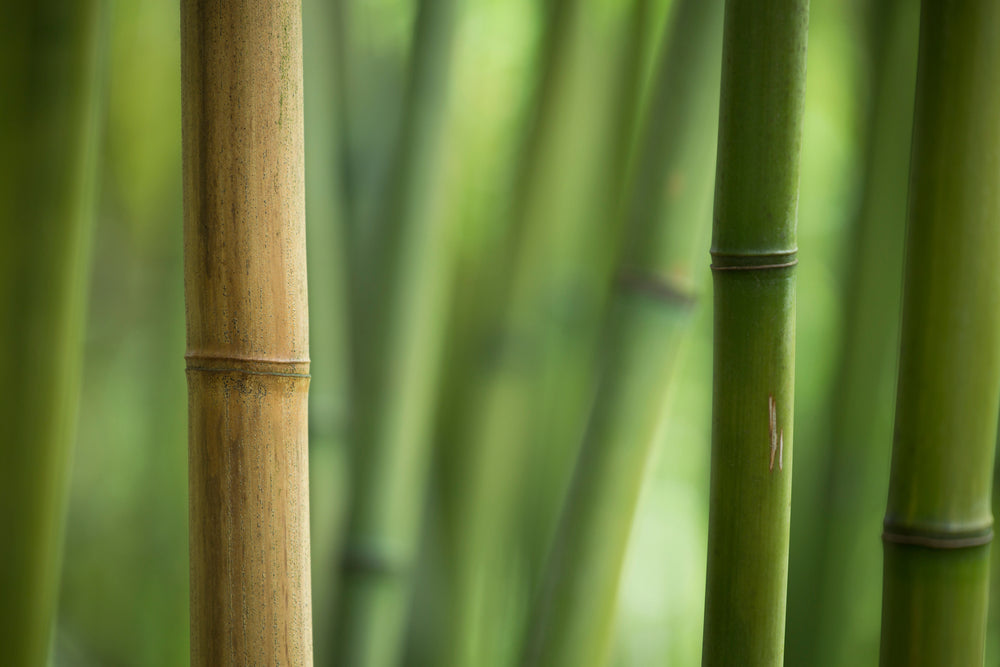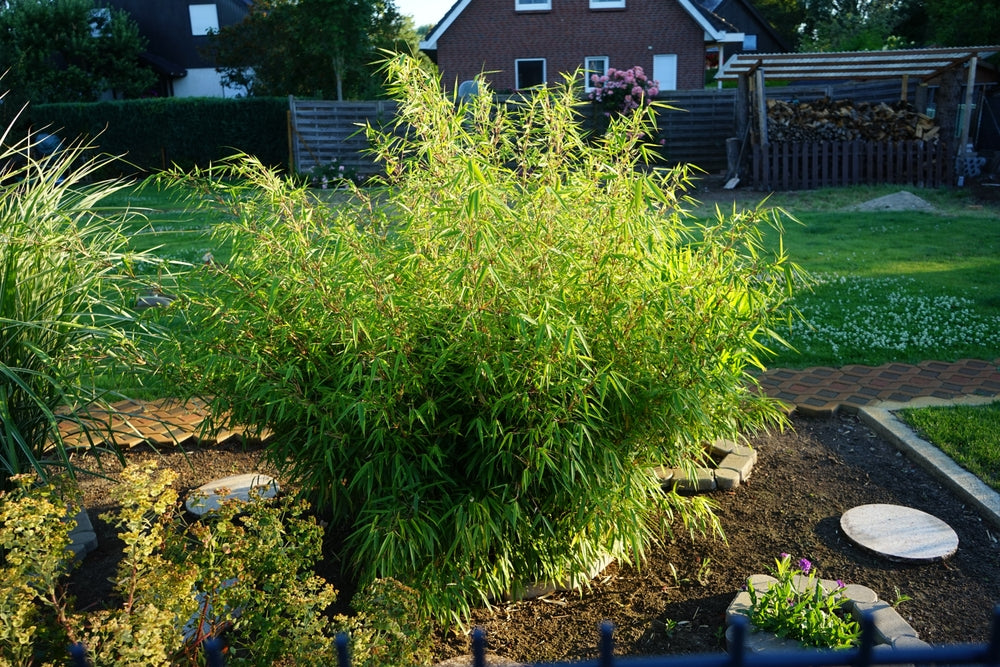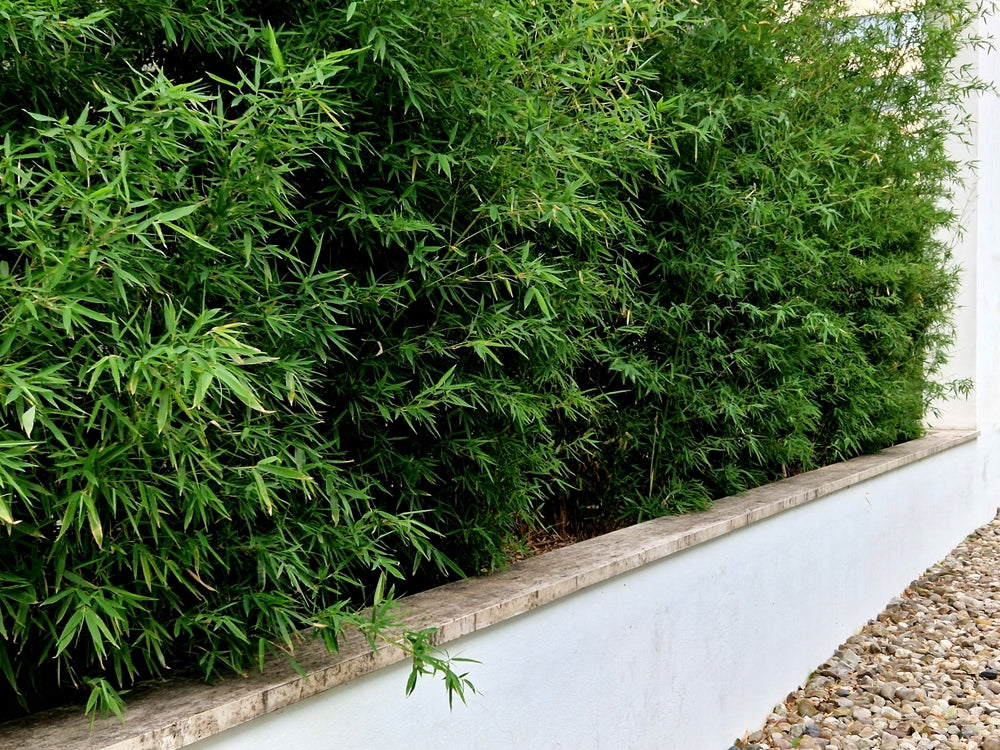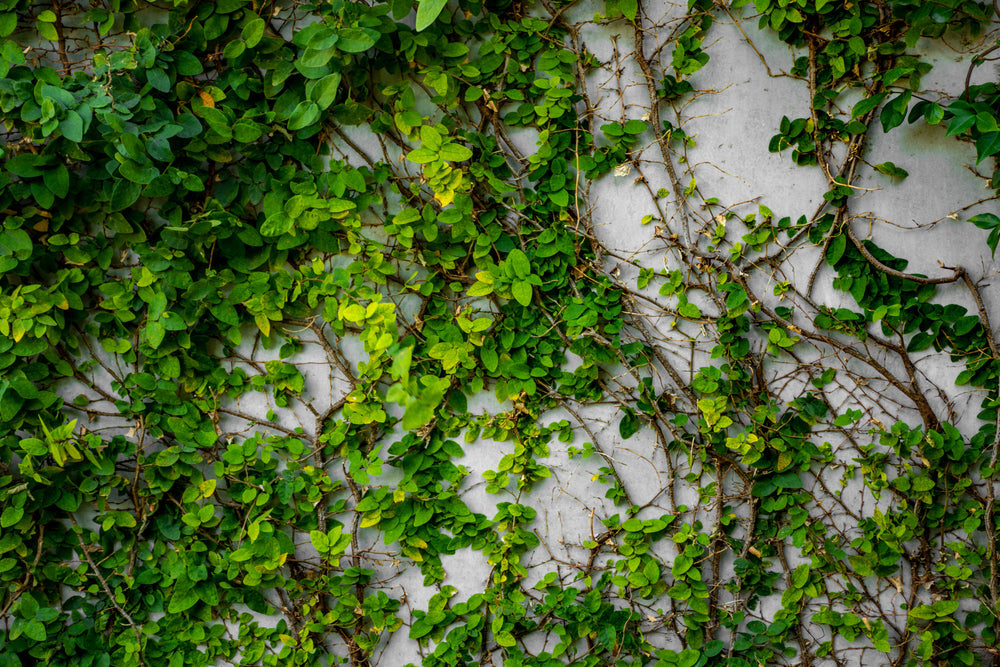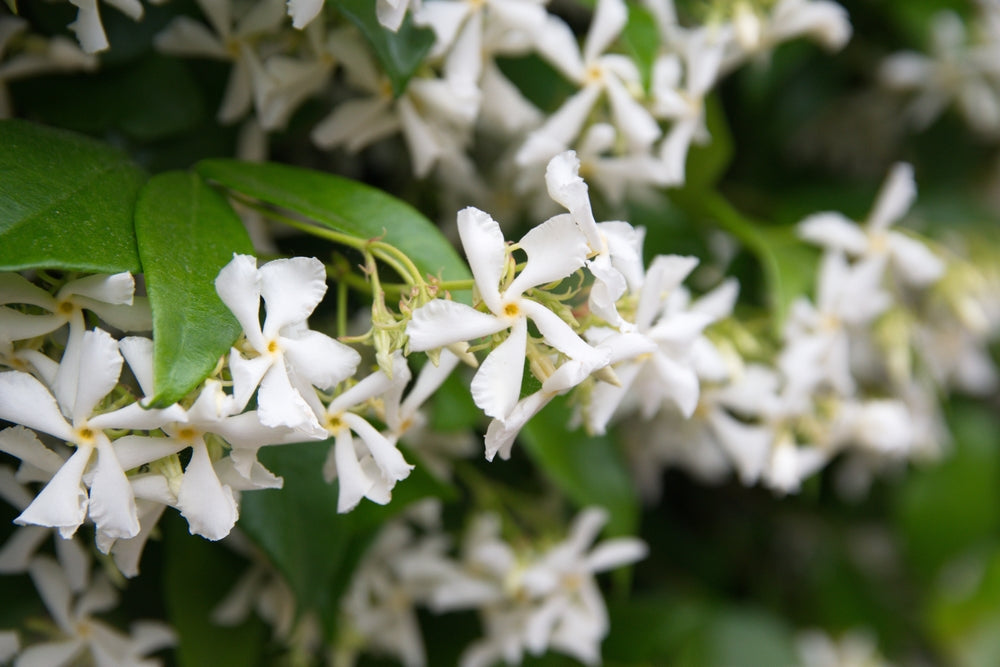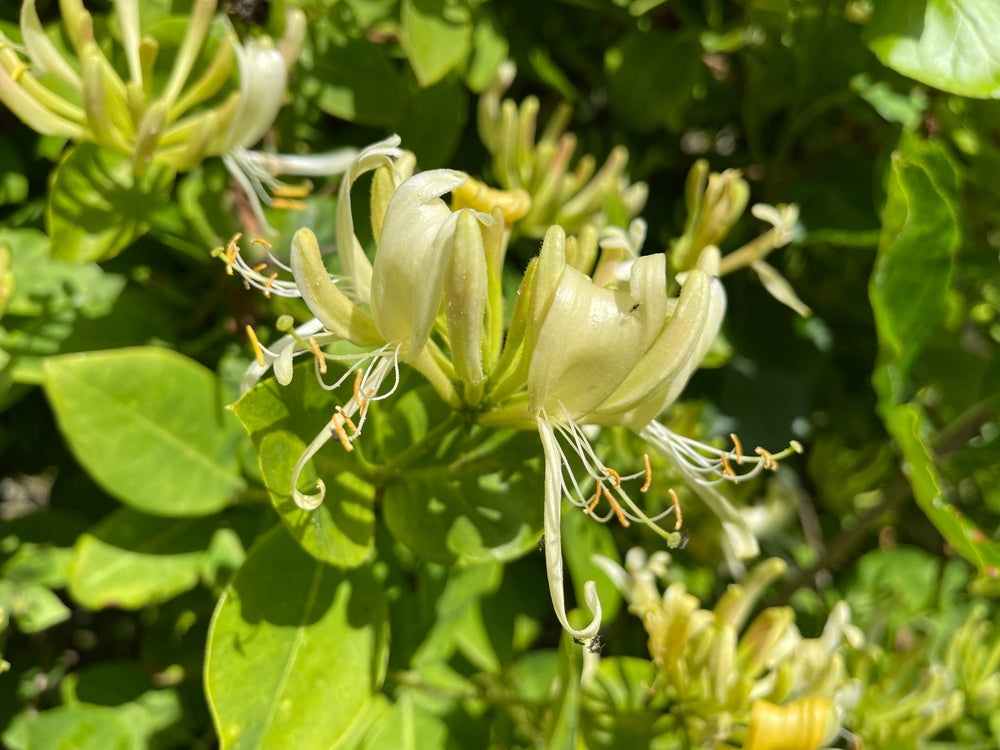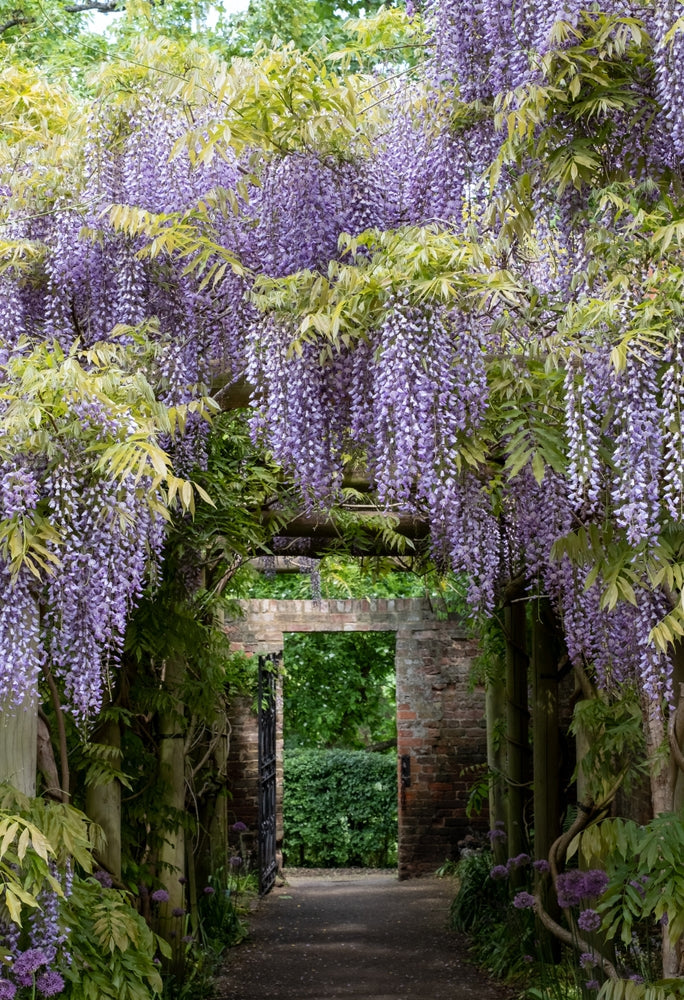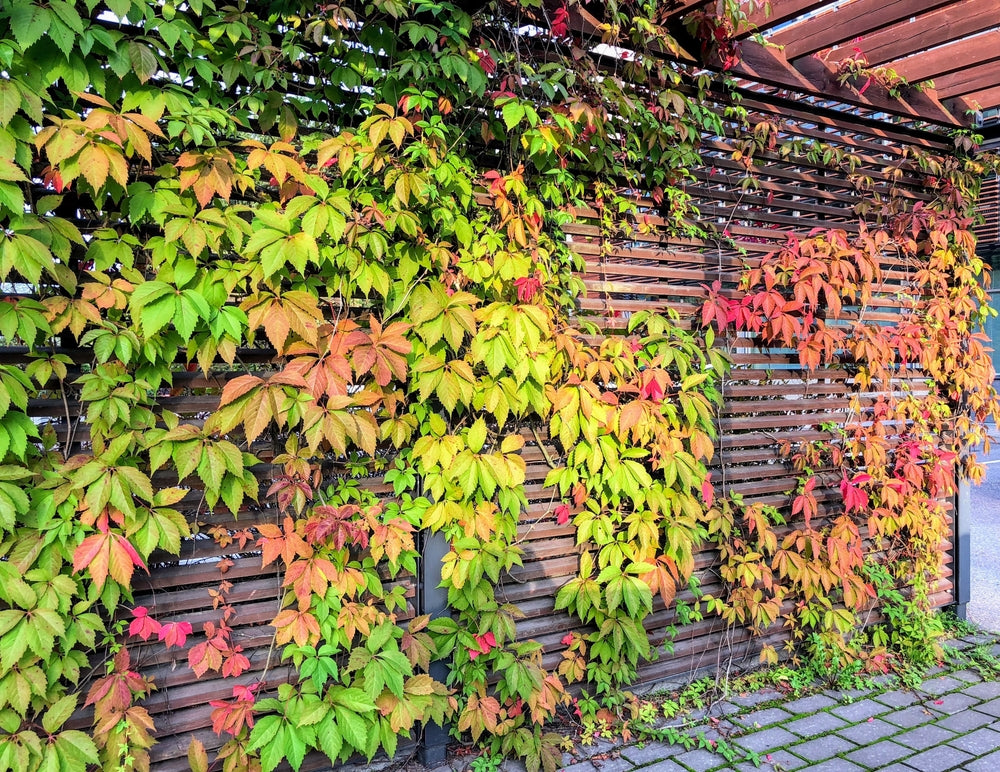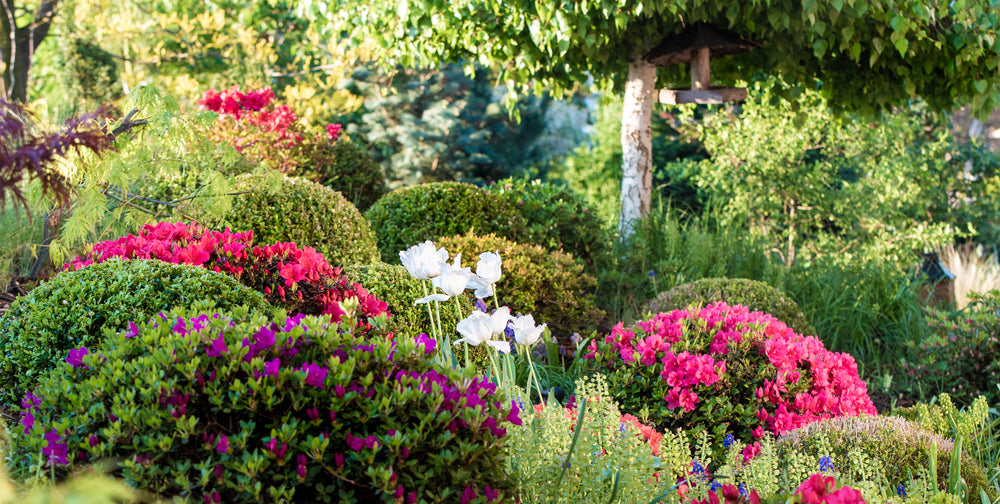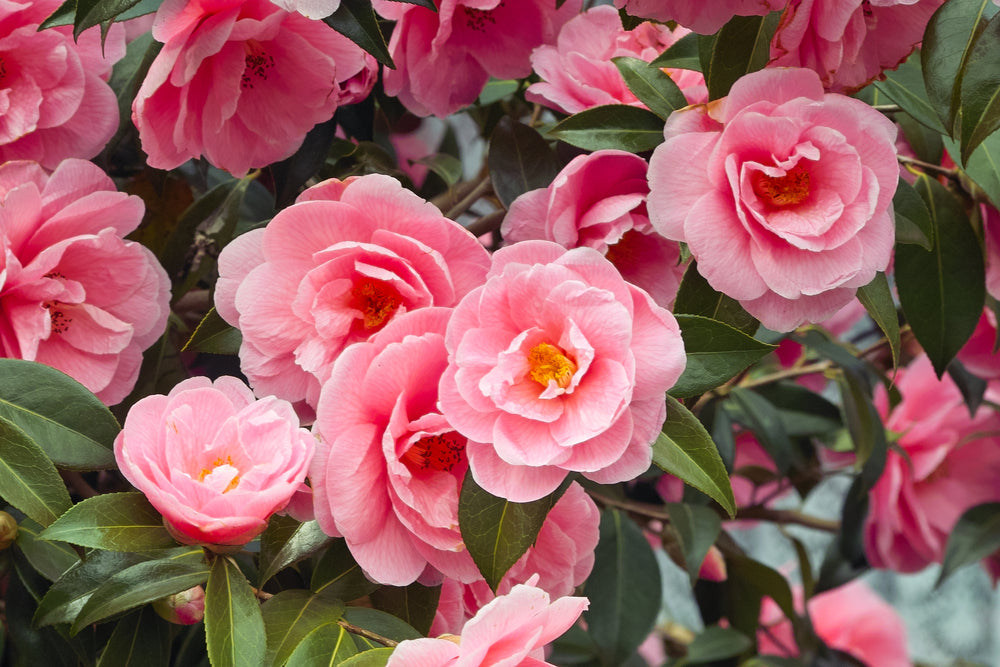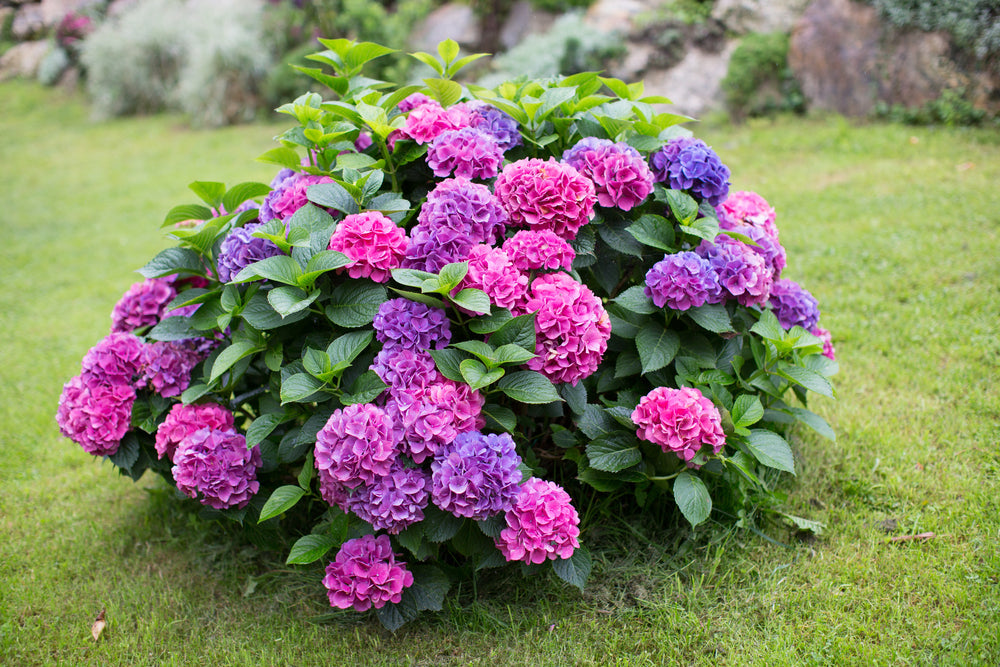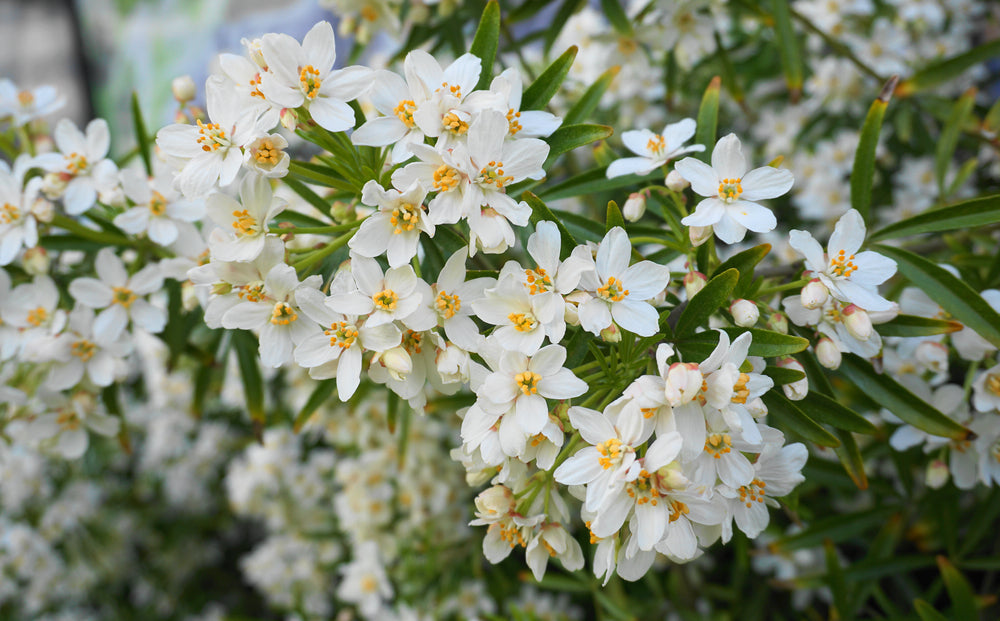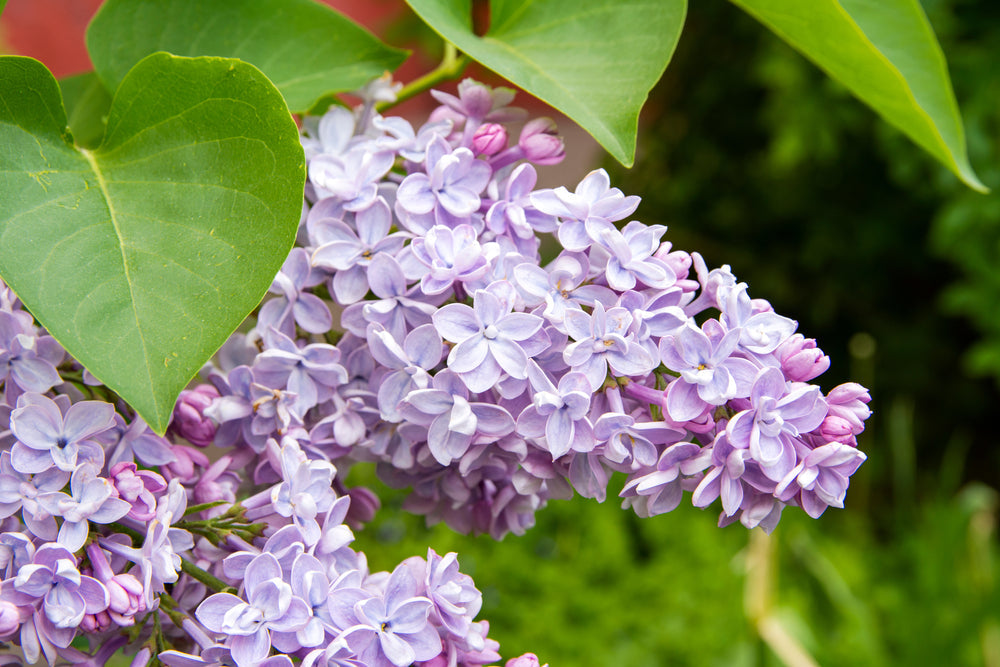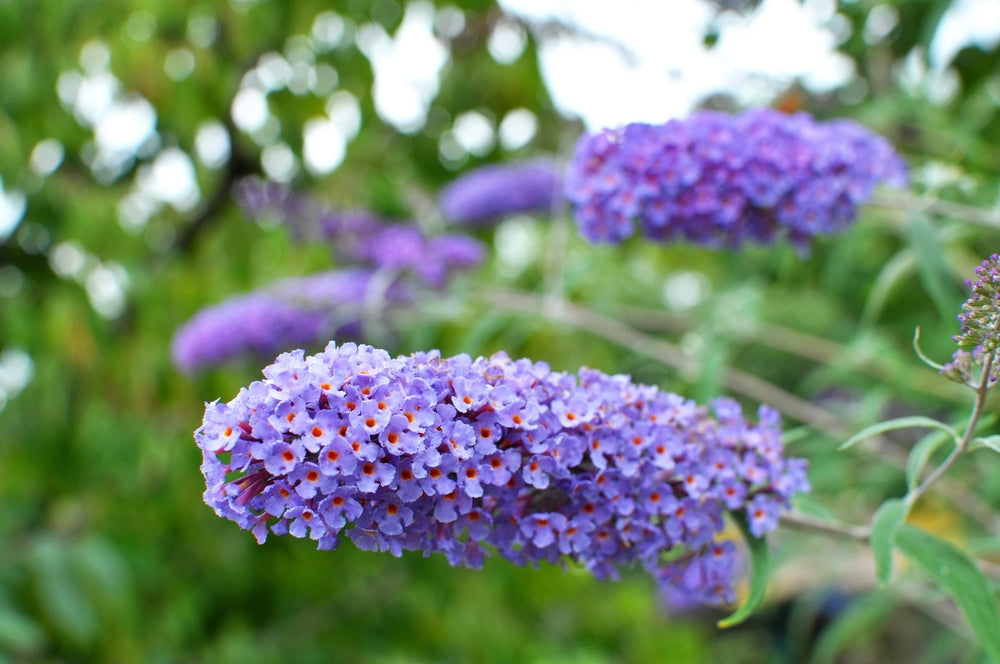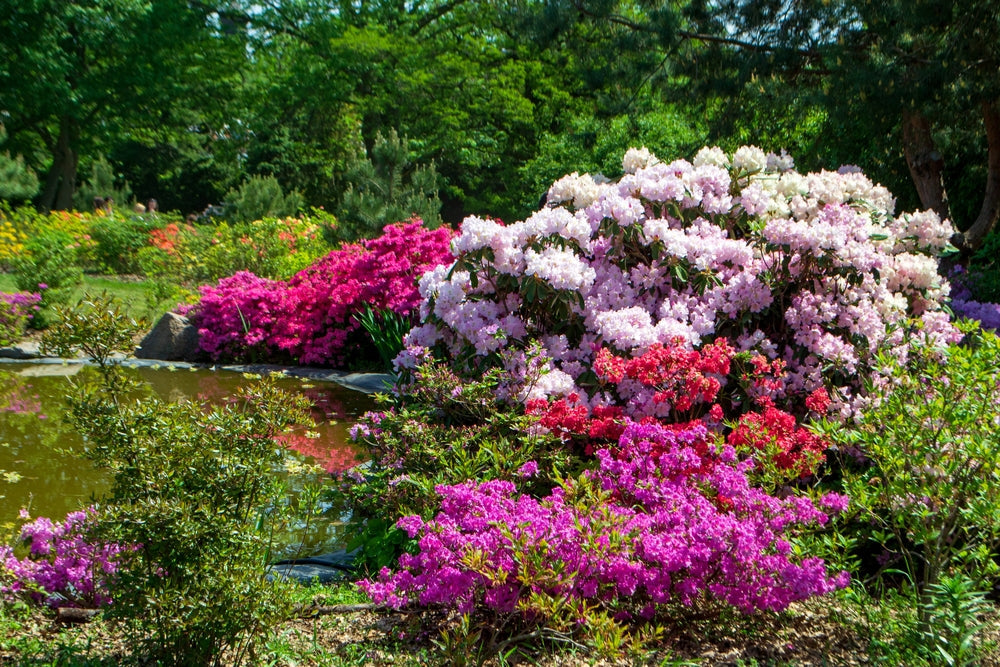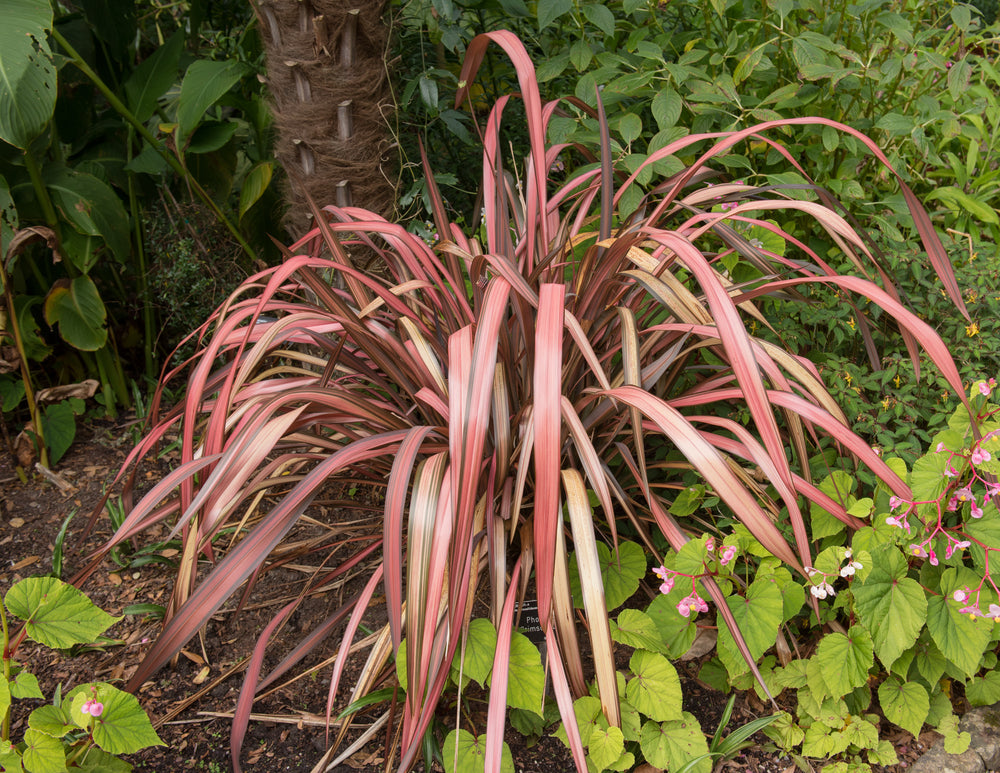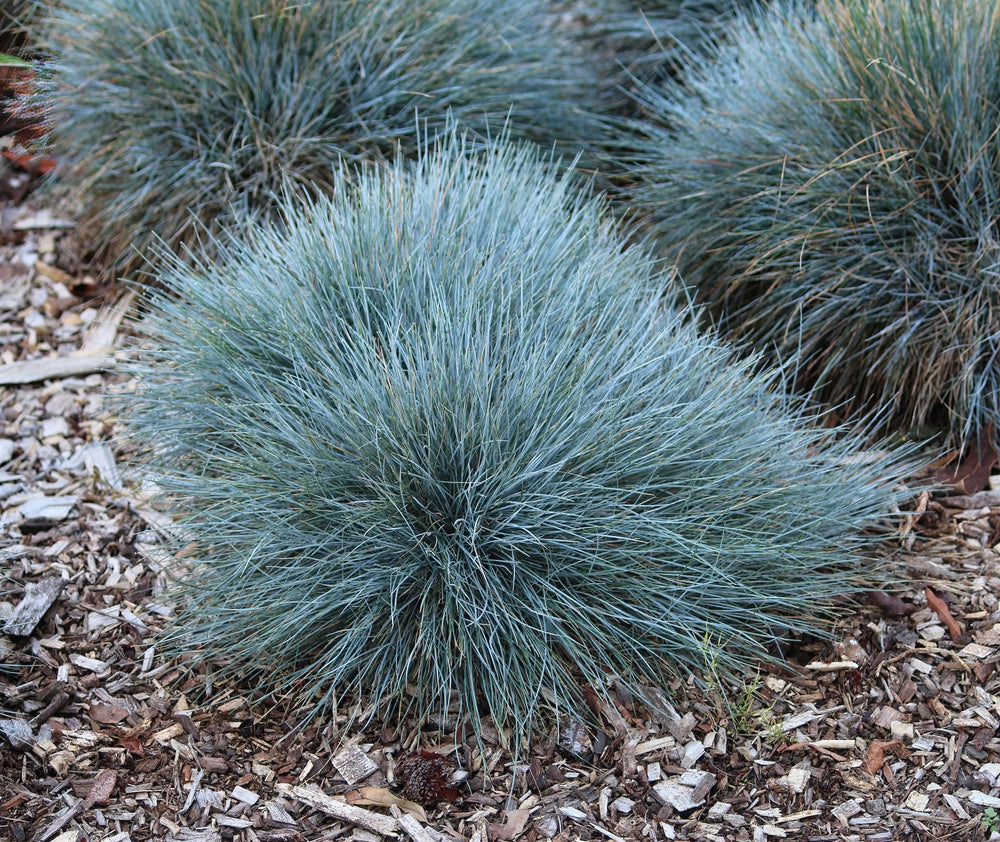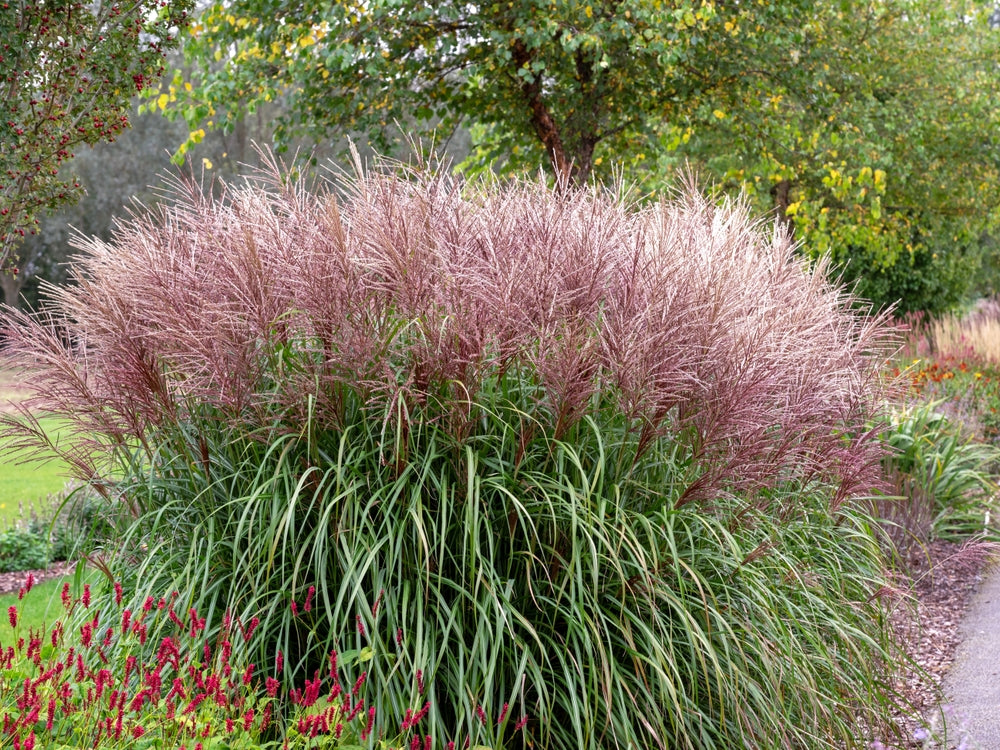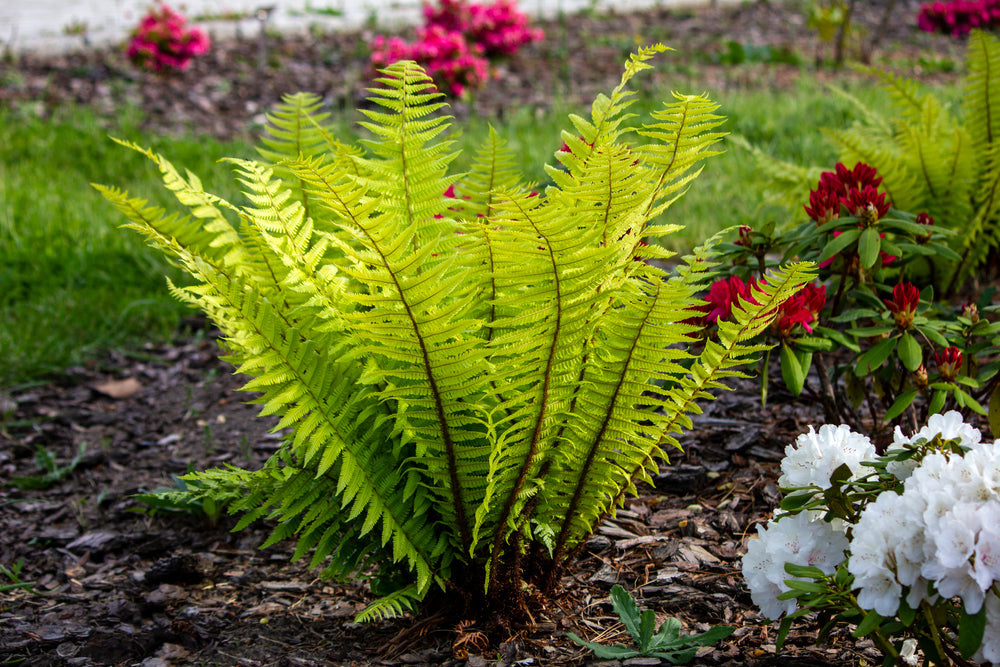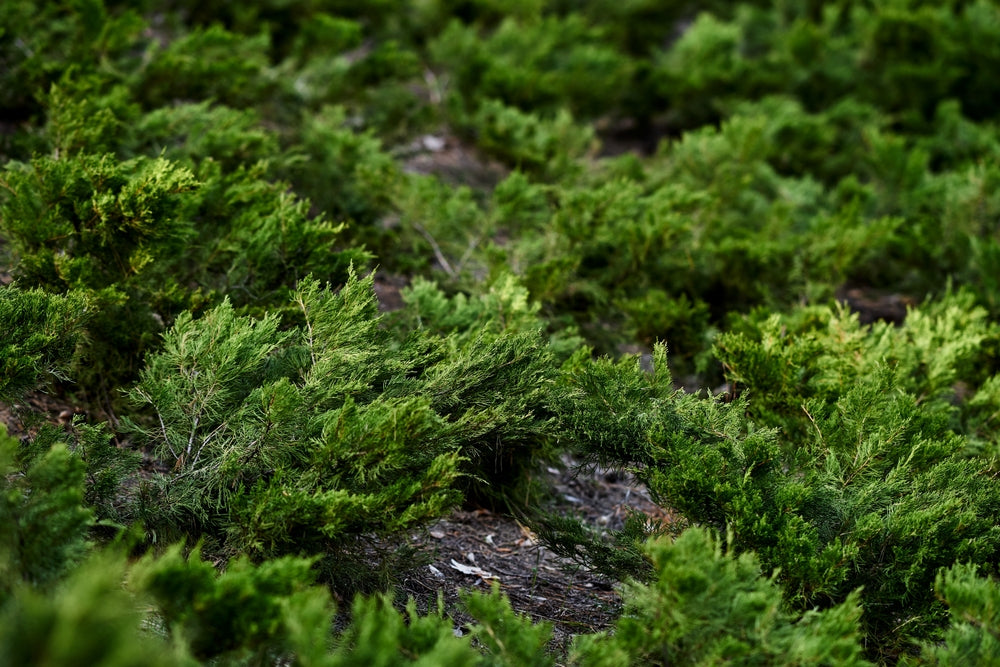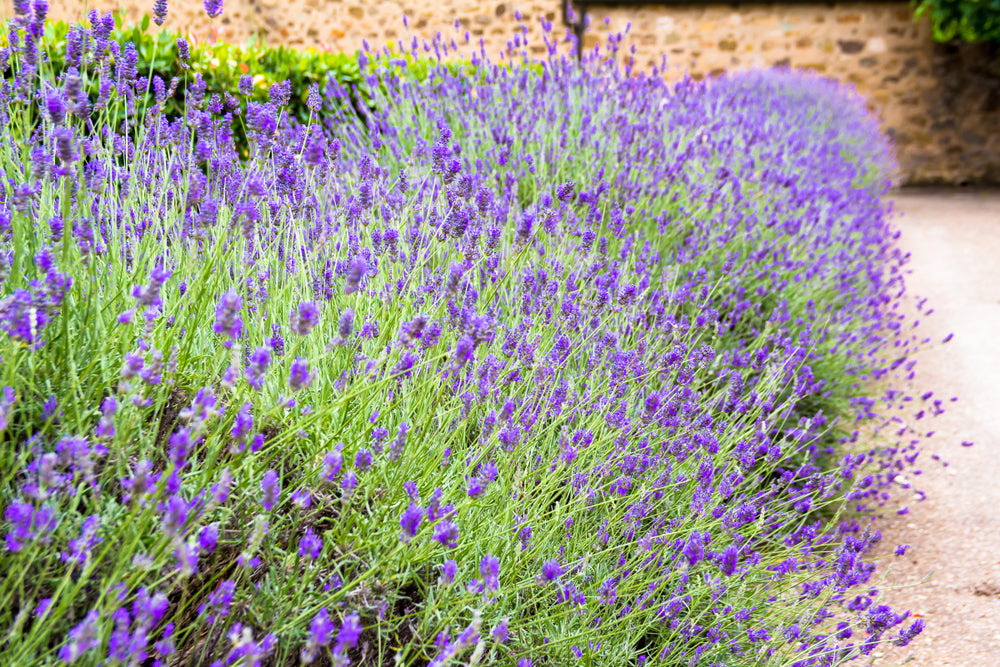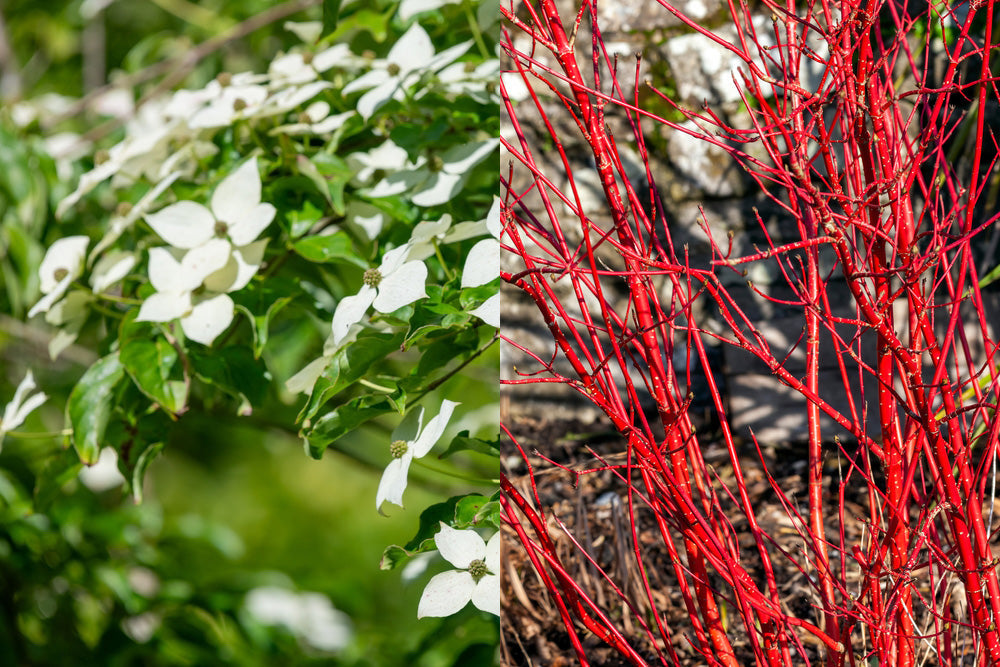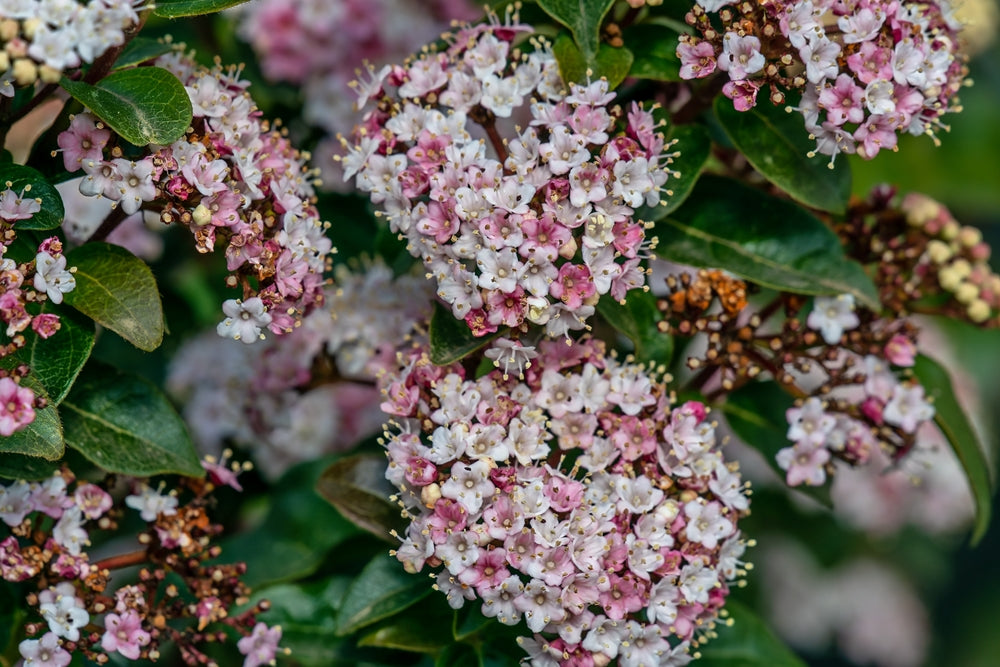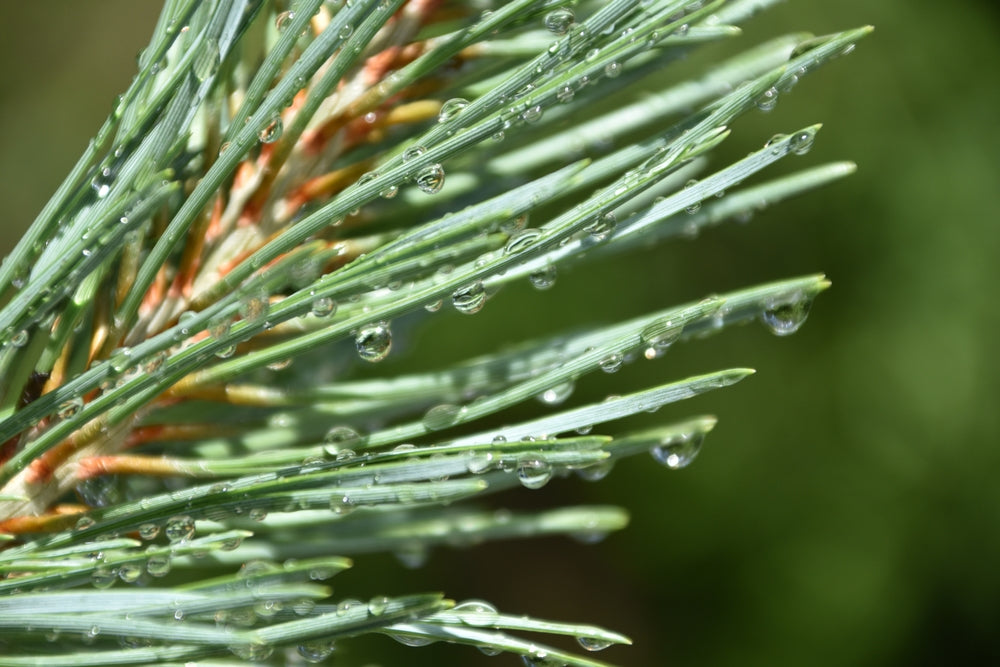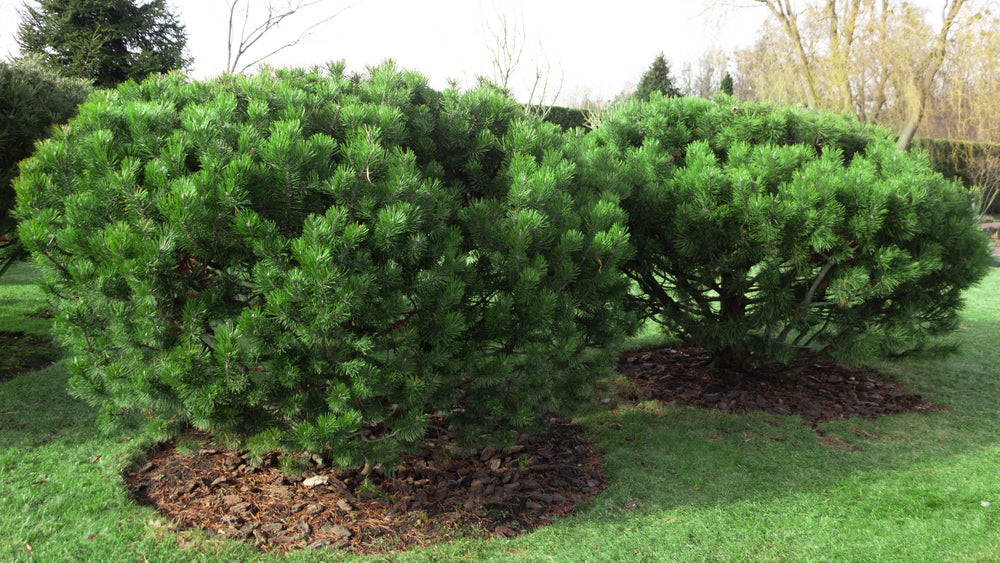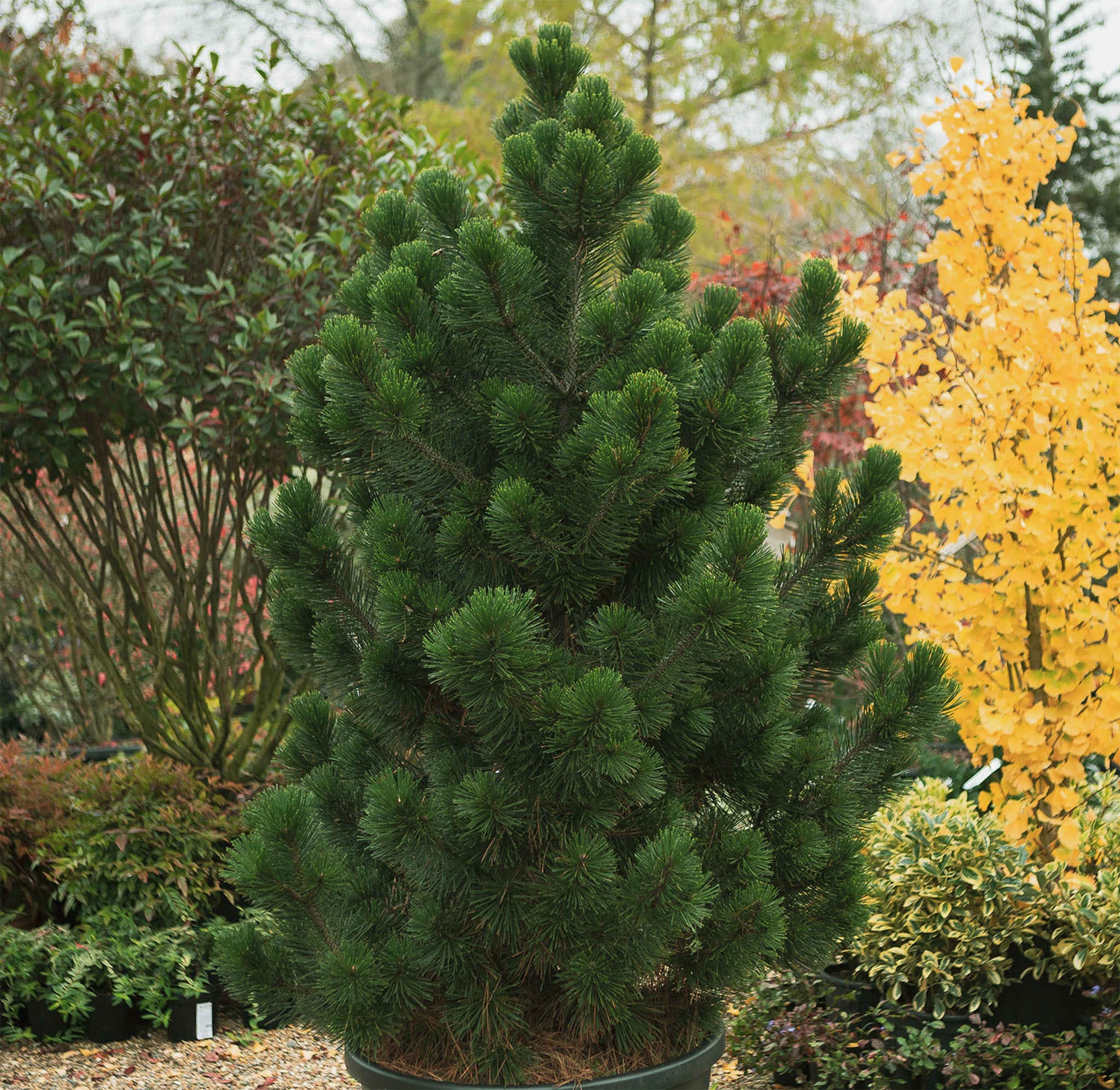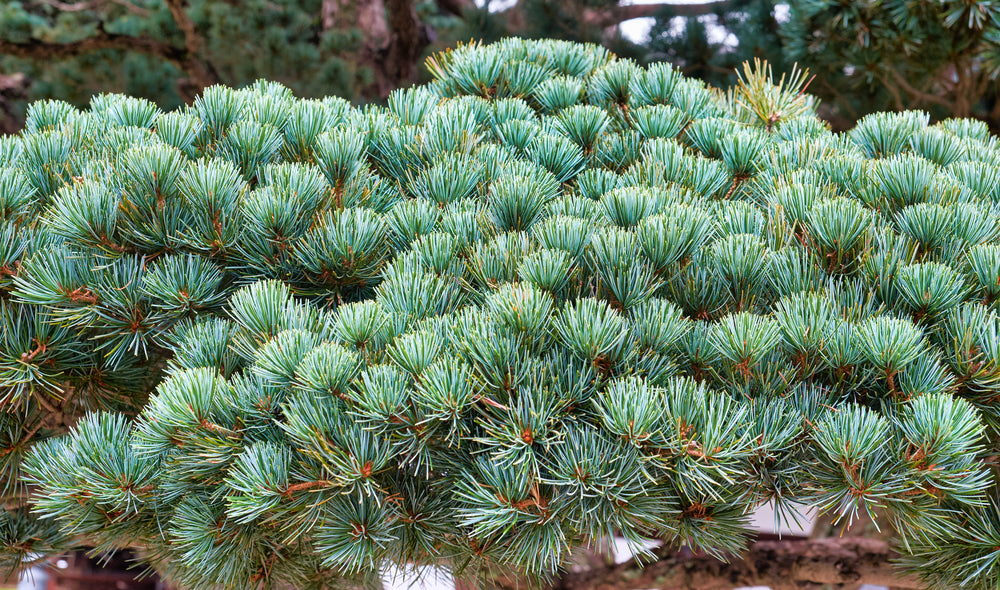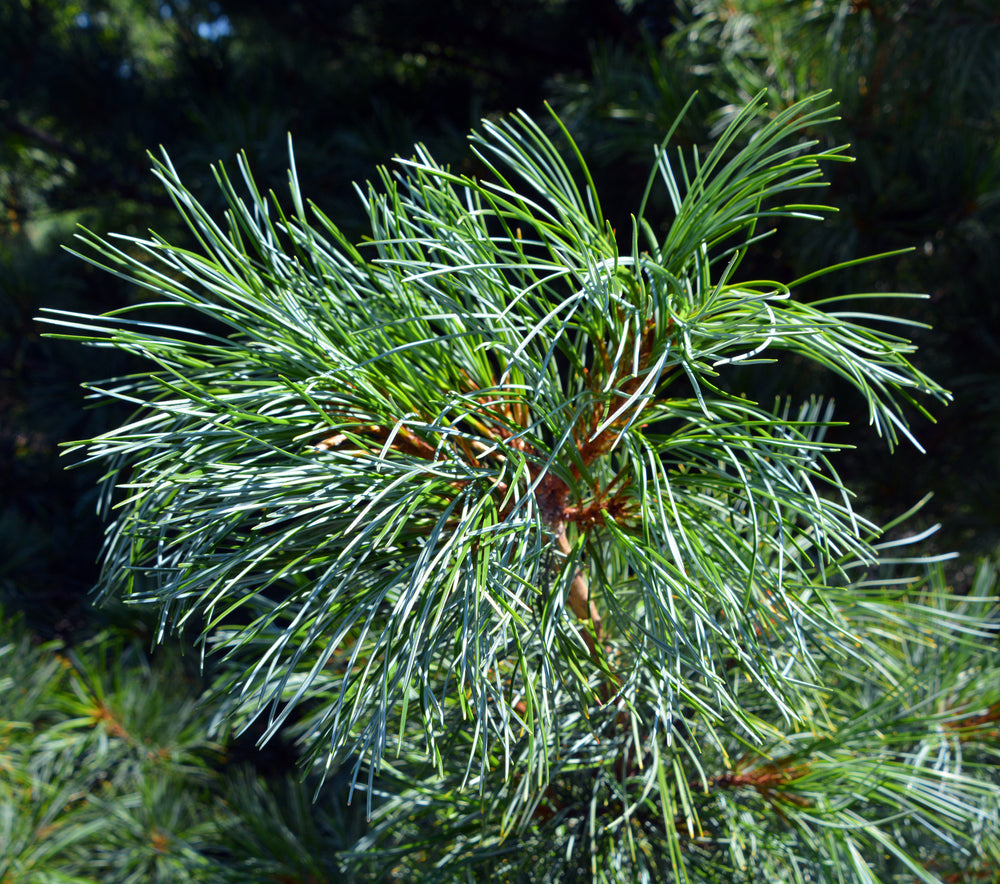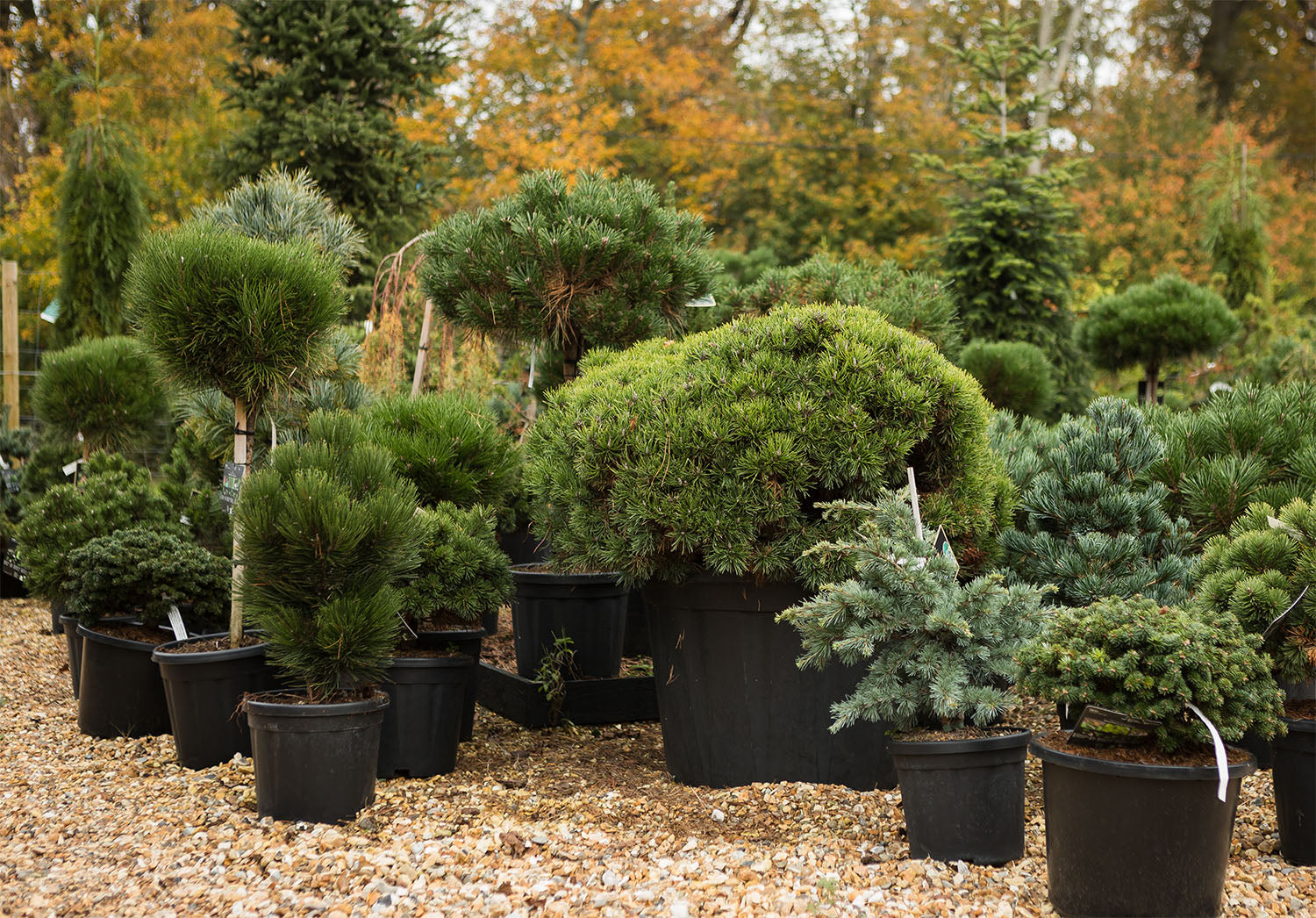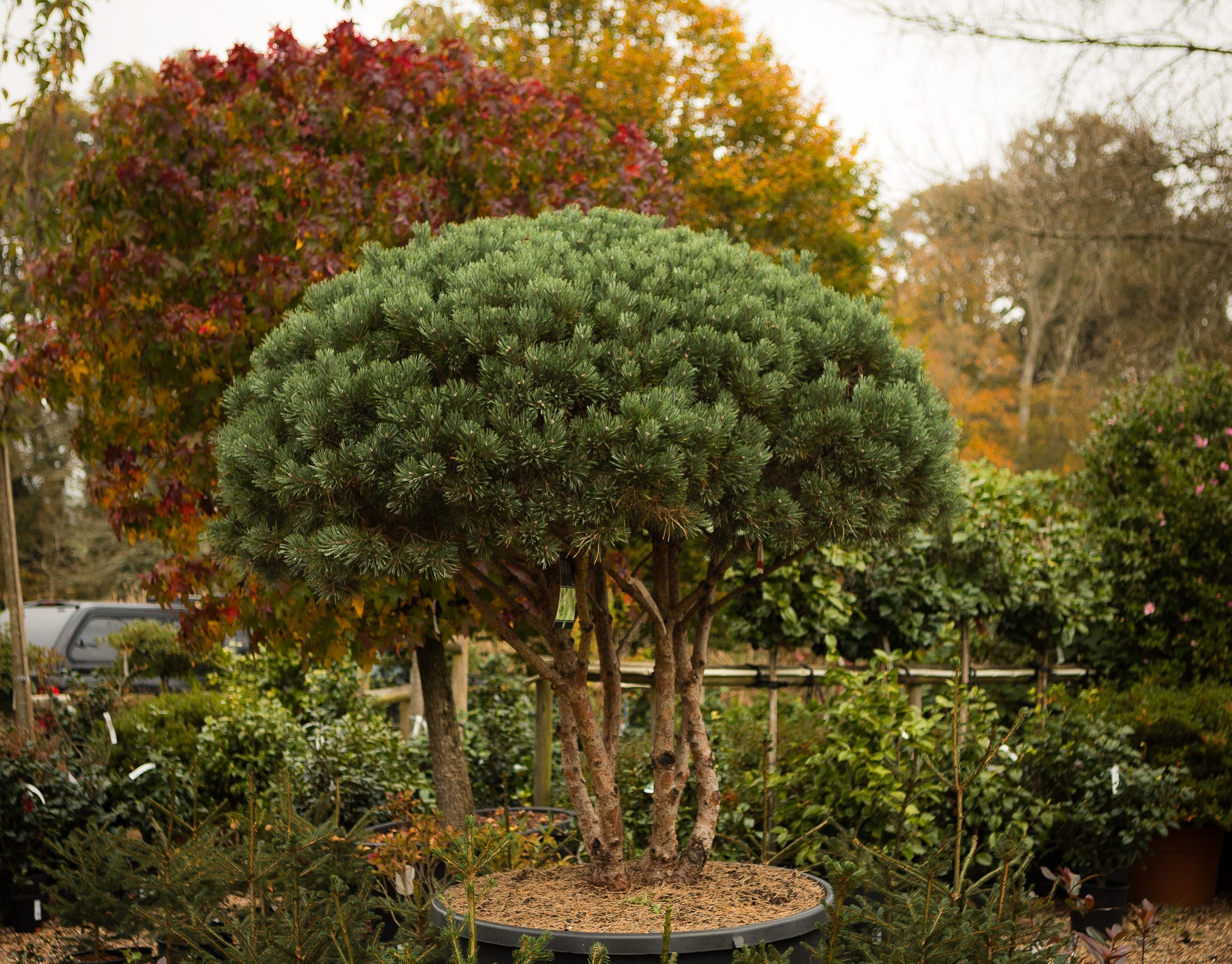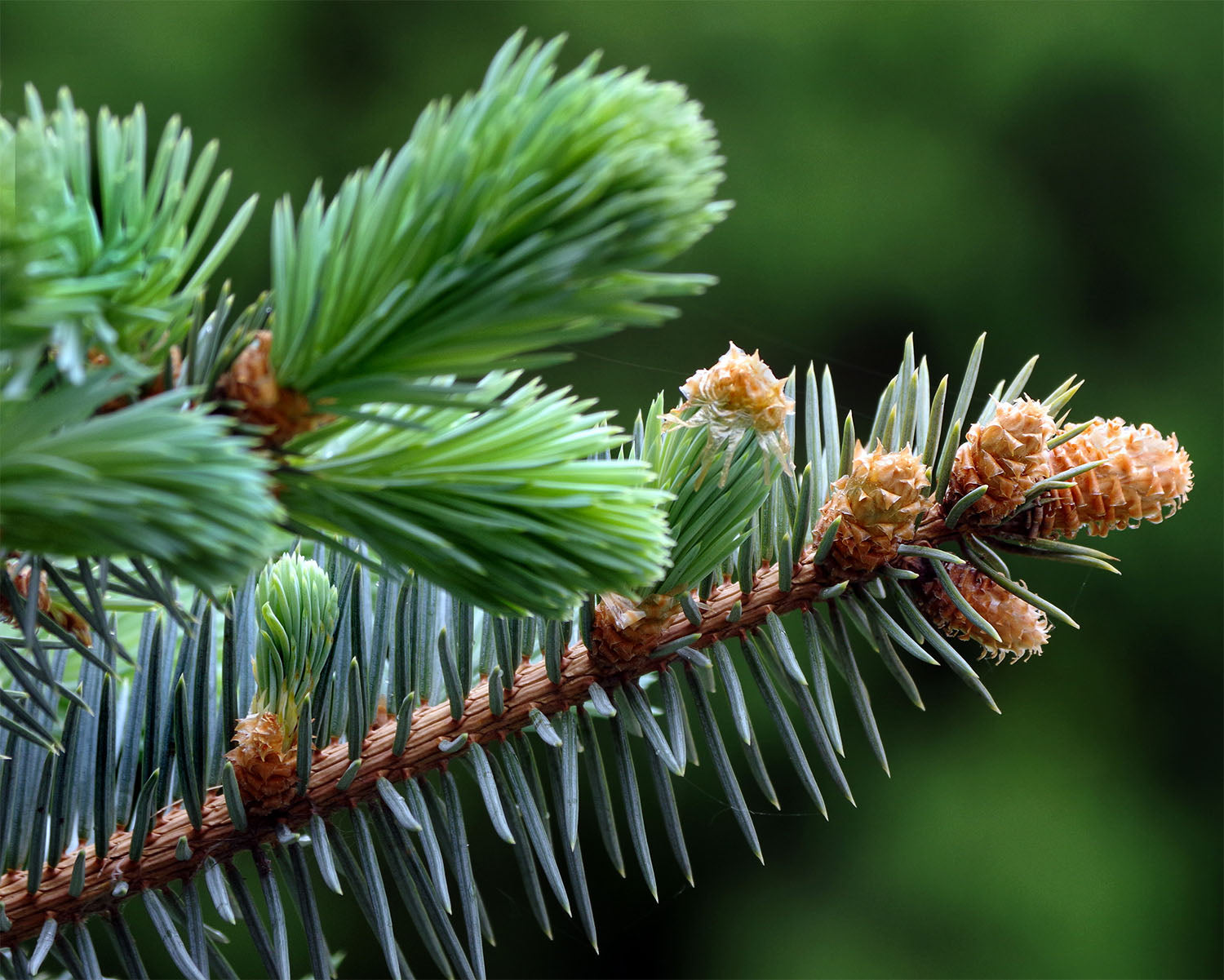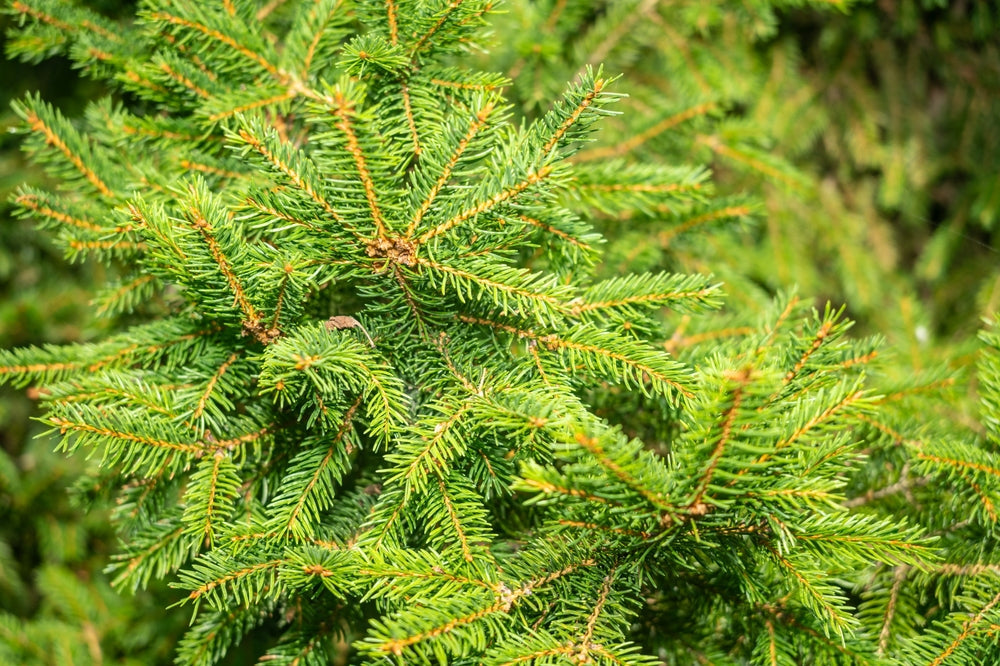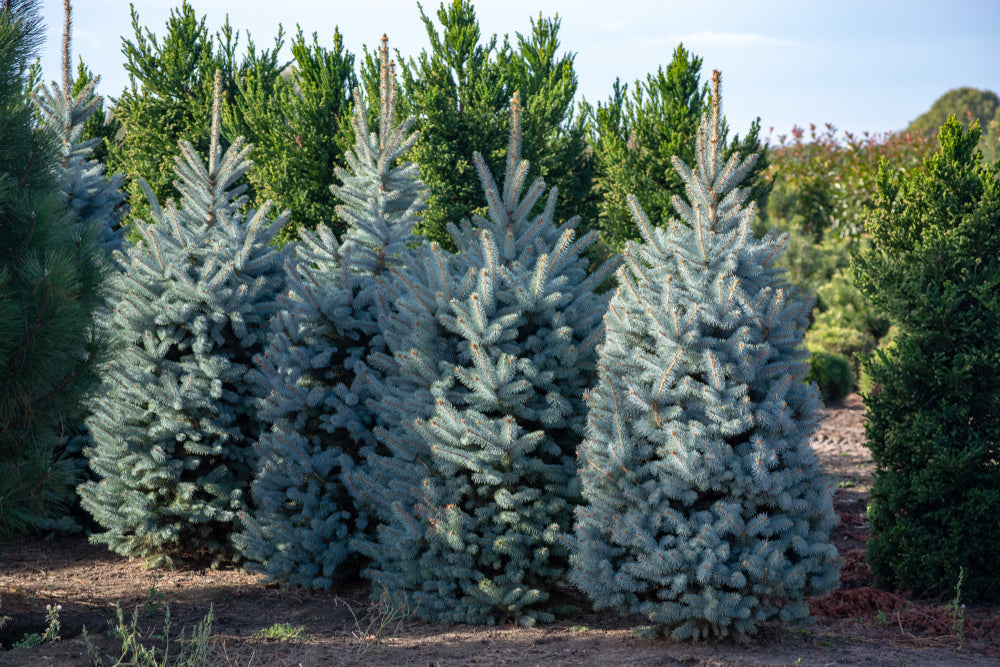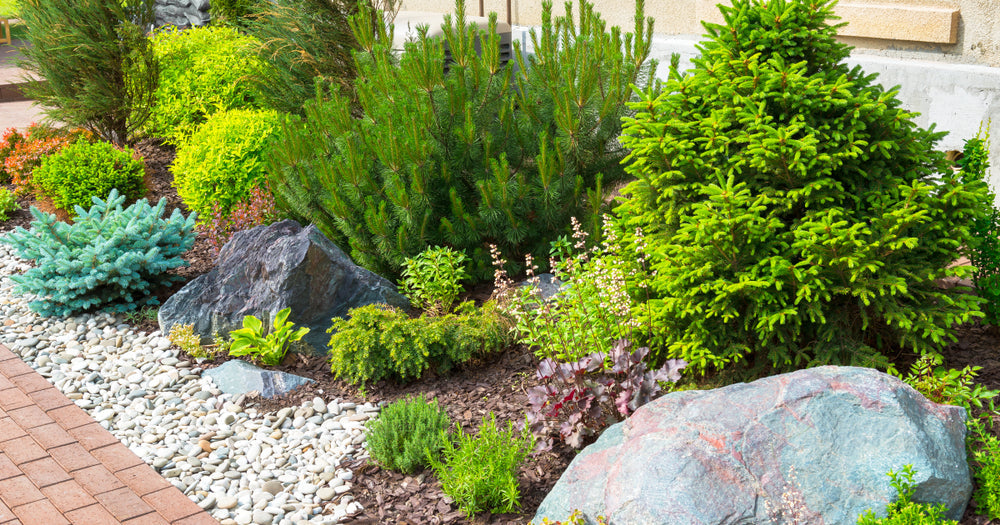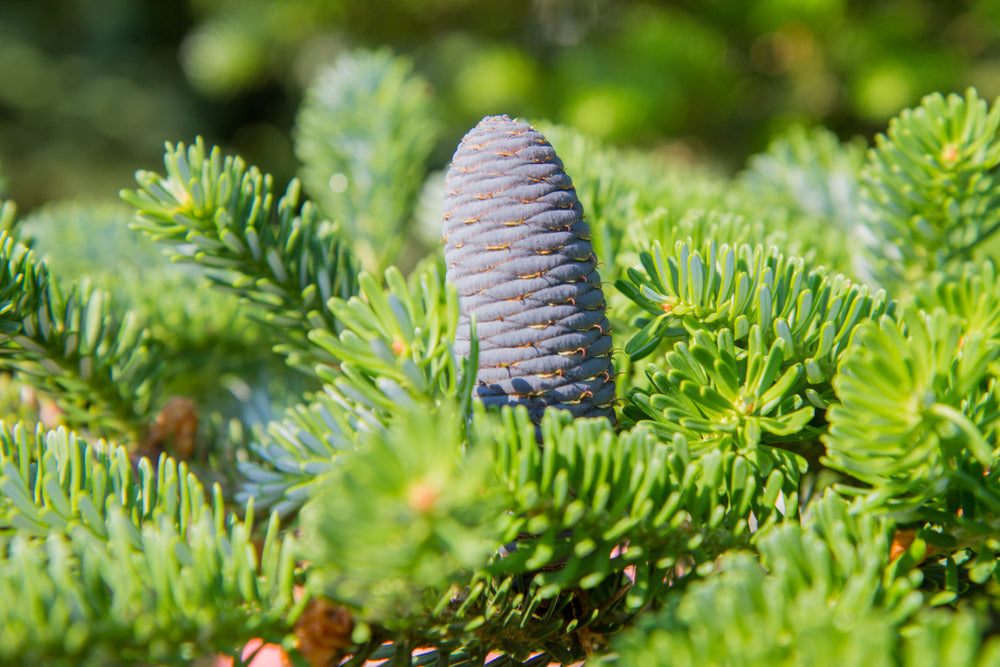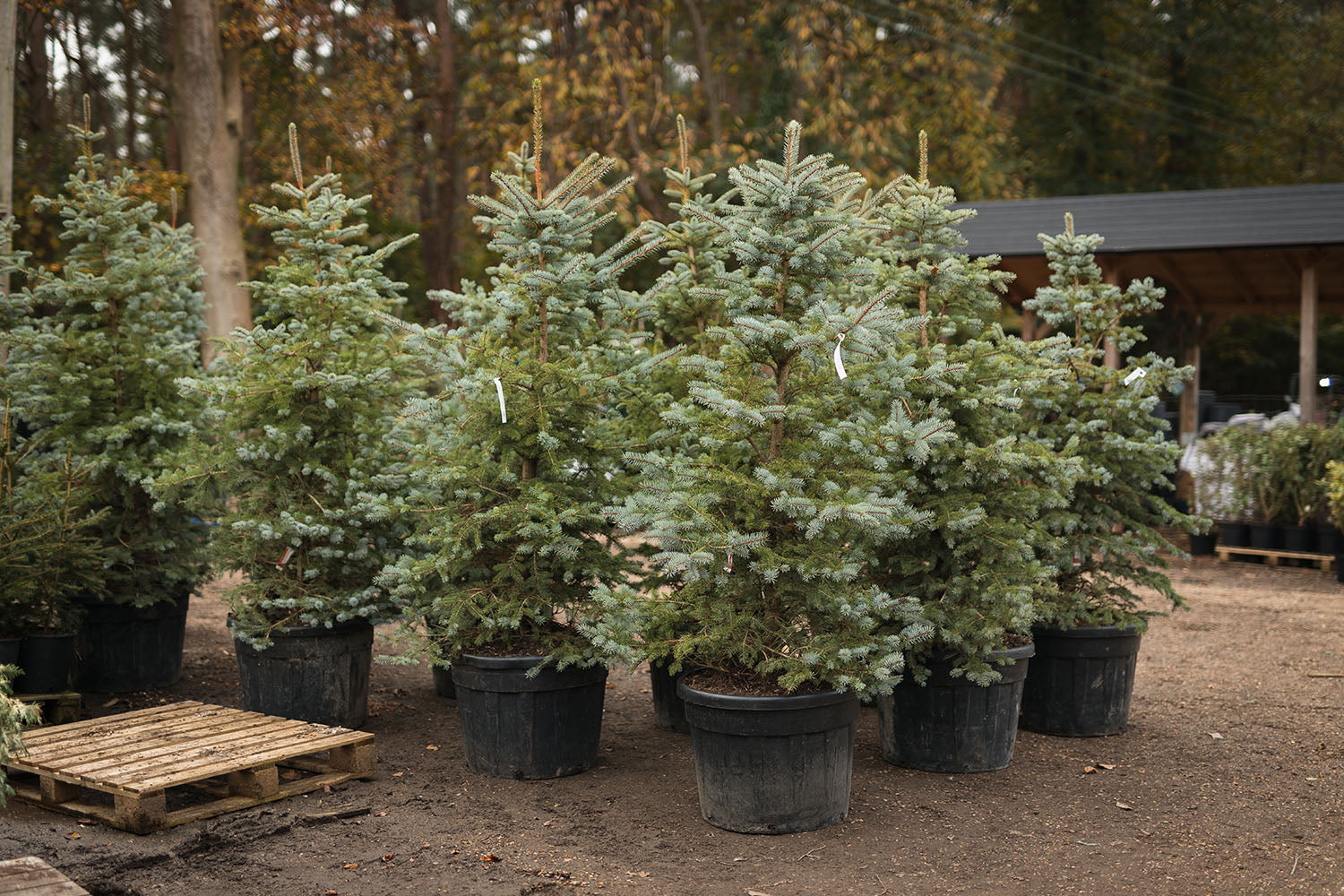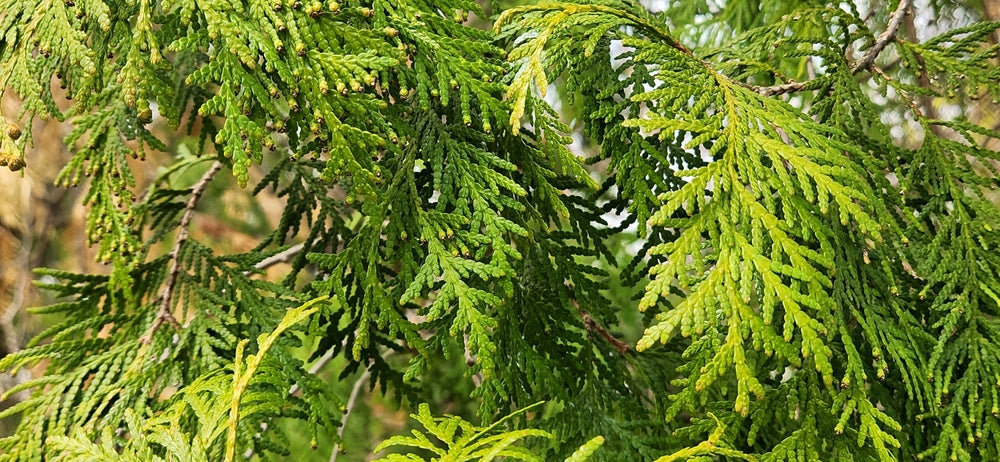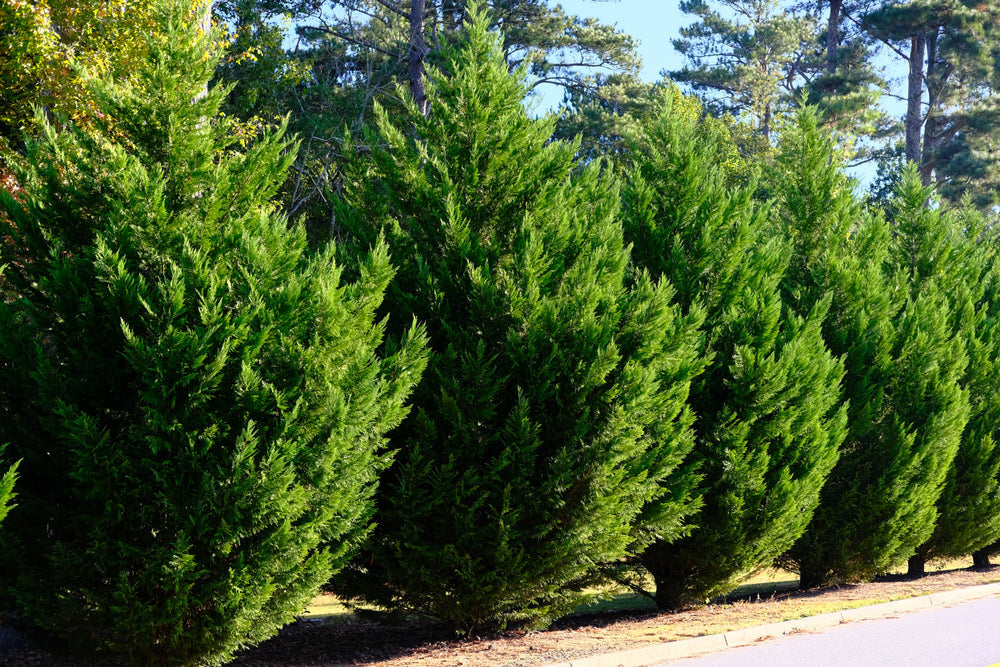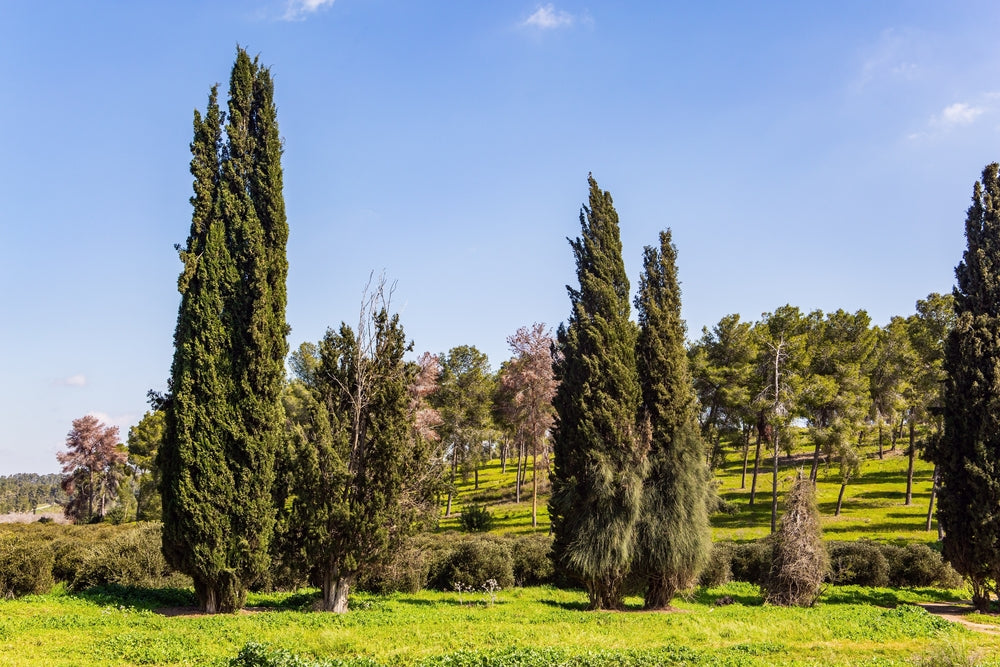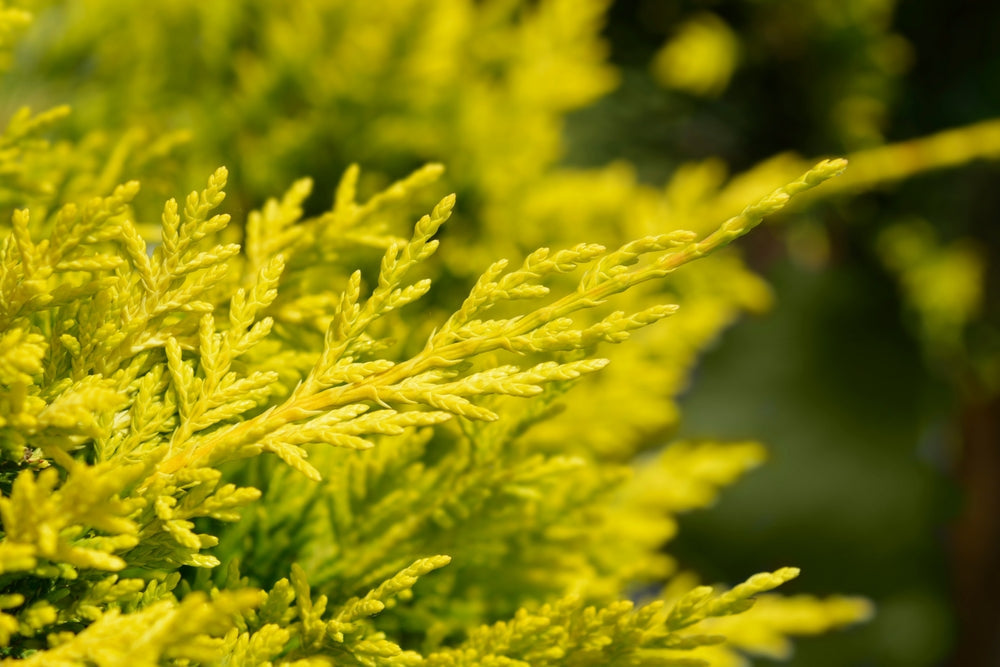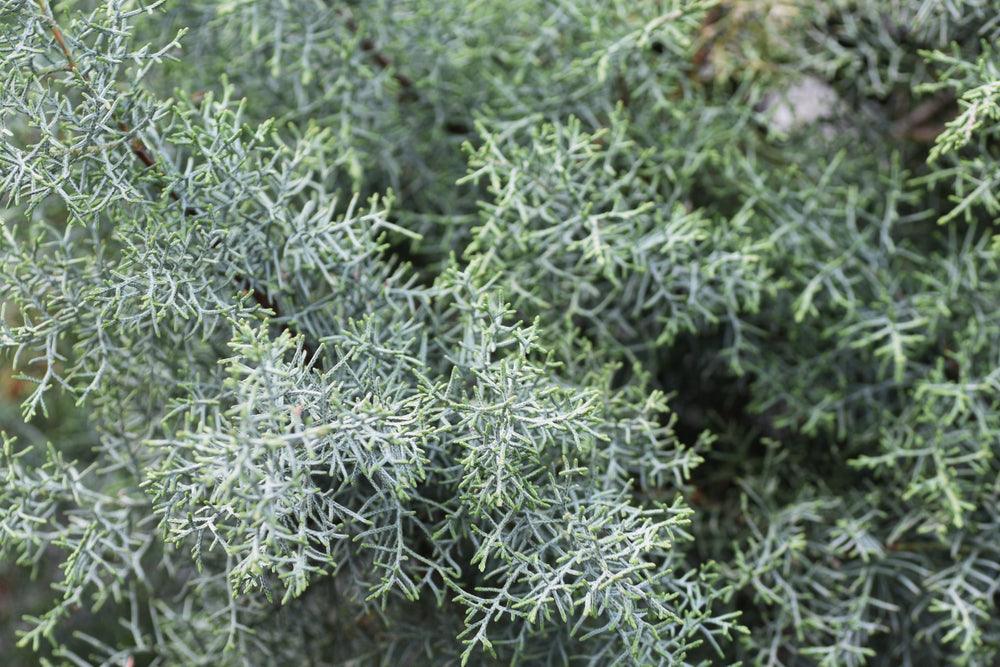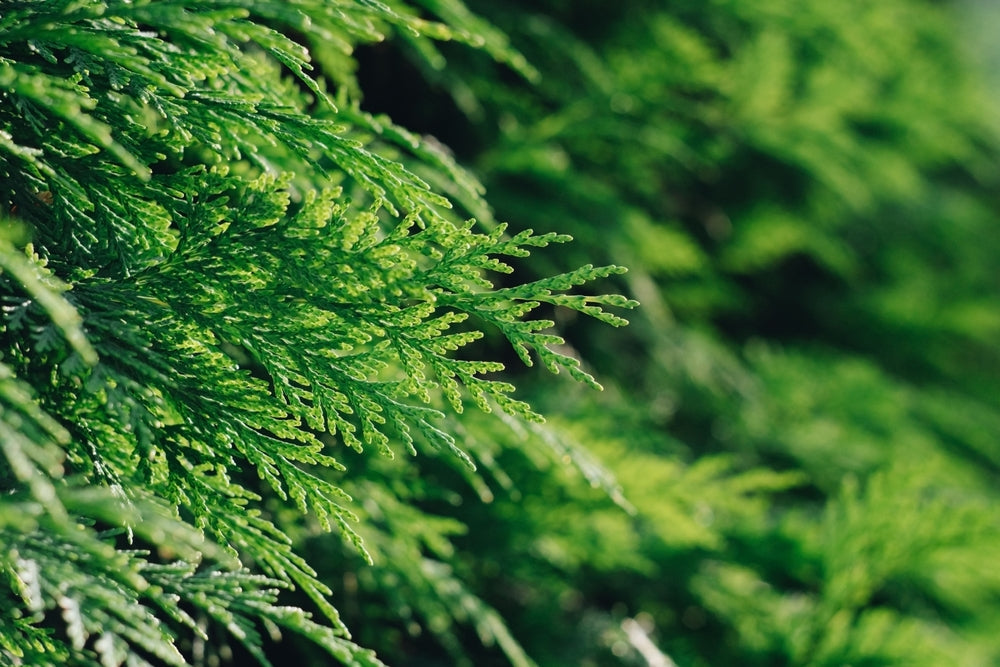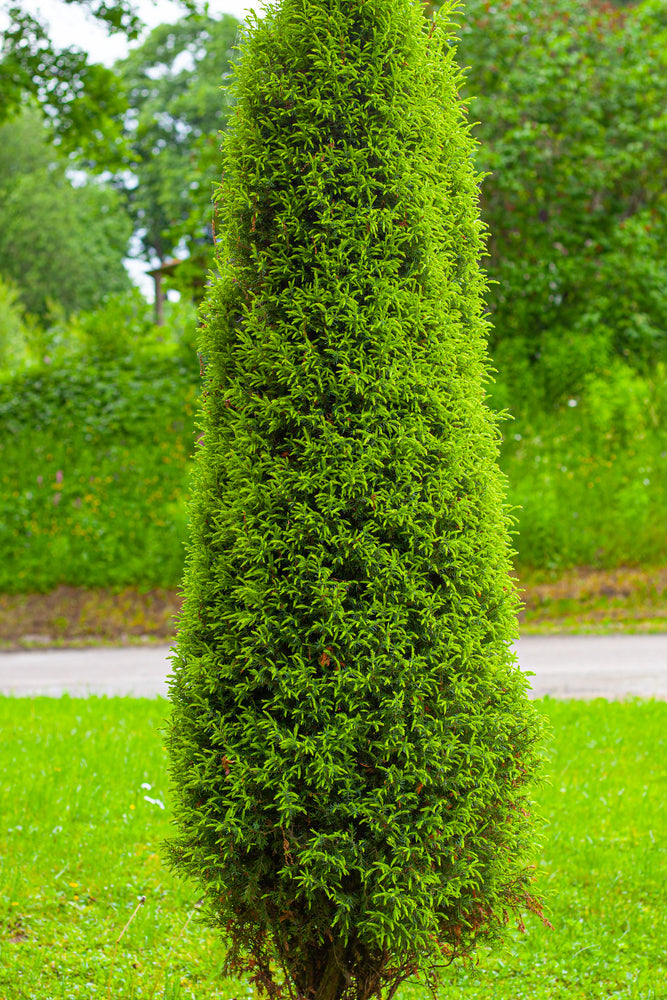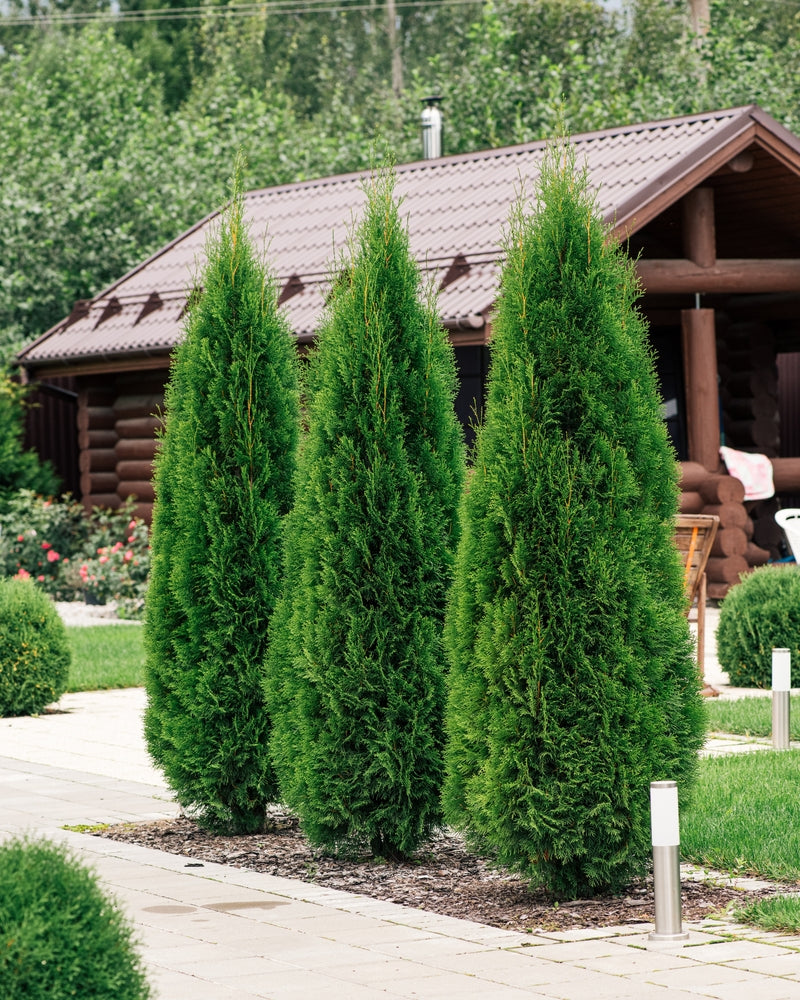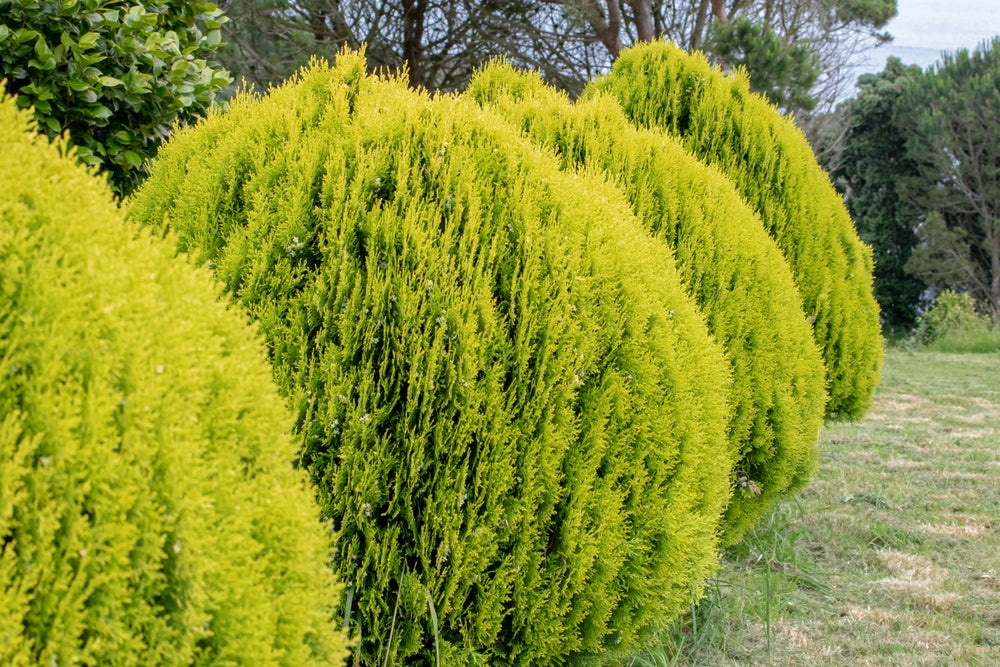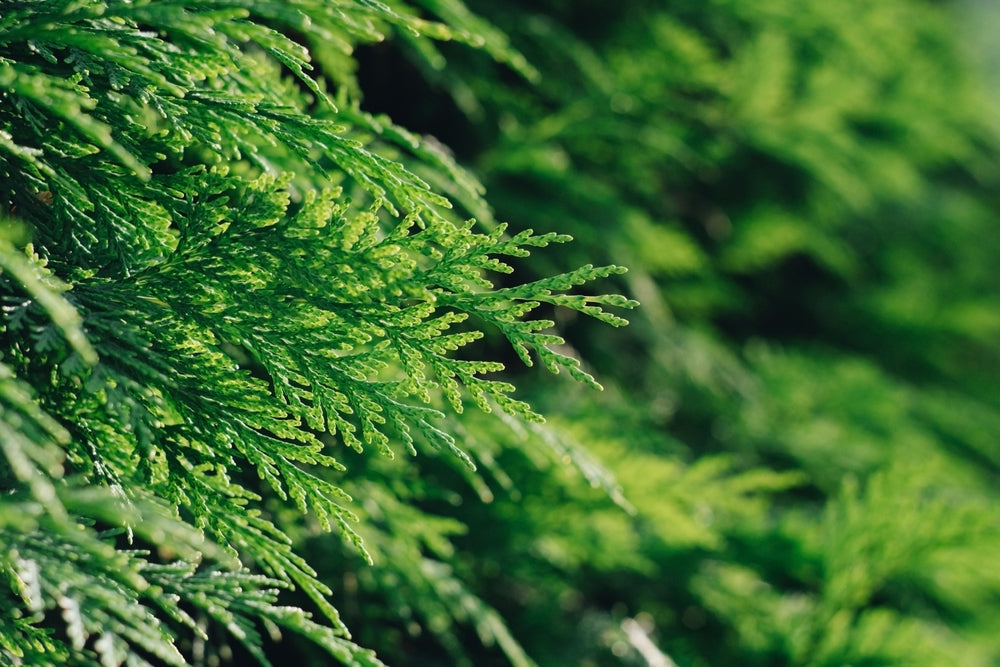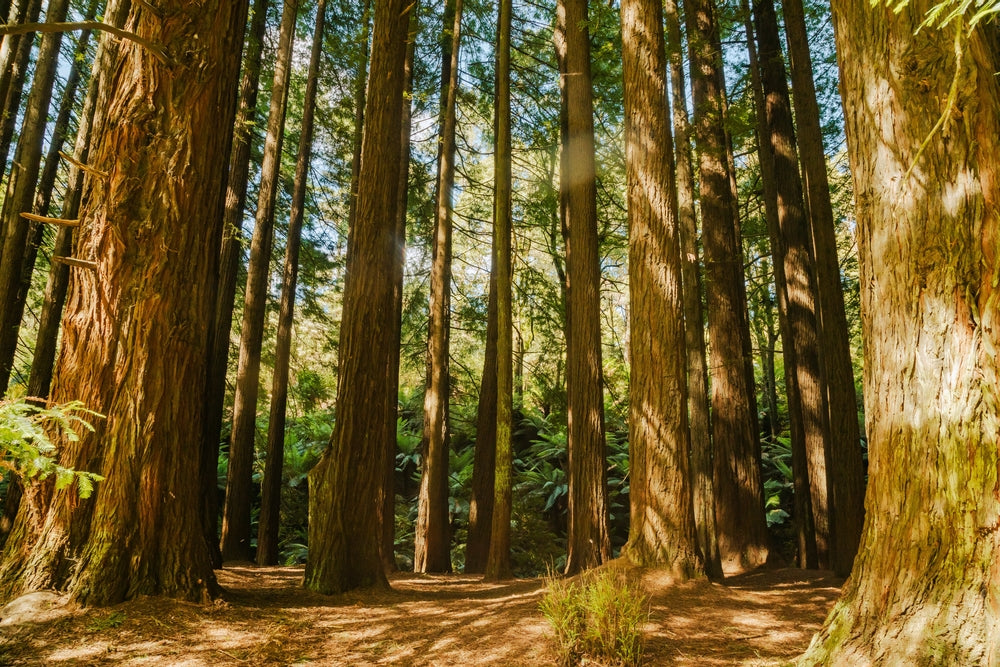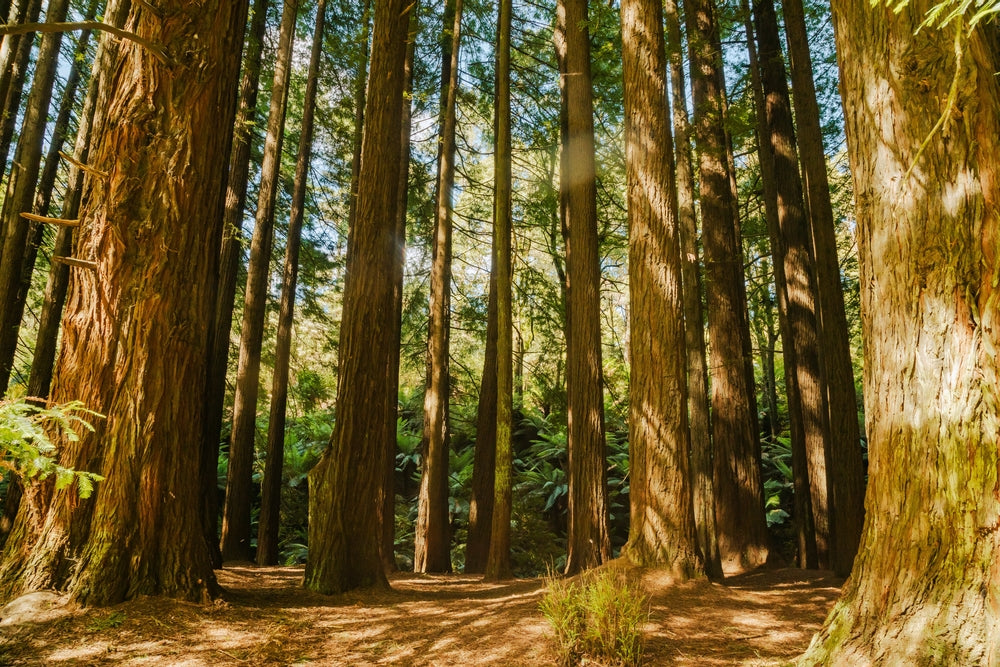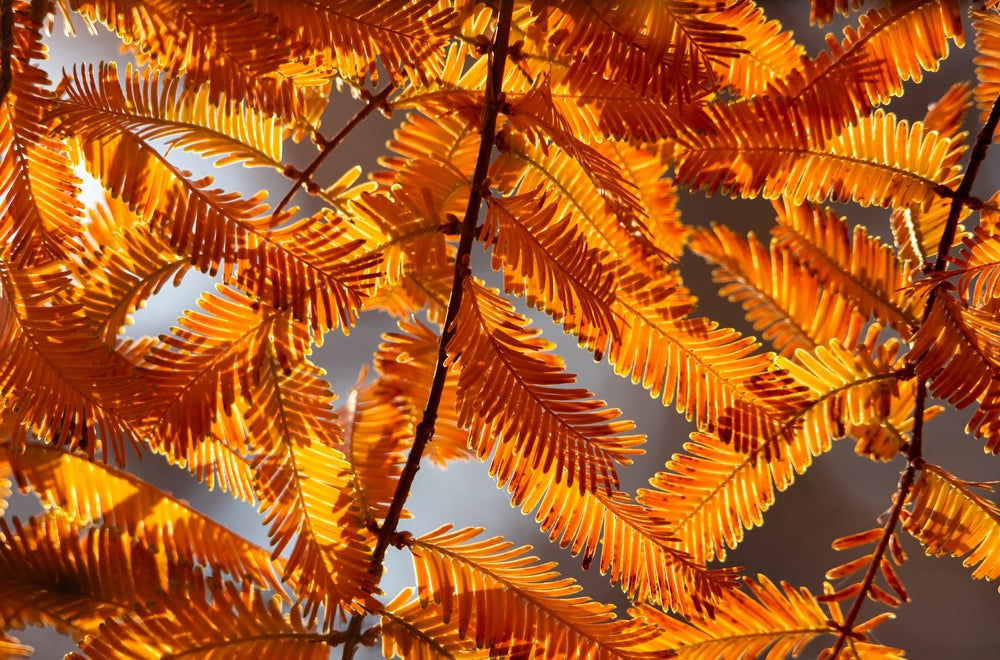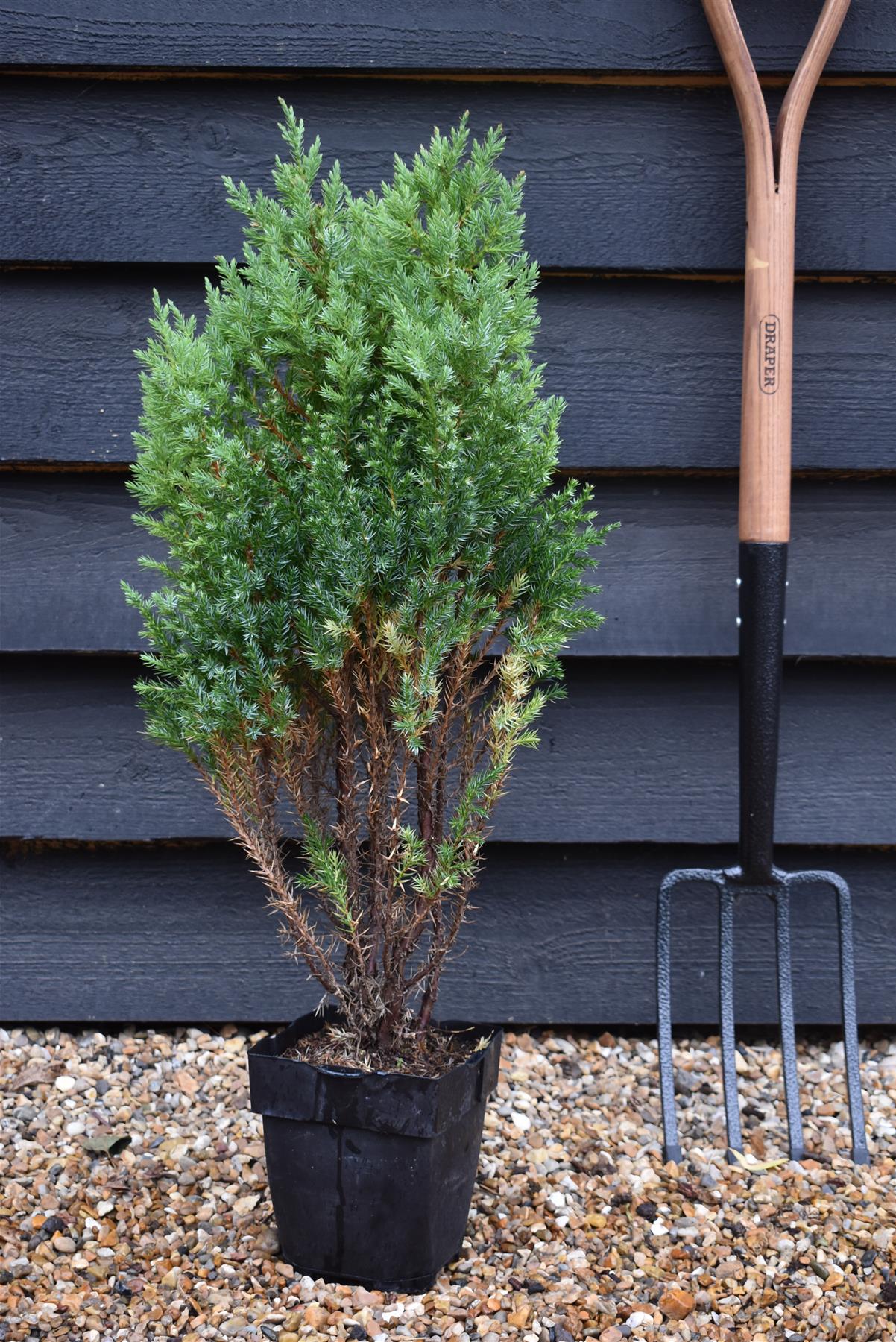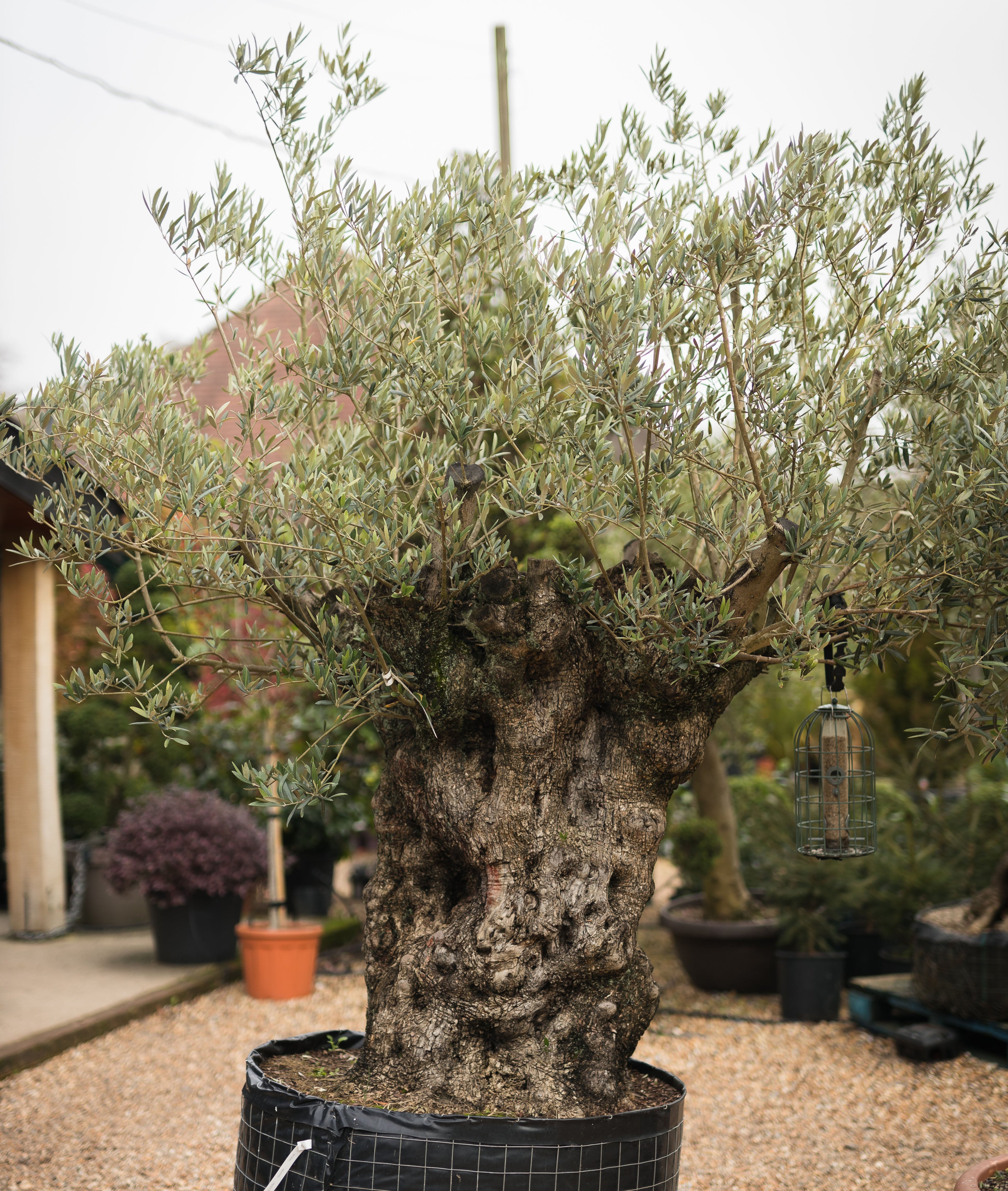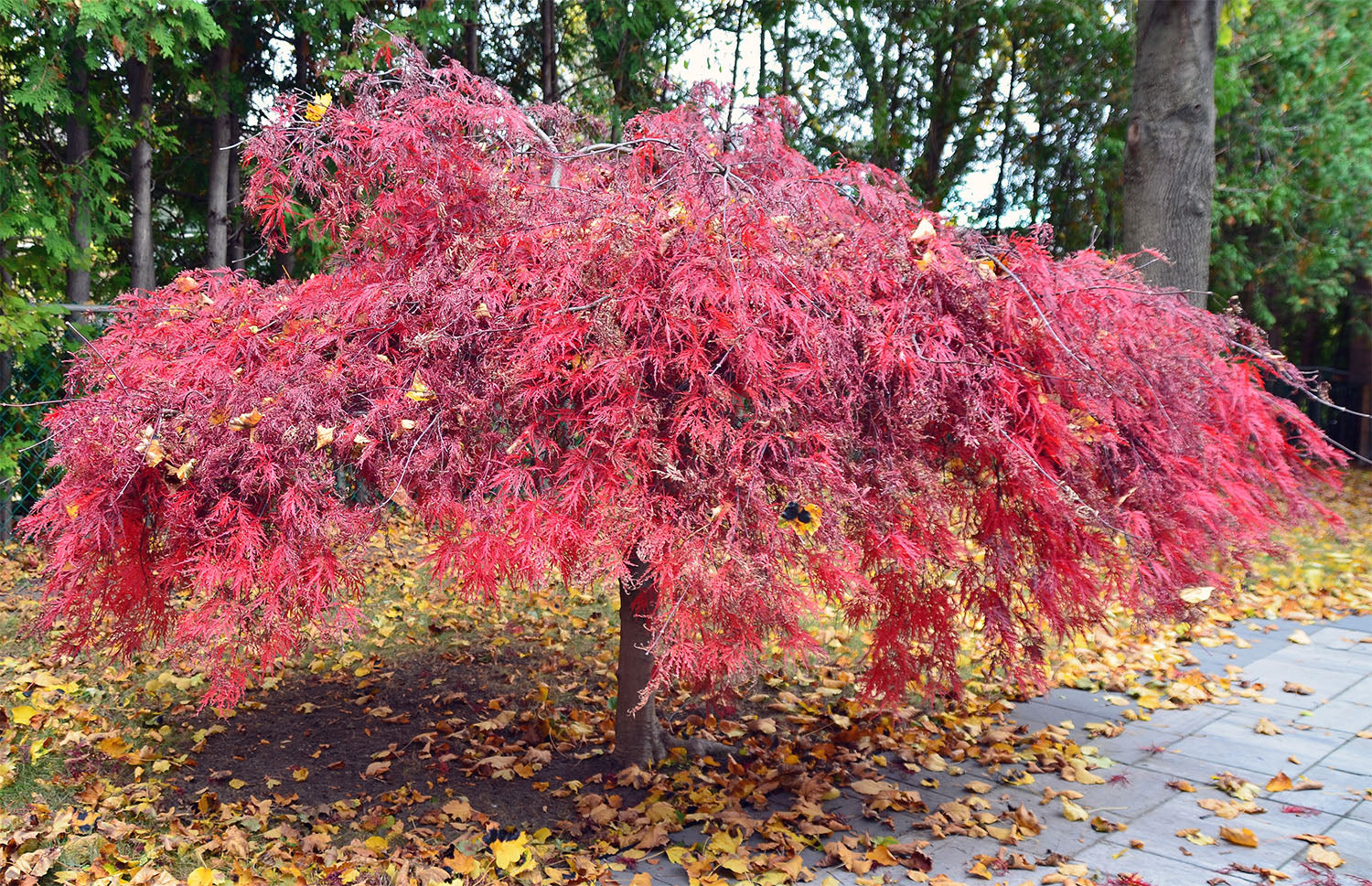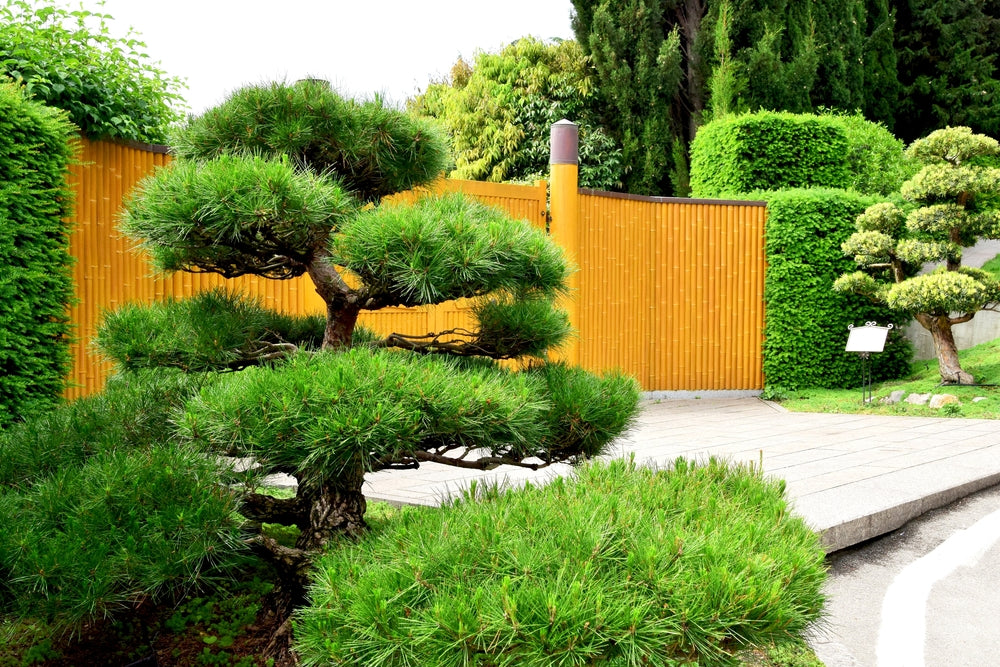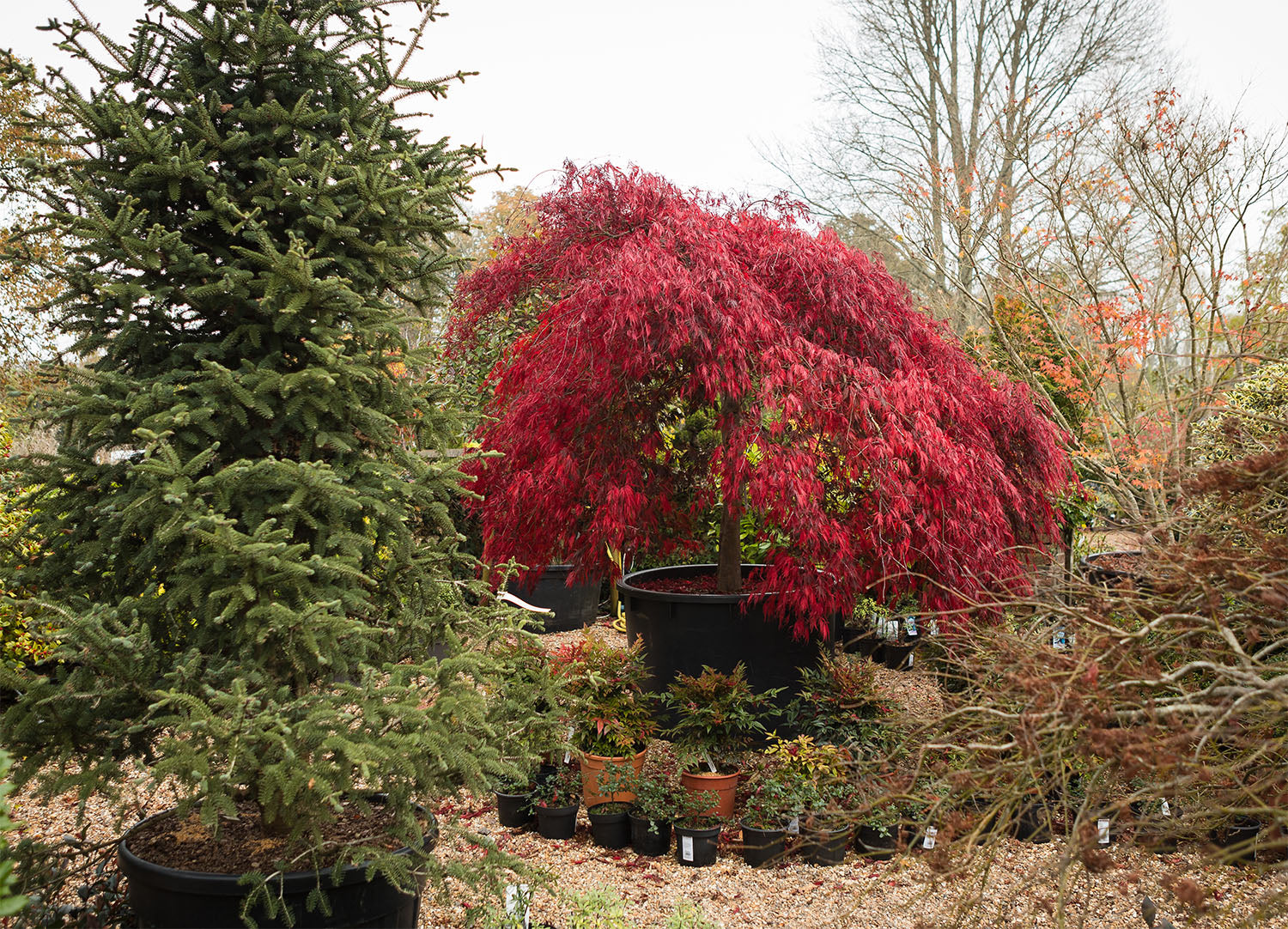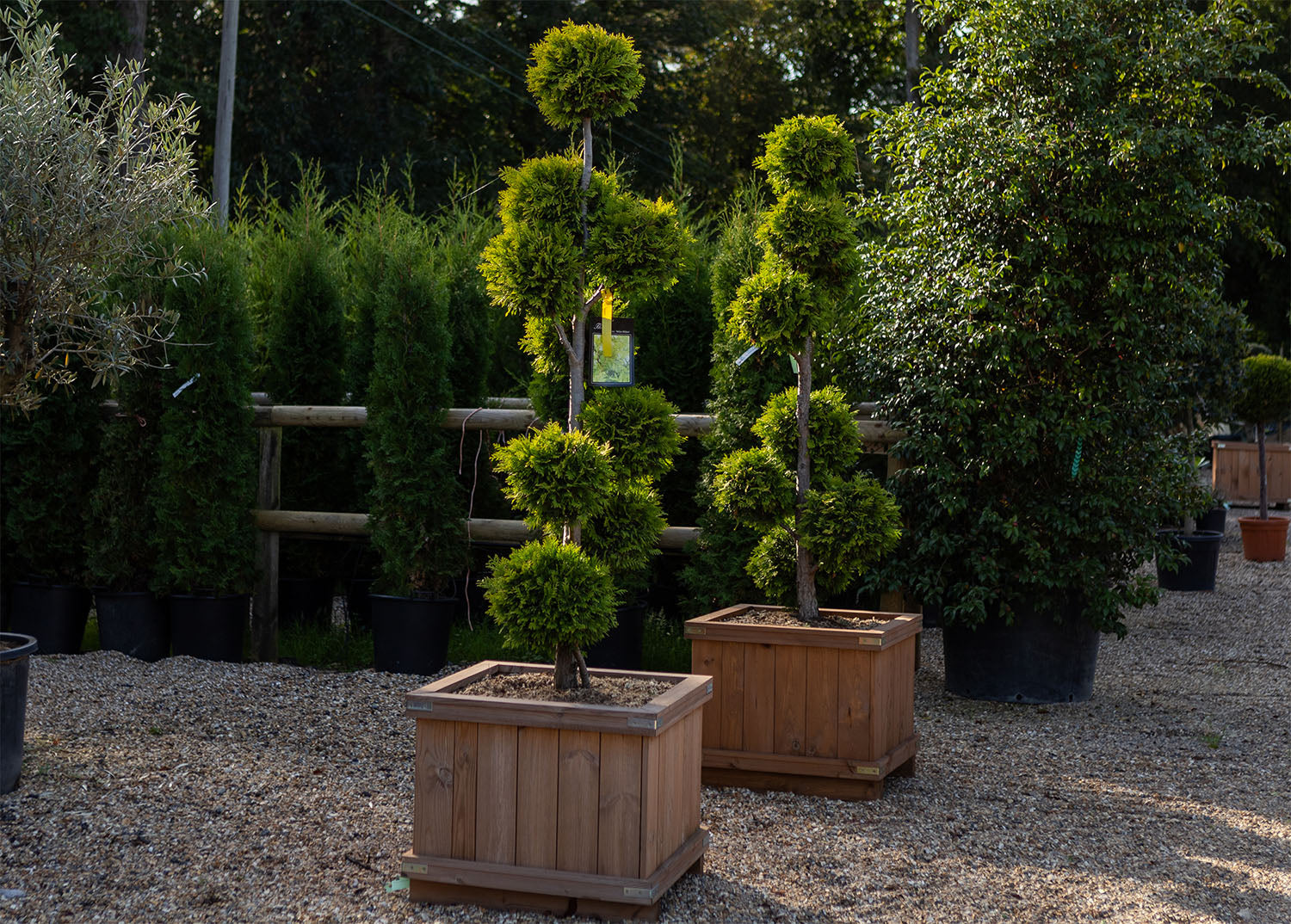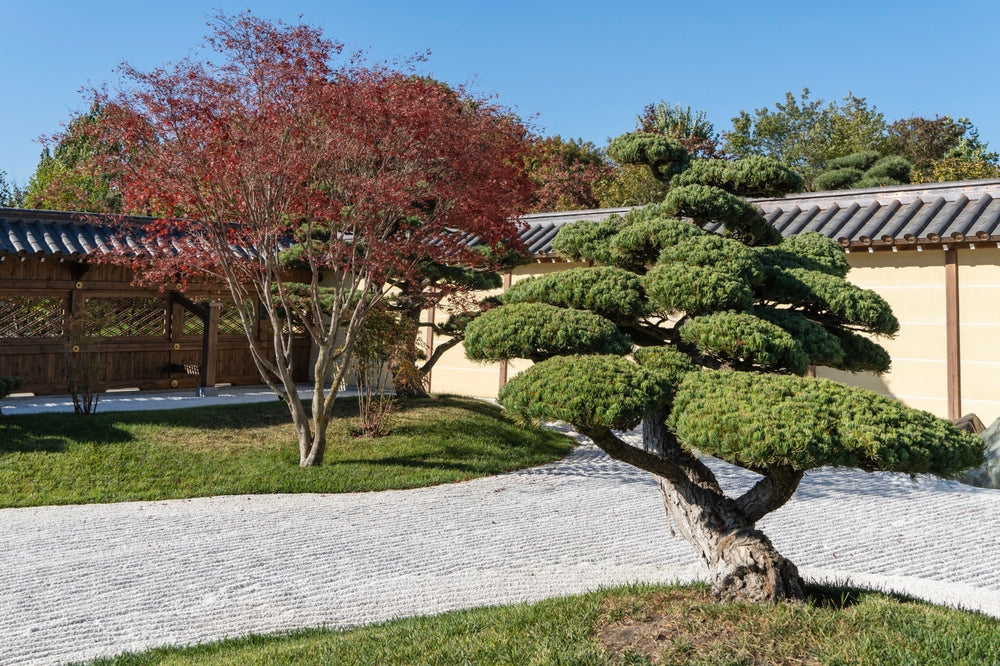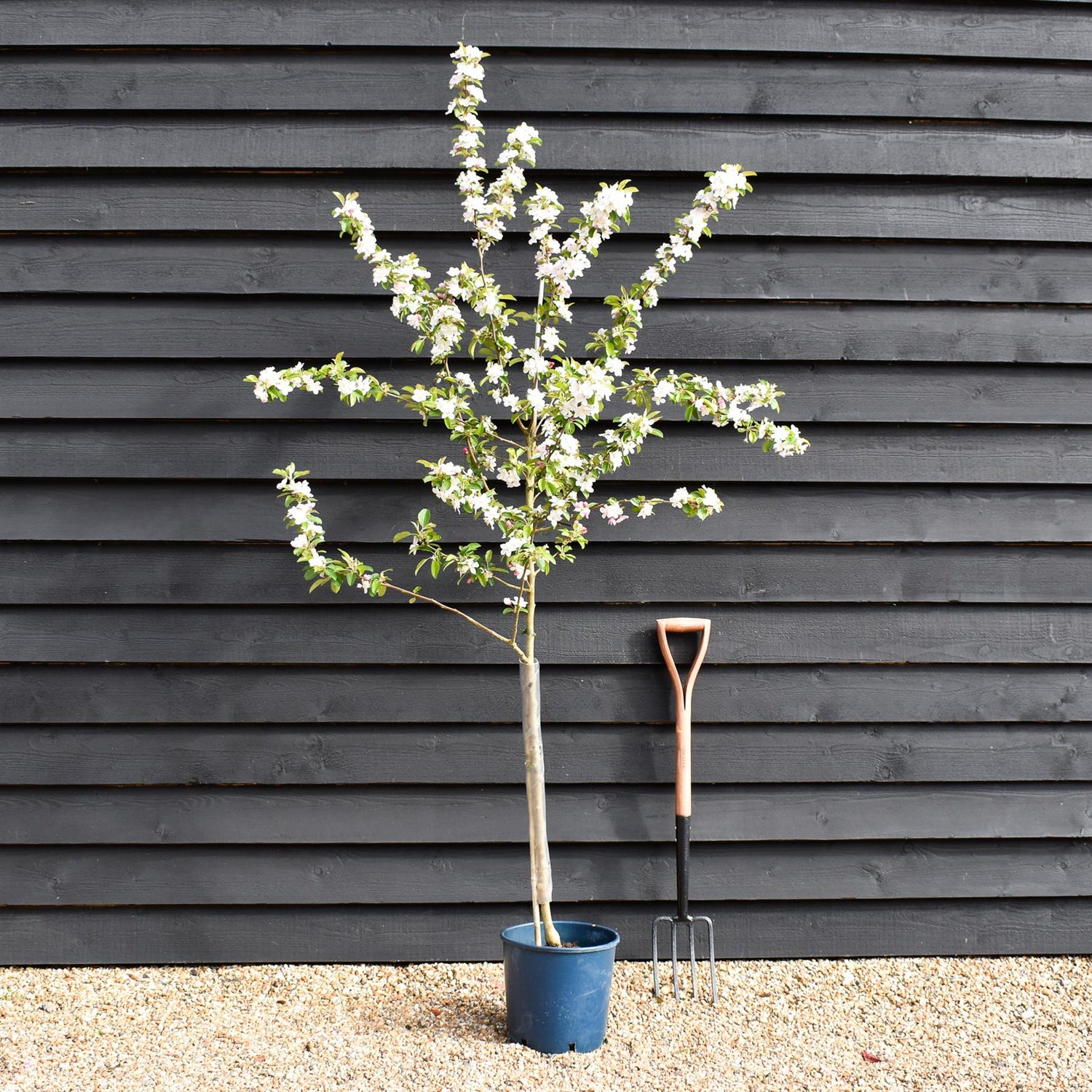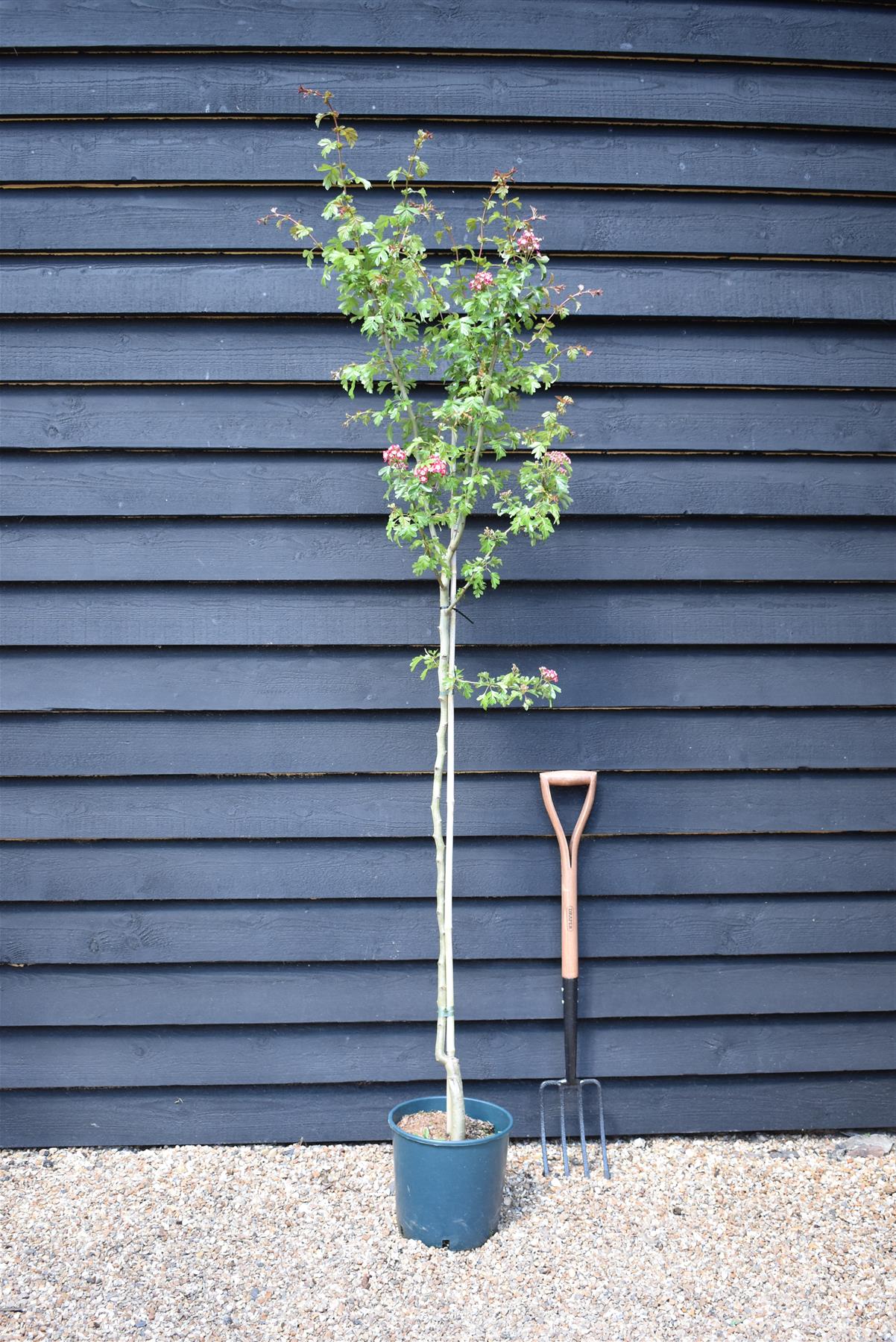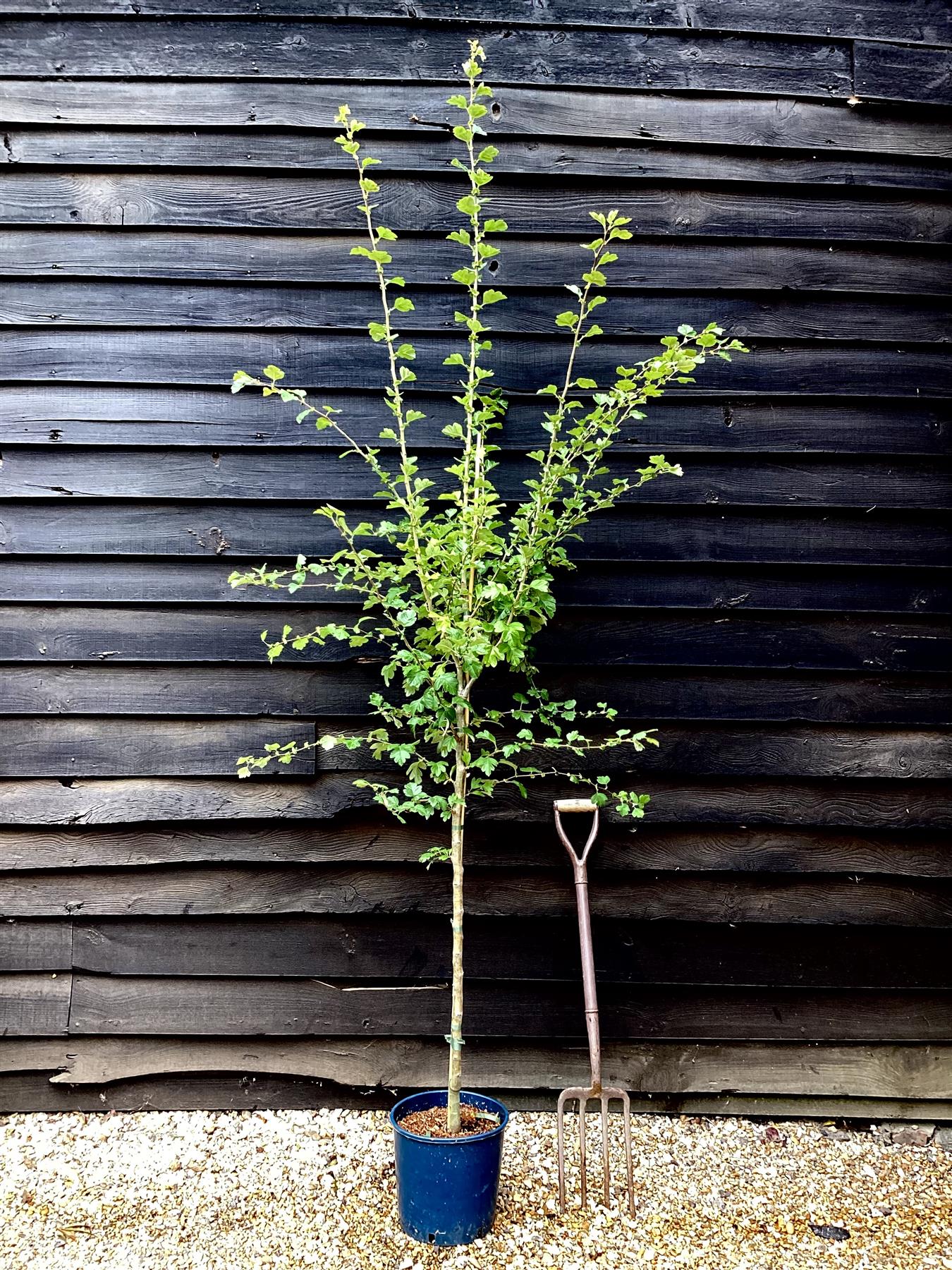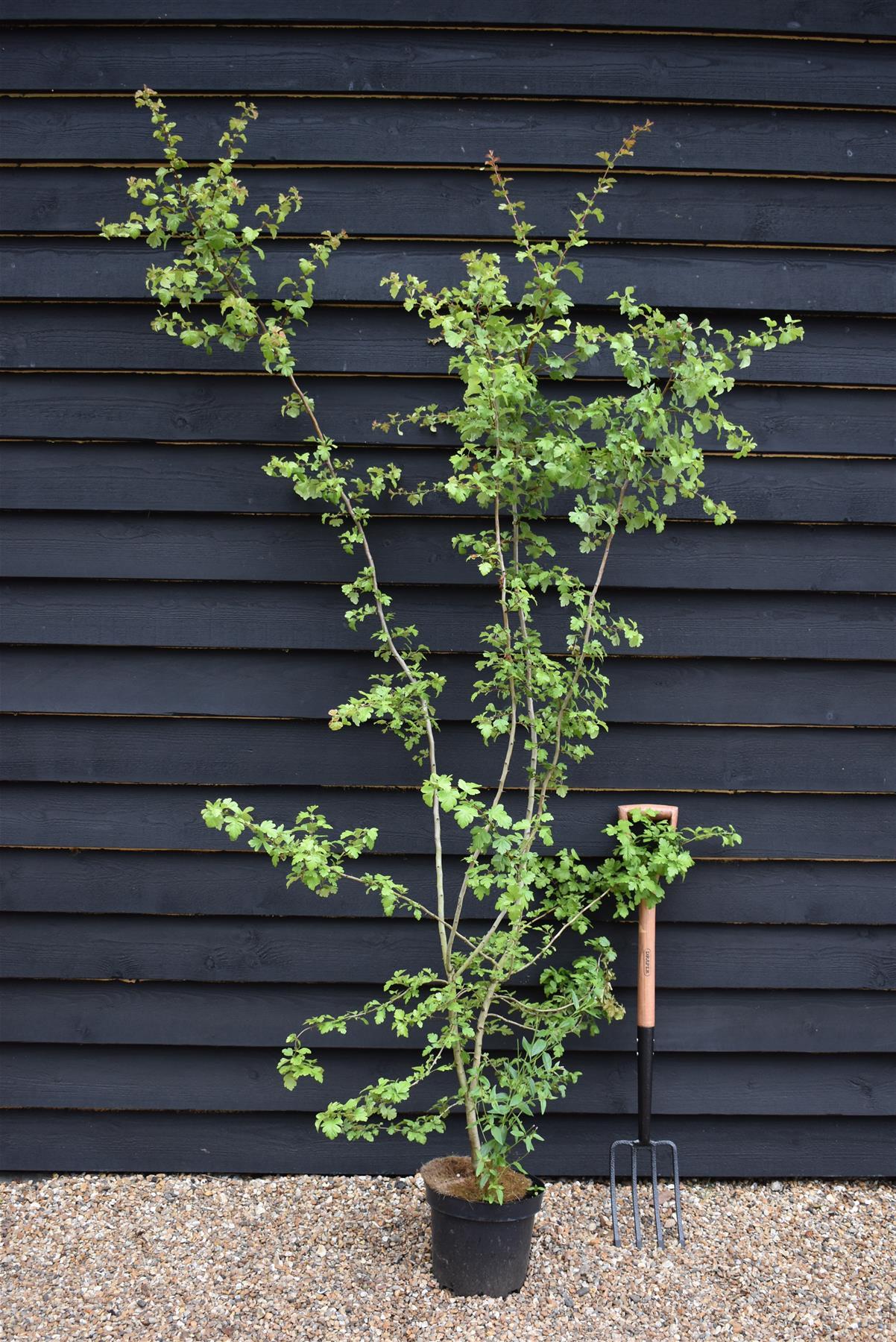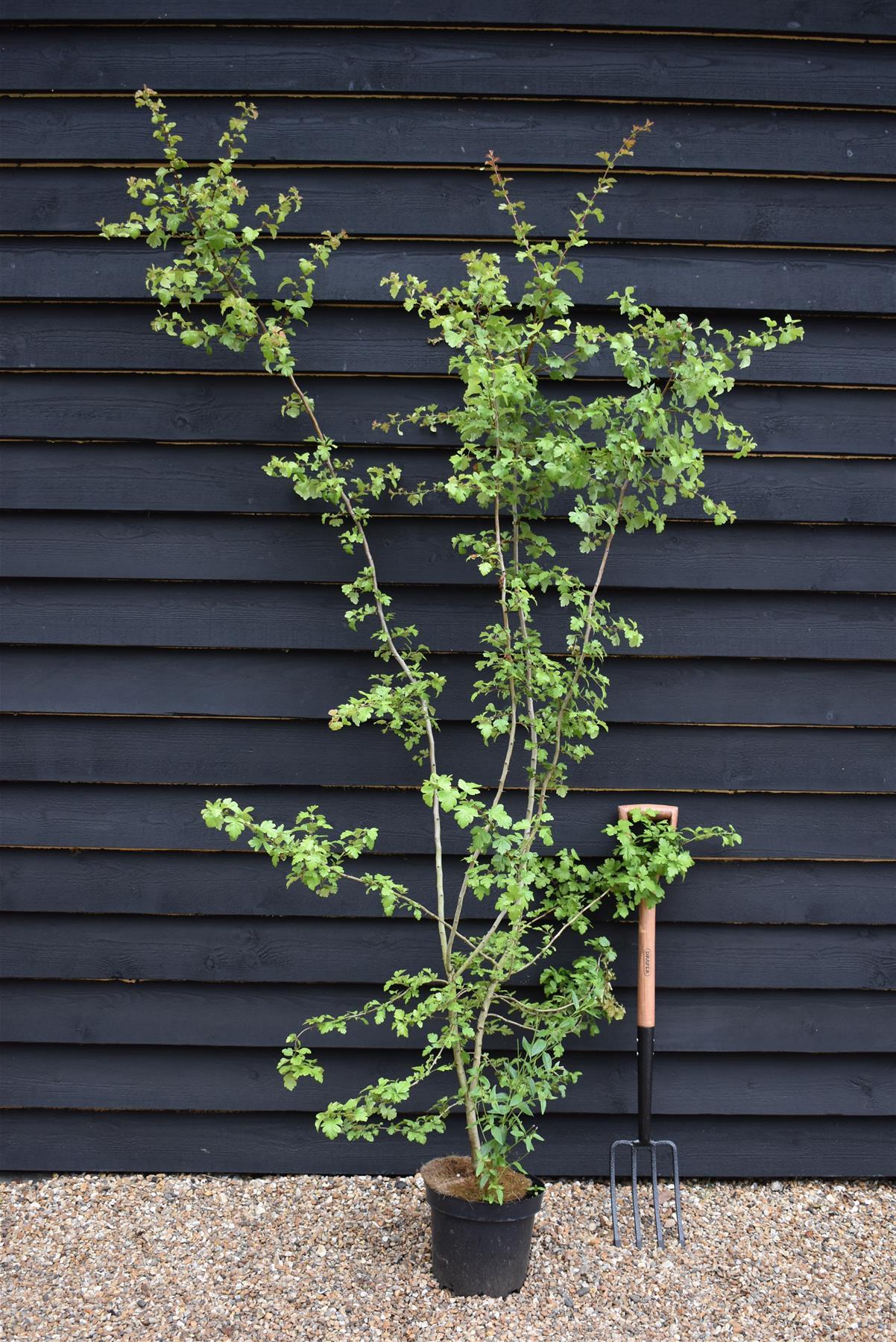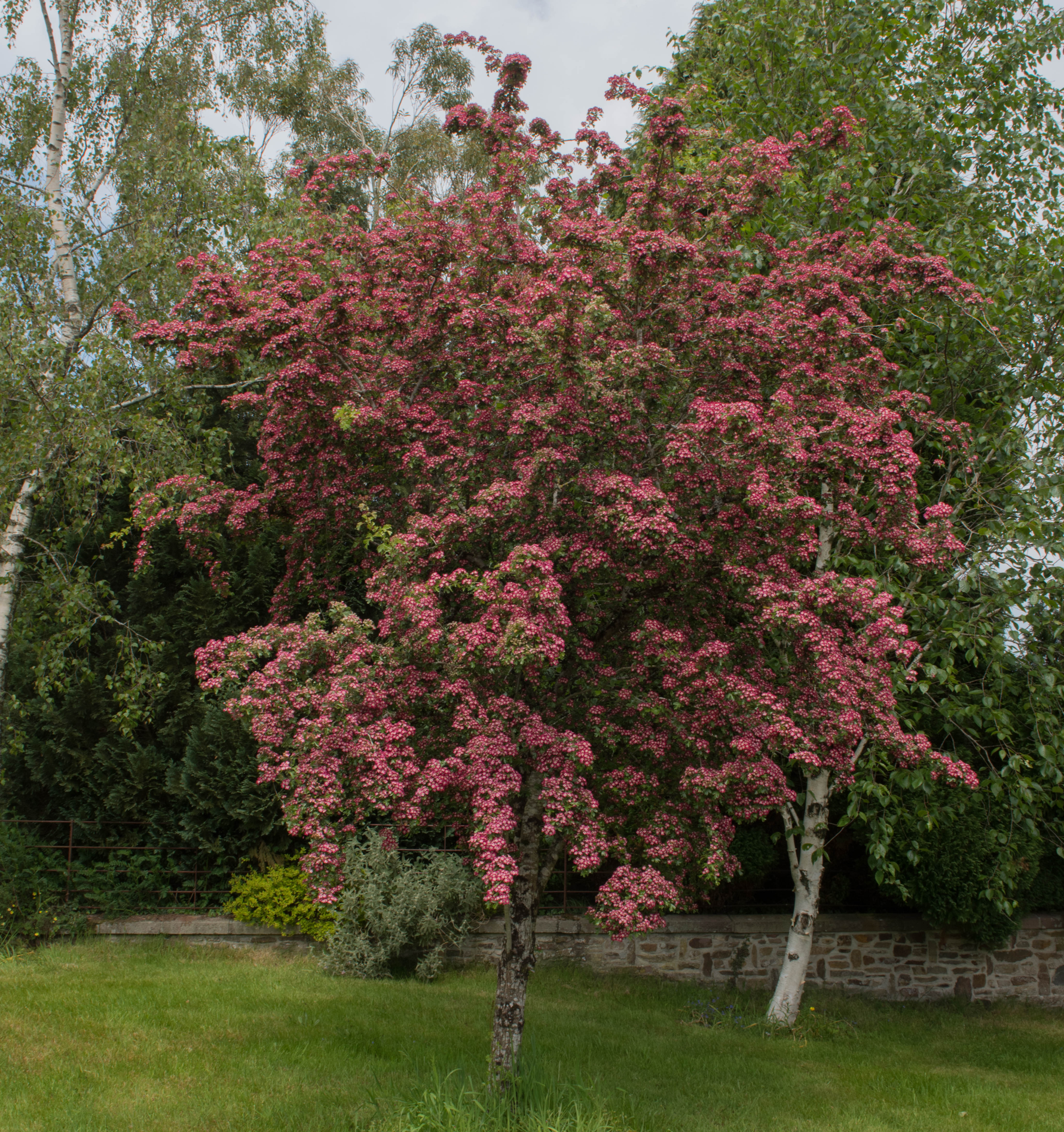3666 products
3666 products
Sort by:

Crab apple | Malus toringo 'Scarlett' - 160-180cm - 12lt
£82.00
Unit price perCrab apple | Malus toringo 'Scarlett' - 160-180cm - 12lt
£82.00
Unit price perMalus Toringo 'Scarlett' is a particularly striking and ornamental deciduous tree, known for its distinctive, vibrant autumnal foliage and its stunning spring blossoms. Originating from East Asia, this variety of crabapple tree is admired for its impressive display of colors through different seasons. It boasts brilliant crimson and purple leaves in the autumn, which stand out significantly in any garden landscape.
In the spring, 'Scarlett' delights the senses with an abundance of fragrant, delicate pink blossoms that provide a breathtaking contrast to its emerging bronze foliage. The blossoms gradually give way to small, yellow-green apples, which can be a valuable food source for wildlife.
This tree has a compact, upright growth habit, making it a suitable choice for smaller gardens or confined spaces, where it can serve as a focal point. It is relatively hardy and adaptable to a range of soil types, and it has a moderate growth rate.
Malus Toringo 'Scarlett' does not only offer ornamental appeal through its changing colors but also contributes to biodiversity by attracting pollinators during its blooming period. This versatility makes it an appealing choice for those looking to combine aesthetic pleasure with ecological benefits in their gardens.
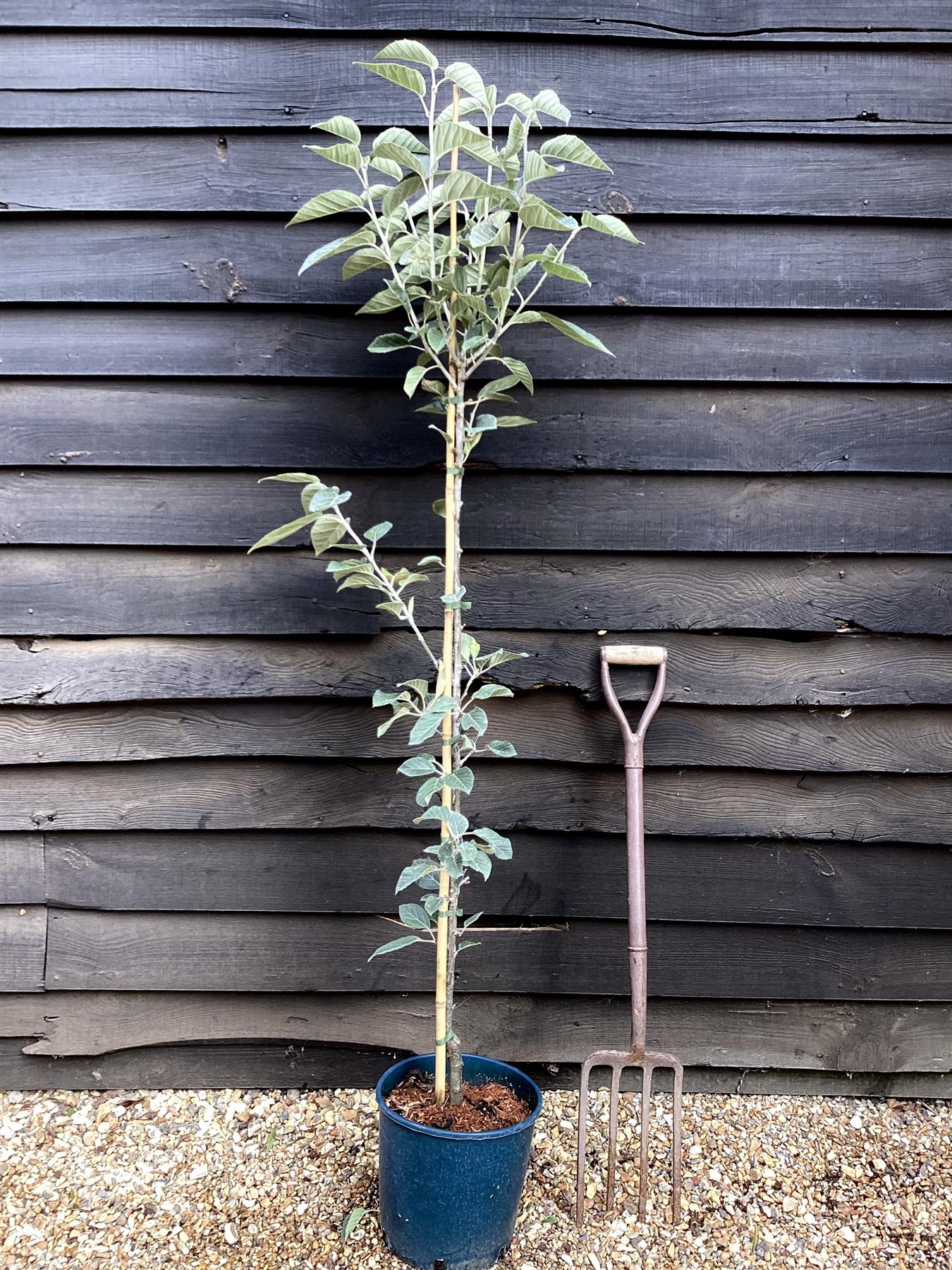
Crab apple | Malus tschonoskii - 160-180cm - 12lt
£76.00
Unit price perCrab apple | Malus tschonoskii - 160-180cm - 12lt
£76.00
Unit price perMalus tschonoskii, known as the Chonosuki crabapple, is a species of deciduous tree native to Japan. It is esteemed for its ornamental value, exhibiting a breathtaking array of color throughout the seasons. In spring, it produces a profusion of delicate white or pale pink flowers that attract various pollinators. The blossoms are a visual spectacle and are highly fragrant, contributing to the sensory experience of the landscape.
The tree's leaves are also notable, starting as a fresh green color in spring and transforming into striking shades of red, orange, and purple in autumn, providing a vibrant fall display. The leaves are simple and alternate with a serrated margin. In addition to its colorful foliage and flowers, the tree bears small, red to yellowish, inedible fruit in the fall, which adds another layer of visual interest.
Malus tschonoskii is a medium-sized tree, typically reaching heights of 6 to 12 meters. It is adaptable to a range of soil types but prefers well-drained, moist soil and a sunny location. It’s known for its upright, columnar growth habit, making it an excellent choice for smaller spaces or as a specimen tree in mixed borders. The tree is resilient and relatively low-maintenance, often utilized in urban landscaping projects for its aesthetic appeal and hardiness.
Crab apple | Malus tschonoskii - Height 200-220cm - 20lt
£105.00
Unit price perCrab apple | Malus tschonoskii - Height 200-220cm - 20lt
£105.00
Unit price perMalus tschonoskii, known as the Chonosuki crabapple, is a species of deciduous tree native to Japan. It is esteemed for its ornamental value, exhibiting a breathtaking array of color throughout the seasons. In spring, it produces a profusion of delicate white or pale pink flowers that attract various pollinators. The blossoms are a visual spectacle and are highly fragrant, contributing to the sensory experience of the landscape.
The tree's leaves are also notable, starting as a fresh green color in spring and transforming into striking shades of red, orange, and purple in autumn, providing a vibrant fall display. The leaves are simple and alternate with a serrated margin. In addition to its colorful foliage and flowers, the tree bears small, red to yellowish, inedible fruit in the fall, which adds another layer of visual interest.
Malus tschonoskii is a medium-sized tree, typically reaching heights of 6 to 12 meters. It is adaptable to a range of soil types but prefers well-drained, moist soil and a sunny location. It’s known for its upright, columnar growth habit, making it an excellent choice for smaller spaces or as a specimen tree in mixed borders. The tree is resilient and relatively low-maintenance, often utilized in urban landscaping projects for its aesthetic appeal and hardiness.
Crab apple | Malus Yellow Siberian - 160-180cm - 12lt
£78.00
Unit price perCrab apple | Malus Yellow Siberian - 160-180cm - 12lt
£78.00
Unit price perMalus 'Yellow Siberian' is a distinctive variety of crabapple tree notable for its hardiness and ornamental value. Native to Siberia, it is resilient and adapts well to diverse climates and soil conditions, making it an excellent choice for a wide range of landscapes. This deciduous tree flourishes in full sun, offering optimal flowering and fruit production in well-drained soils.
In spring, the Malus 'Yellow Siberian' captivates with abundant, fragrant white blossoms that attract pollinators, contributing to the local ecosystem. The lush, green foliage creates a dense canopy, providing ample shade during the summer months.
The tree's ornamental appeal continues into fall when it produces vibrant yellow crabapples. These fruits are small and typically not favored for human consumption but serve as a valuable food source for birds and other wildlife throughout the colder months. The striking yellow fruit contrasts beautifully with the autumn foliage, creating a visual spectacle in any garden.
In addition to its aesthetic appeal, Malus 'Yellow Siberian' is prized for its disease resistance, notably to apple scab, making it a relatively low-maintenance option for gardeners. Its robust nature, combined with its ornamental features, makes the Yellow Siberian a popular choice among both novice and experienced gardeners.
Crataegus laevigata 'Crimson Cloud' - 140-180cm, 10lt
£85.00
Unit price perCrataegus laevigata 'Crimson Cloud' - 140-180cm, 10lt
£85.00
Unit price perCrataegus Laevigata 'Crimson Cloud' | Hawthorn 'Crimson Cloud' - 250-270cm, 20lt
£158.00
Unit price perCrataegus Laevigata 'Crimson Cloud' | Hawthorn 'Crimson Cloud' - 250-270cm, 20lt
£158.00
Unit price perCrataegus Laevigata 'Paul's Scarlet' | Hawthorn 'Paul's Scarlet' - 180-220cm, 20lt
£95.00
Unit price perCrataegus Laevigata 'Paul's Scarlet' | Hawthorn 'Paul's Scarlet' - 180-220cm, 20lt
£95.00
Unit price perCrataegus Laevigata 'Paul's Scarlet' | Hawthorn 'Paul's Scarlet' - Height - 270-290cm - 40lt
£155.00
Unit price perCrataegus Laevigata 'Paul's Scarlet' | Hawthorn 'Paul's Scarlet' - Height - 270-290cm - 40lt
£155.00
Unit price perCrataegus Laevigata 'Paul's Scarlet' | Hawthorn 'Paul's Scarlet' - Height 210-230cm, 12lt
£85.00
Unit price perCrataegus Laevigata 'Paul's Scarlet' | Hawthorn 'Paul's Scarlet' - Height 210-230cm, 12lt
£85.00
Unit price perCrataegus laevigata 'Paul's Scarlet' is a small, rounded, deciduous tree with a dense, rounded crown and ascending, thorny branches with deeply lobed, glossy, emerald green leaves that turn yellow and bronze in autumn. Masses of beautiful, double, scarlet-rose flowers bloom in clusters in late spring, covering the whole crown and creating a spectacular display. The blossoms are followed by black red fruits in autumn.
Crataegus laevigata 'Paul's Scarlet' is easily grown in any type of soil, as long as it is well-drained. It prefers full sun and best flowers occur in full sun, but the plant tolerates partial shade. It is tough and resilient, adaptable to all kinds of growing conditions including coastal, exposed, or polluted. Low maintenance, requires minimal pruning. Crataegus laevigata 'Paul's Scarlet', is a beautiful, tough ornamental tree, great addition to any garden. Perfect as a specimen tree in cottage or urban gardens. It can be also used for hedges and screens.
Crataegus Laevigata 'Plena' | White Flowering Hawthorn Tree - 140-180cm, 10lt
£85.00
Unit price perCrataegus Laevigata 'Plena' | White Flowering Hawthorn Tree - 140-180cm, 10lt
£85.00
Unit price per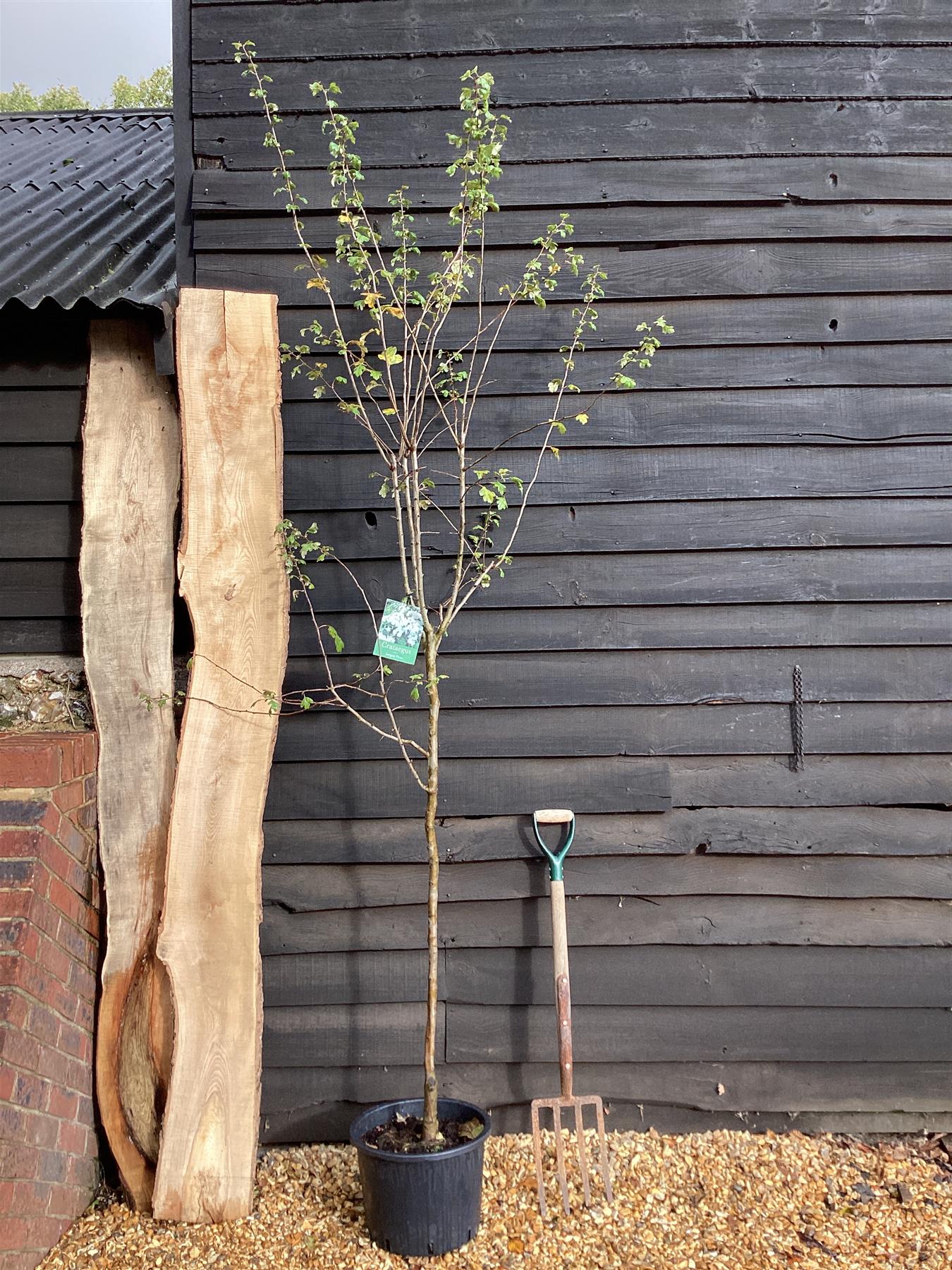
Crataegus Laevigata 'Plena' | White Flowering Hawthorn Tree - 180-220cm, 20lt
£87.00
Unit price perCrataegus Laevigata 'Plena' | White Flowering Hawthorn Tree - 180-220cm, 20lt
£87.00
Unit price perCrataegus Laevigata 'Rosea Flore Pleno' - 140-180cm, 10lt
£85.00
Unit price perCrataegus Laevigata 'Rosea Flore Pleno' - 140-180cm, 10lt
£85.00
Unit price per
Crataegus Laevigata 'Rosea Flore Pleno' | Double Pink Hawthorn - 230-250cm, 20lt
£105.00
Unit price perCrataegus Laevigata 'Rosea Flore Pleno' | Double Pink Hawthorn - 230-250cm, 20lt
£105.00
Unit price perCrataegus Laevigata 'Rosea Plena' | Pink Flowering Hawthorn Tree - 240-260cm, 40lt
£180.00
Unit price perCrataegus Laevigata 'Rosea Plena' | Pink Flowering Hawthorn Tree - 240-260cm, 40lt
£180.00
Unit price perCrataegus laevigata 'Rosea Flore Pleno' is a small, highly ornamental, deciduous tree with rounded habit, thorny branches, and shallow, three-to-five-lobed, glossy green leaves that turn yellow and bronze in autumn. Masses of lovely, double pink flowers grouped in corymbs bloom in May and June creating a spectacular display. Blossoms are followed by bright red berries in autumn. Crataegus laevigata 'Rosea Flore Pleno' is not only beautiful, but tough and resilient. It is easily grown in any type of soil, as long as it is well-drained. It prefers full sun, but tolerates partial shade. It is adaptable to all kinds of growing conditions including coastal, exposed, or polluted. It needs to be sheltered from harsh winds. Low maintenance, doesn’t require much pruning. Crataegus laevig 'Rosea Flore Pleno' is a wonderful ornamental tree, perfect as a specimen plant in small, informal, or urban gardens. Suitable for coastal areas. Great for beds and borders, hedges and screens.
Crataegus Monogyna - Height 140-160cm - Bushy - 10lt
£49.00
Unit price perCrataegus Monogyna - Height 140-160cm - Bushy - 10lt
£49.00
Unit price perCrataegus monogyna, commonly known as the hawthorn or single-seeded hawthorn, is a deciduous shrub or small tree native to Europe, Northwest Africa, and Western Asia. Belonging to the Rosaceae family, this species is celebrated for its ornamental value, ecological importance, and medicinal properties.
In appearance, C. monogyna typically grows up to 5-15 meters in height, with a dense, thorny crown and dark green, serrated leaves that turn a vibrant red or orange in autumn. During spring, it produces clusters of fragrant white flowers with five petals, attracting pollinators like bees and butterflies. These flowers give way to small, red berries known as haws, which persist through winter, providing sustenance for birds and other wildlife.
Hawthorn is valued for its ecological contributions. Its dense growth habit provides shelter and nesting sites for birds, while its flowers and berries serve as a vital food source for a range of wildlife species. Additionally, hawthorn is often planted in hedgerows and wildlife gardens to create natural barriers and enhance biodiversity.
In horticulture, C. monogyna is prized for its resilience, adaptability, and attractive features, making it a popular choice for hedging, landscaping, and urban greening projects. Its tolerance of various soil types and climatic conditions further adds to its appeal as a low-maintenance ornamental plant.
Overall, Crataegus monogyna stands as a symbol of resilience, beauty, and ecological importance, weaving its way through the landscapes and cultural tapestries of Europe and beyond.
Crataegus Monogyna - Height 140-160cm - Bushy - 10lt
£49.00
Unit price perCrataegus Monogyna - Height 140-160cm - Bushy - 10lt
£49.00
Unit price perCrataegus monogyna, commonly known as the hawthorn or single-seeded hawthorn, is a deciduous shrub or small tree native to Europe, Northwest Africa, and Western Asia. Belonging to the Rosaceae family, this species is celebrated for its ornamental value, ecological importance, and medicinal properties.
In appearance, C. monogyna typically grows up to 5-15 meters in height, with a dense, thorny crown and dark green, serrated leaves that turn a vibrant red or orange in autumn. During spring, it produces clusters of fragrant white flowers with five petals, attracting pollinators like bees and butterflies. These flowers give way to small, red berries known as haws, which persist through winter, providing sustenance for birds and other wildlife.
Hawthorn is valued for its ecological contributions. Its dense growth habit provides shelter and nesting sites for birds, while its flowers and berries serve as a vital food source for a range of wildlife species. Additionally, hawthorn is often planted in hedgerows and wildlife gardens to create natural barriers and enhance biodiversity.
In horticulture, C. monogyna is prized for its resilience, adaptability, and attractive features, making it a popular choice for hedging, landscaping, and urban greening projects. Its tolerance of various soil types and climatic conditions further adds to its appeal as a low-maintenance ornamental plant.
Overall, Crataegus monogyna stands as a symbol of resilience, beauty, and ecological importance, weaving its way through the landscapes and cultural tapestries of Europe and beyond.
Crataegus Monogyna | Common Hawthorn - 180-200cm, 7.5lt
£76.00
Unit price perCrataegus Monogyna | Common Hawthorn - 180-200cm, 7.5lt
£76.00
Unit price perCrataegus monogyna, commonly known as the hawthorn or single-seeded hawthorn, is a deciduous shrub or small tree native to Europe, Northwest Africa, and Western Asia. Belonging to the Rosaceae family, this species is celebrated for its ornamental value, ecological importance, and medicinal properties.
In appearance, C. monogyna typically grows up to 5-15 meters in height, with a dense, thorny crown and dark green, serrated leaves that turn a vibrant red or orange in autumn. During spring, it produces clusters of fragrant white flowers with five petals, attracting pollinators like bees and butterflies. These flowers give way to small, red berries known as haws, which persist through winter, providing sustenance for birds and other wildlife.
Hawthorn is valued for its ecological contributions. Its dense growth habit provides shelter and nesting sites for birds, while its flowers and berries serve as a vital food source for a range of wildlife species. Additionally, hawthorn is often planted in hedgerows and wildlife gardens to create natural barriers and enhance biodiversity.
In horticulture, C. monogyna is prized for its resilience, adaptability, and attractive features, making it a popular choice for hedging, landscaping, and urban greening projects. Its tolerance of various soil types and climatic conditions further adds to its appeal as a low-maintenance ornamental plant.
Overall, Crataegus monogyna stands as a symbol of resilience, beauty, and ecological importance, weaving its way through the landscapes and cultural tapestries of Europe and beyond.
Showing 990/3666


